inbox and environment news: Issue 602
October 22 - 28, 2023: Issue 602
Narrabeen Lagoon Entrance Clearing Works: September To October Pictures By Joe Mills
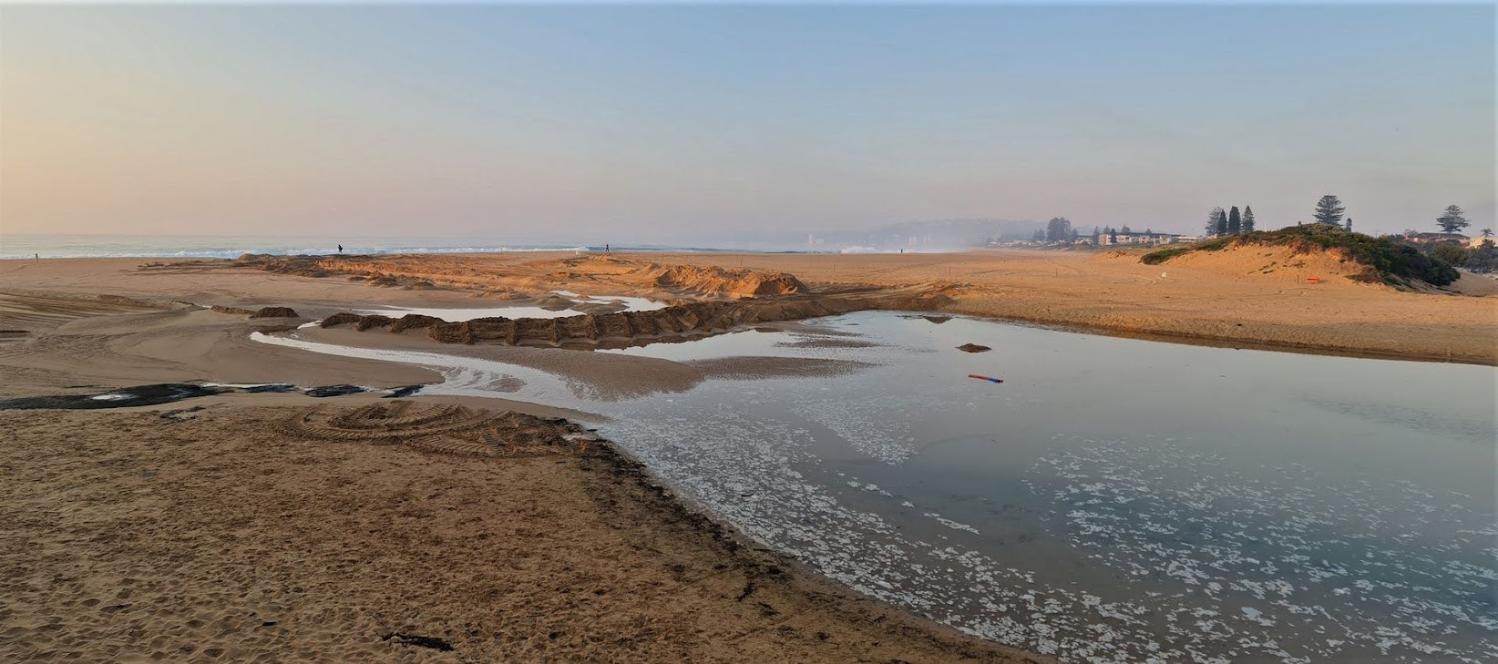
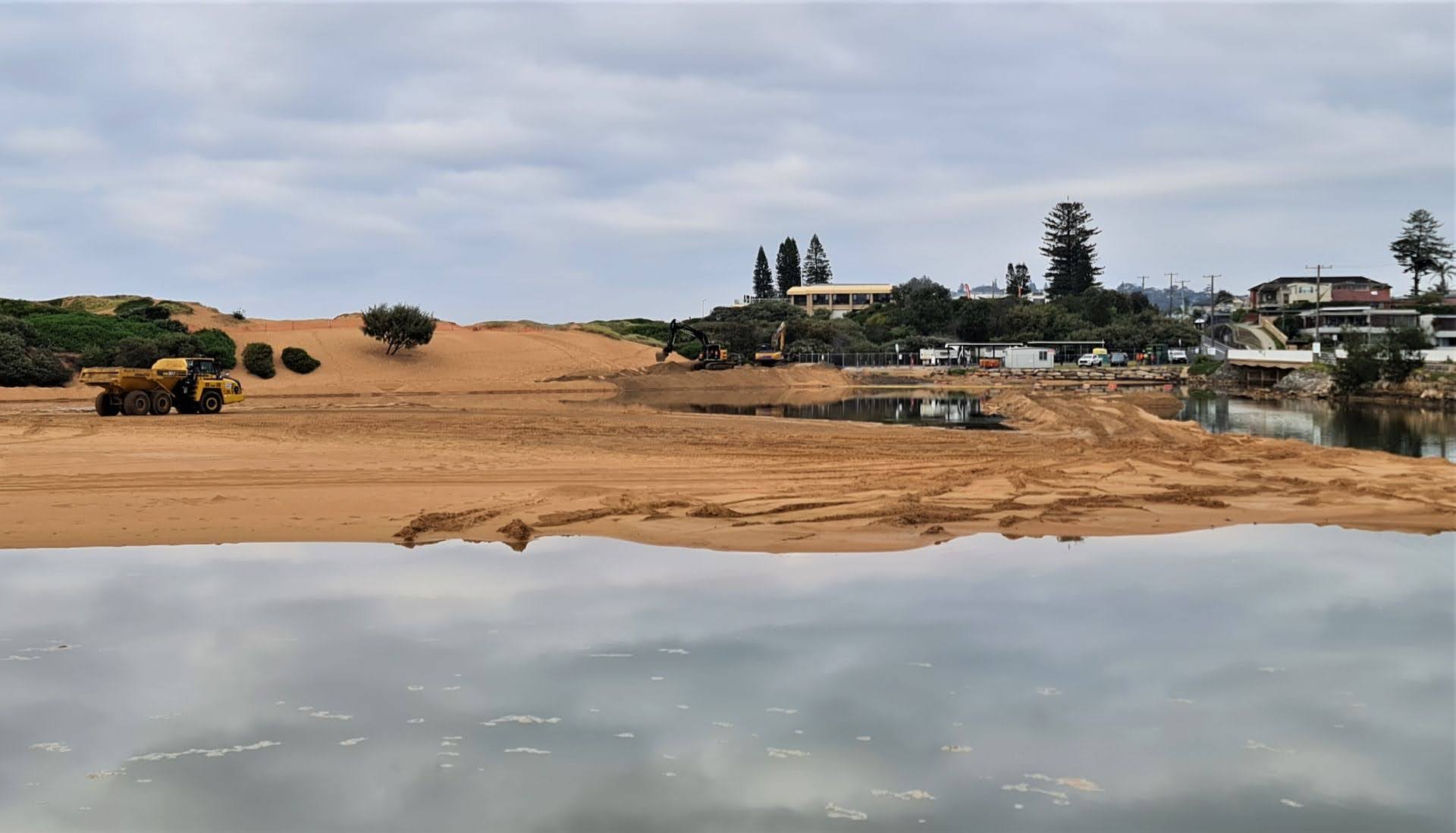
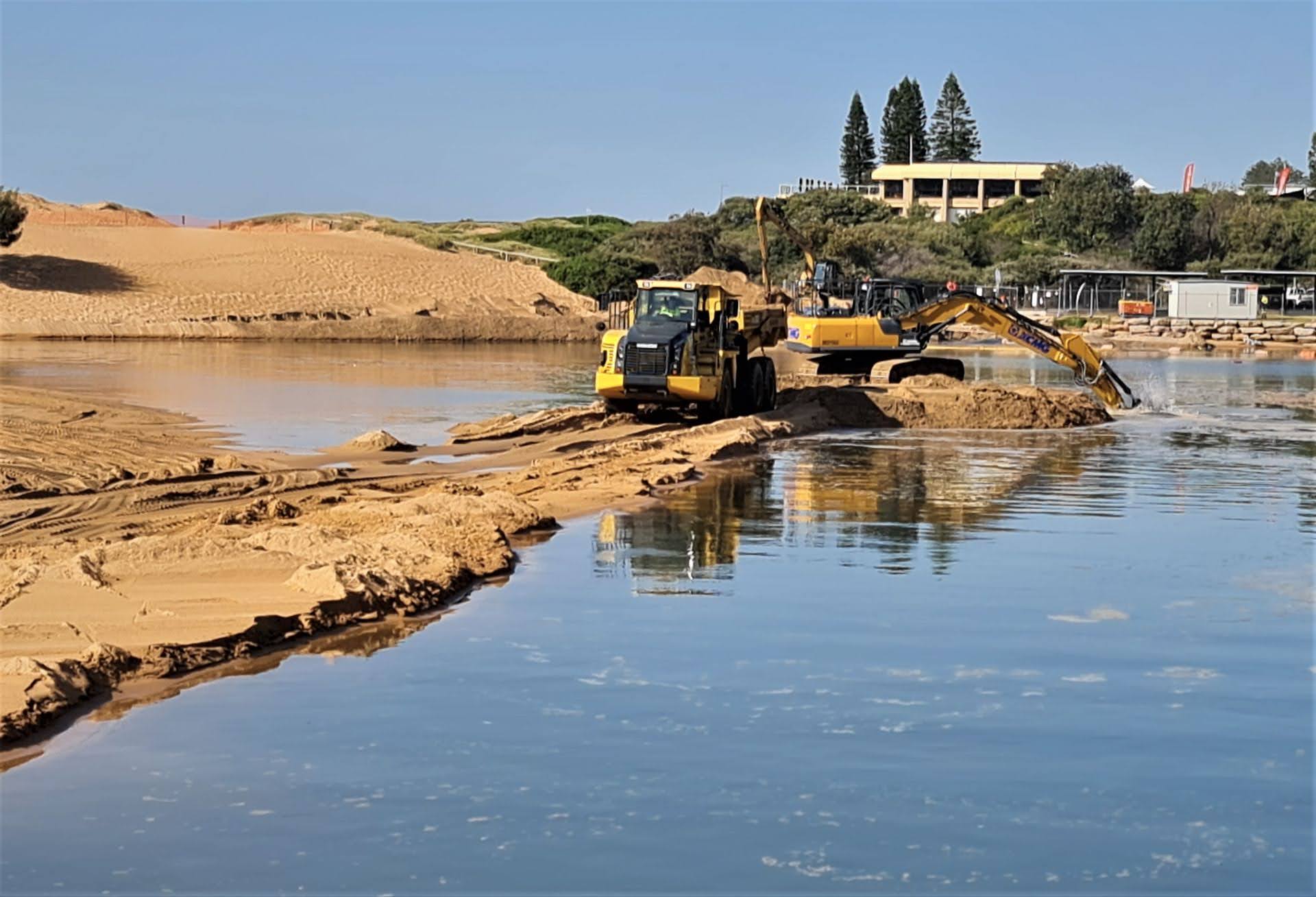
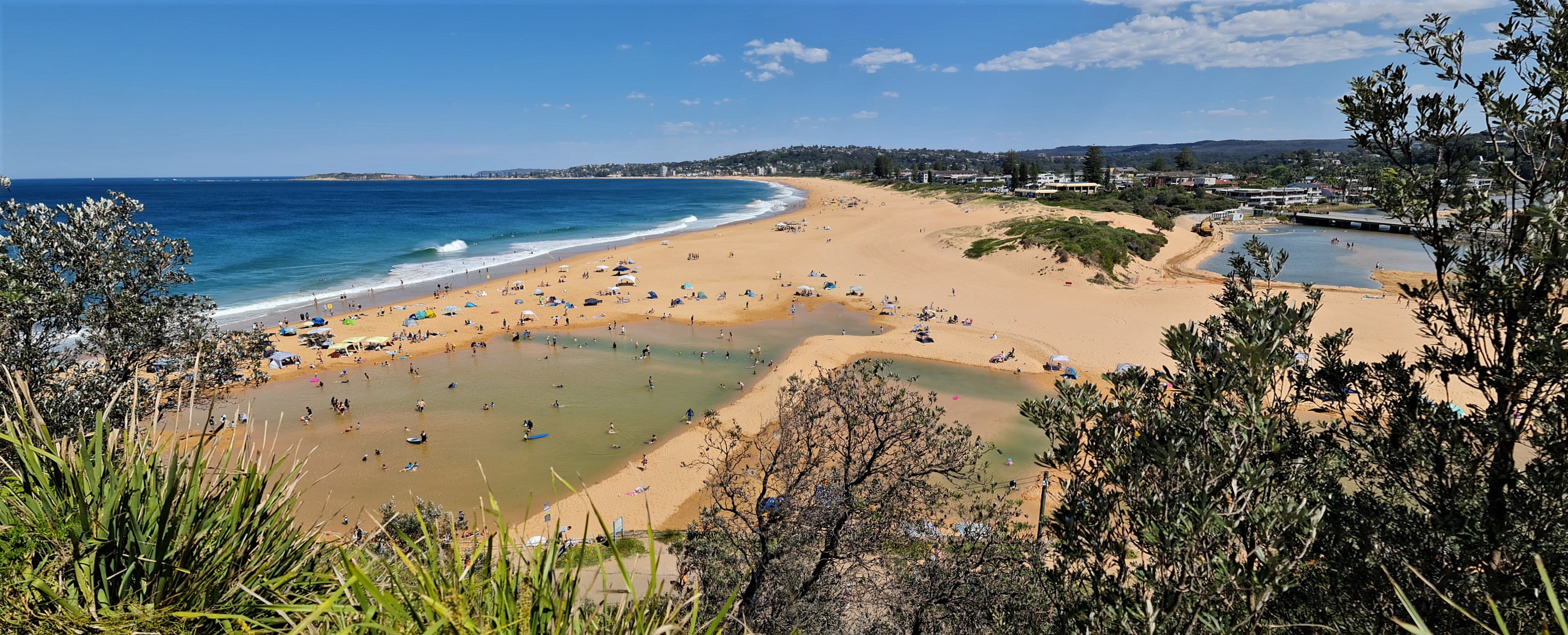
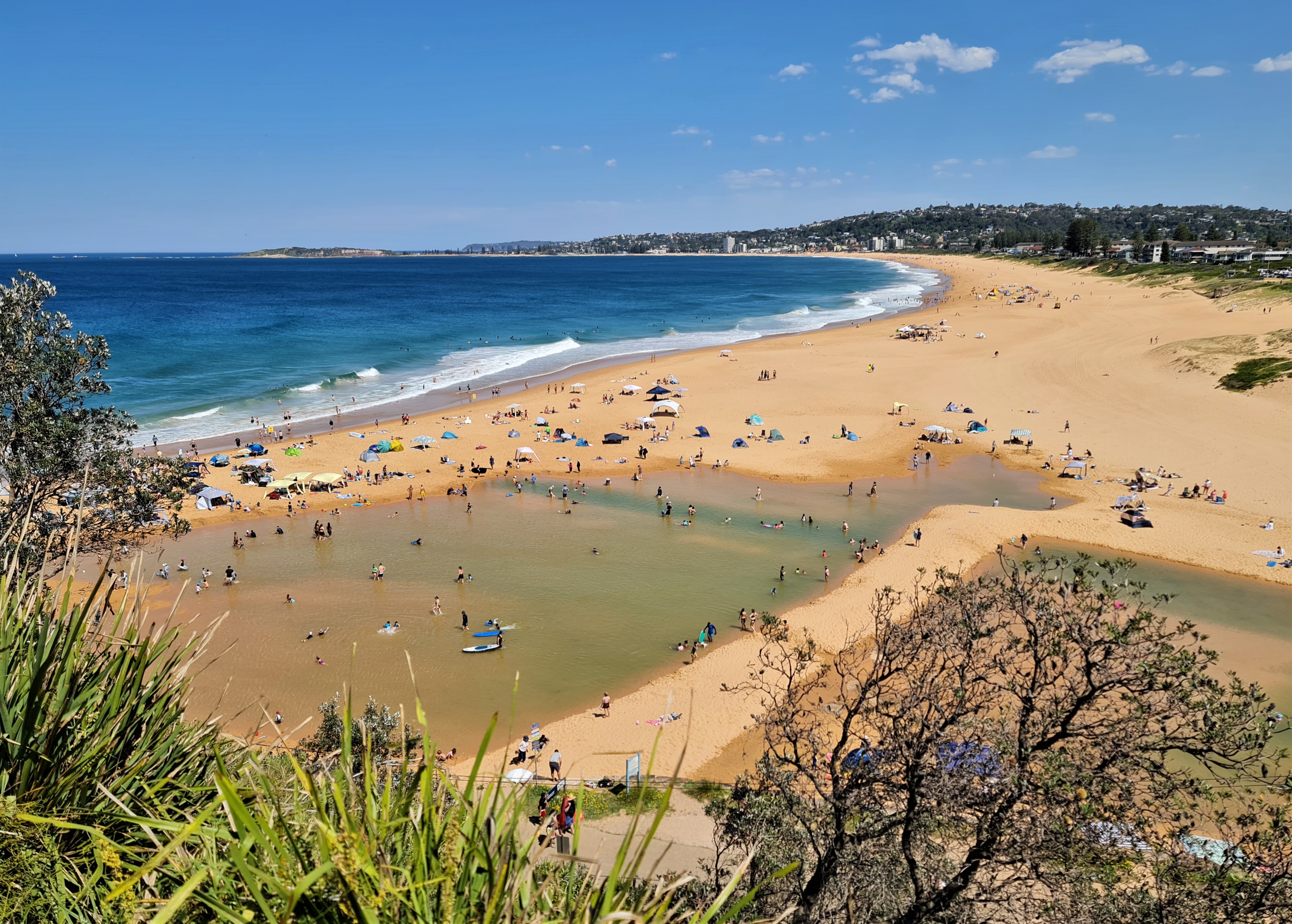
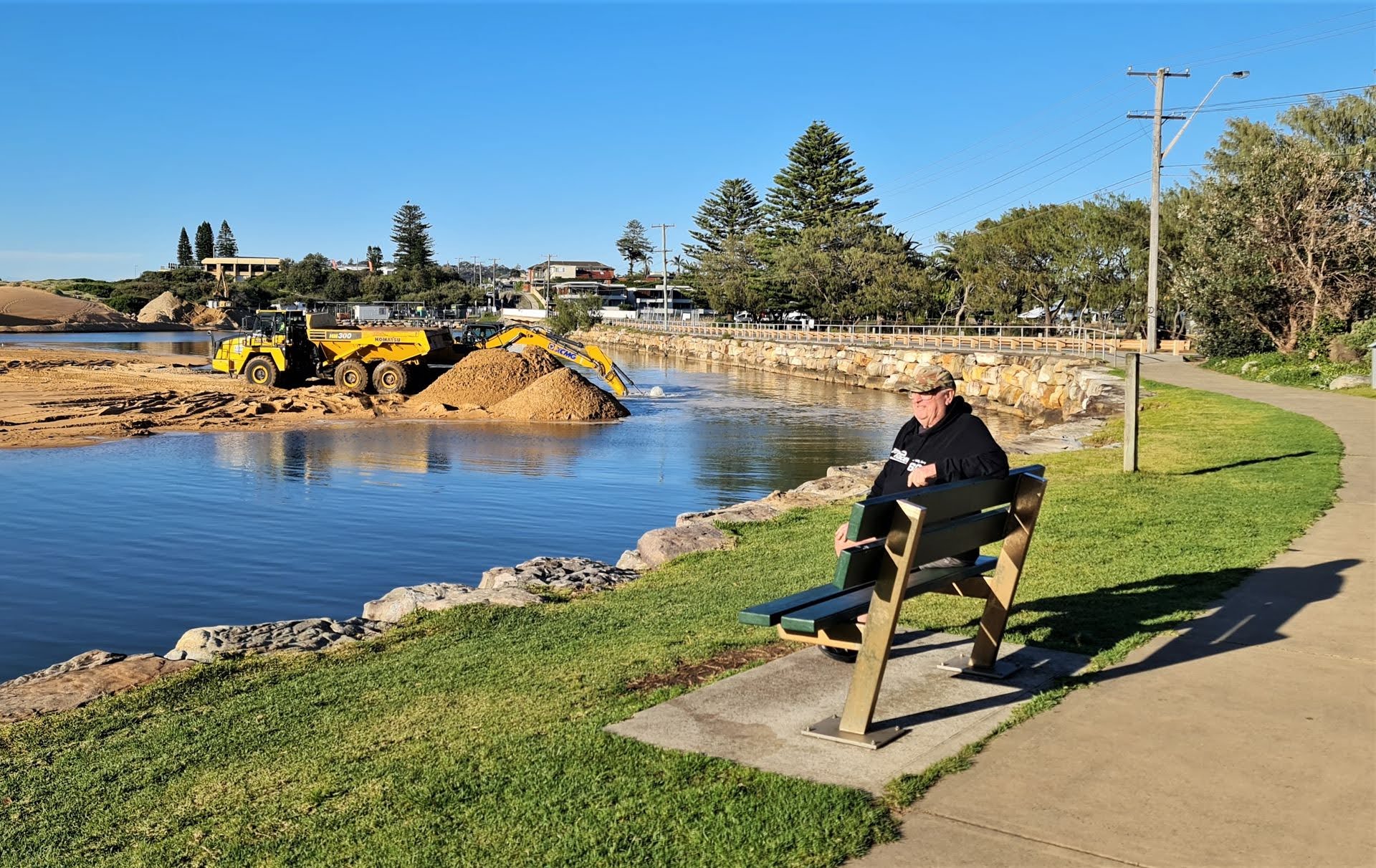
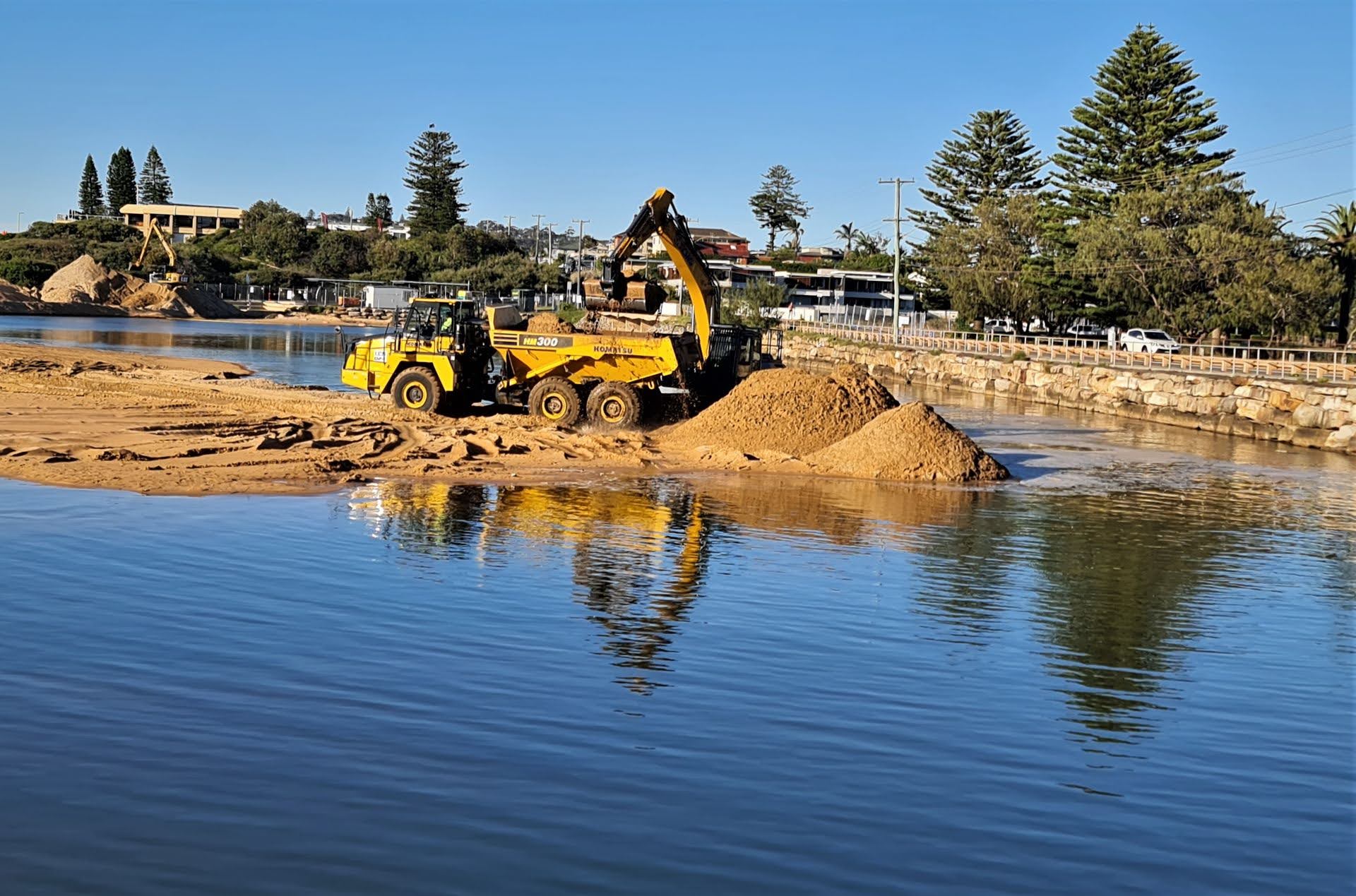
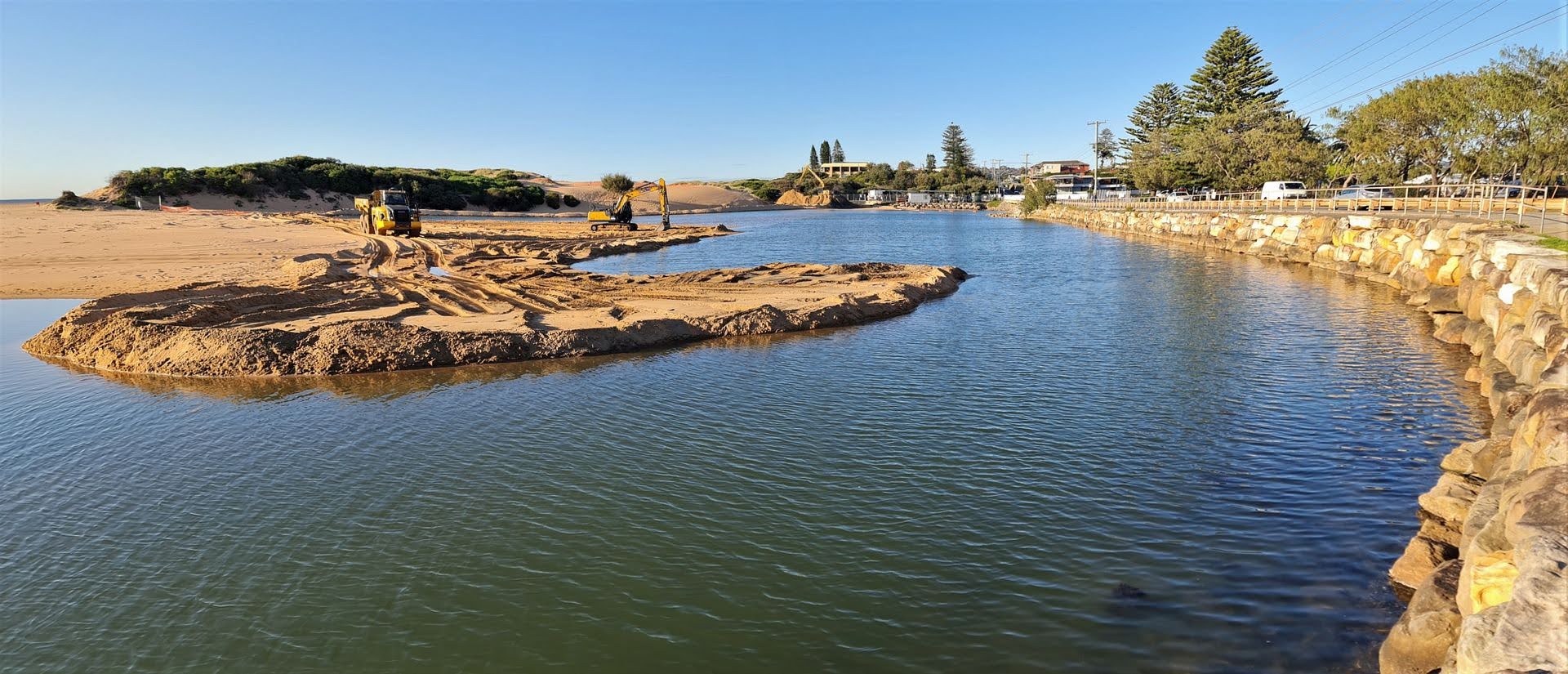
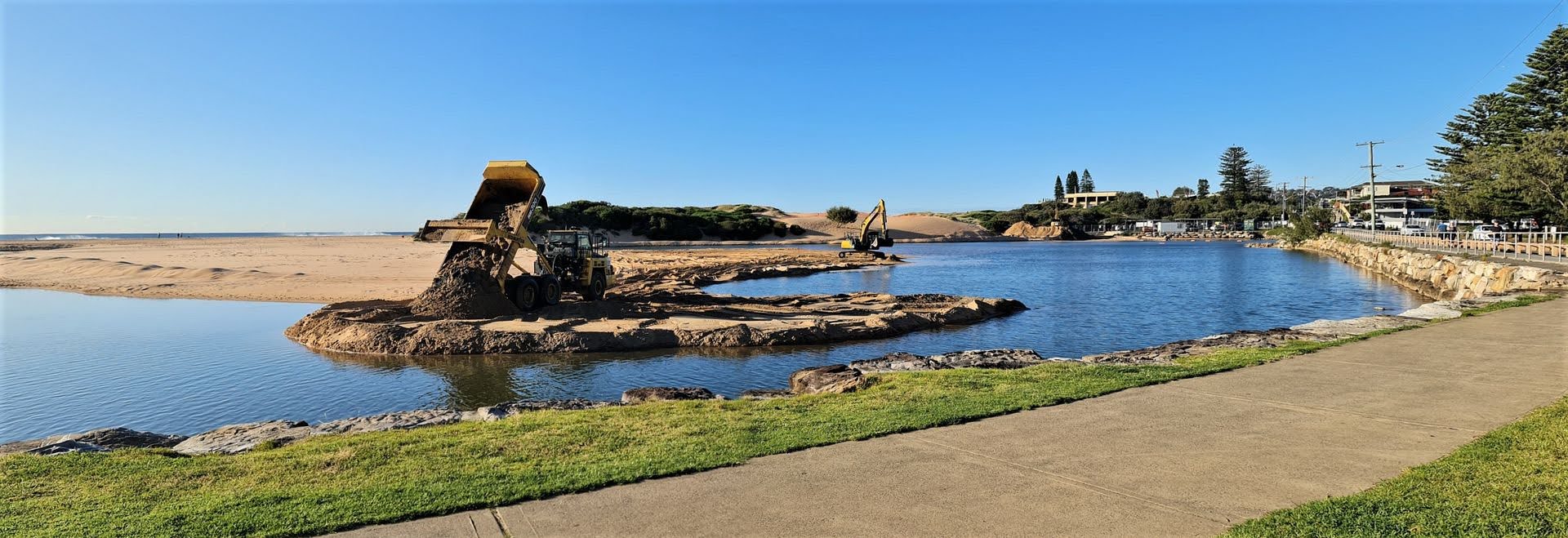
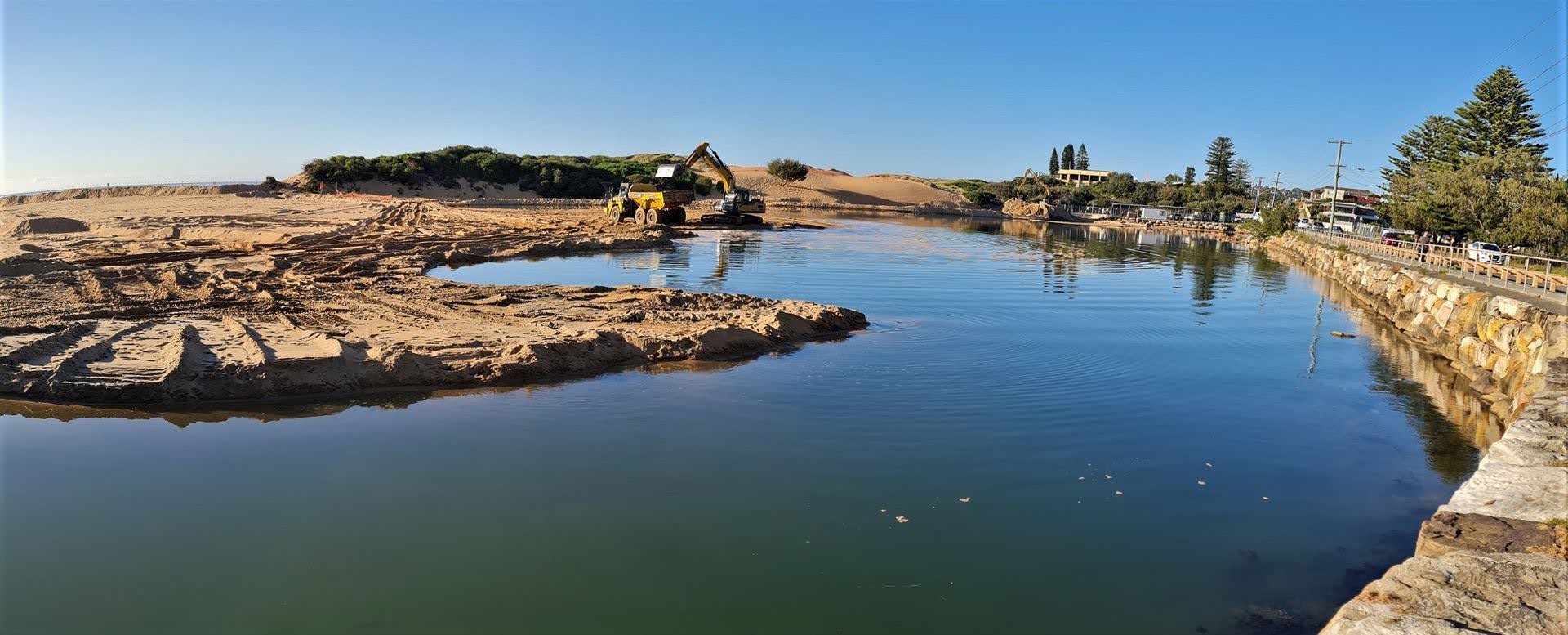
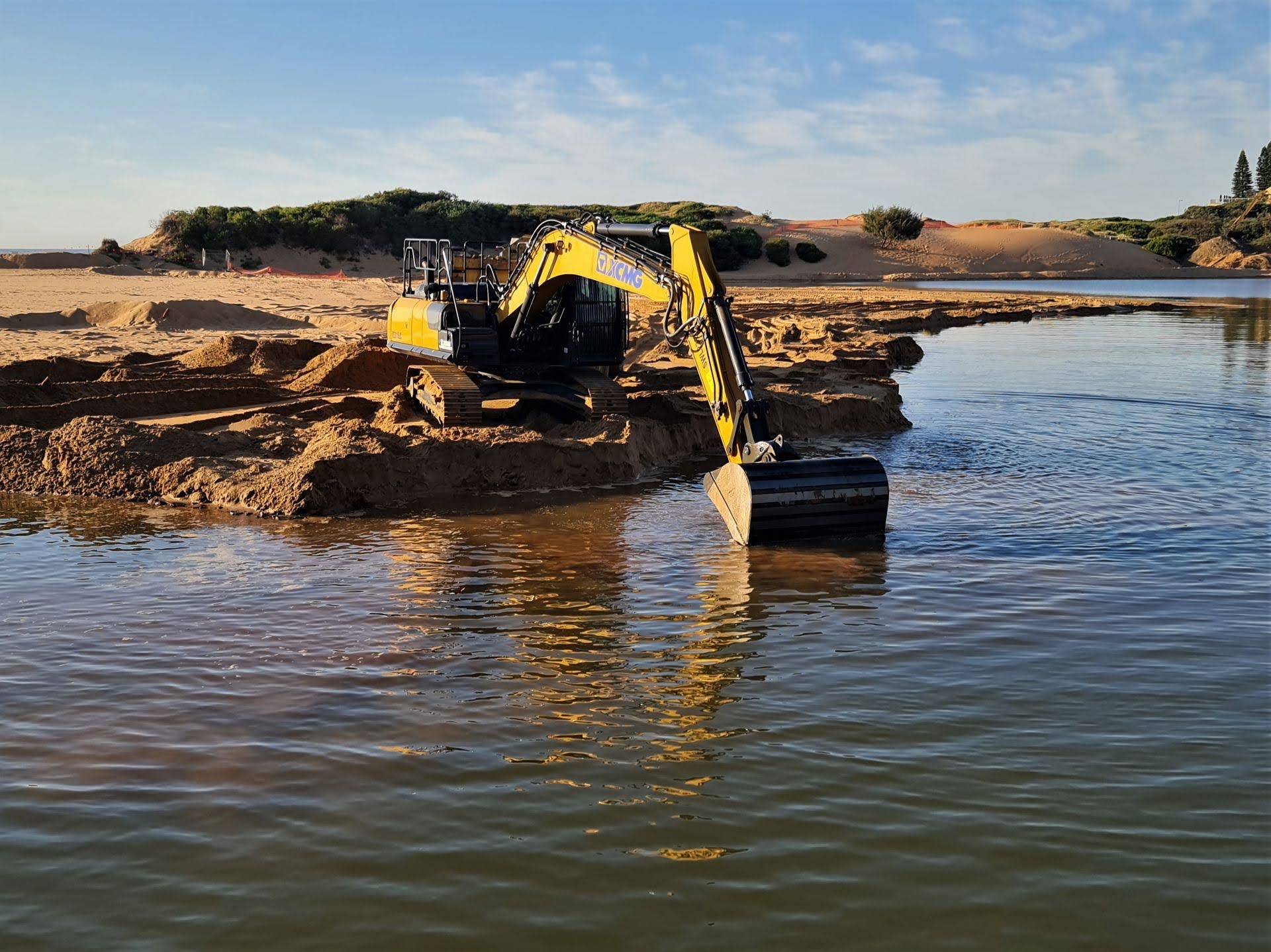
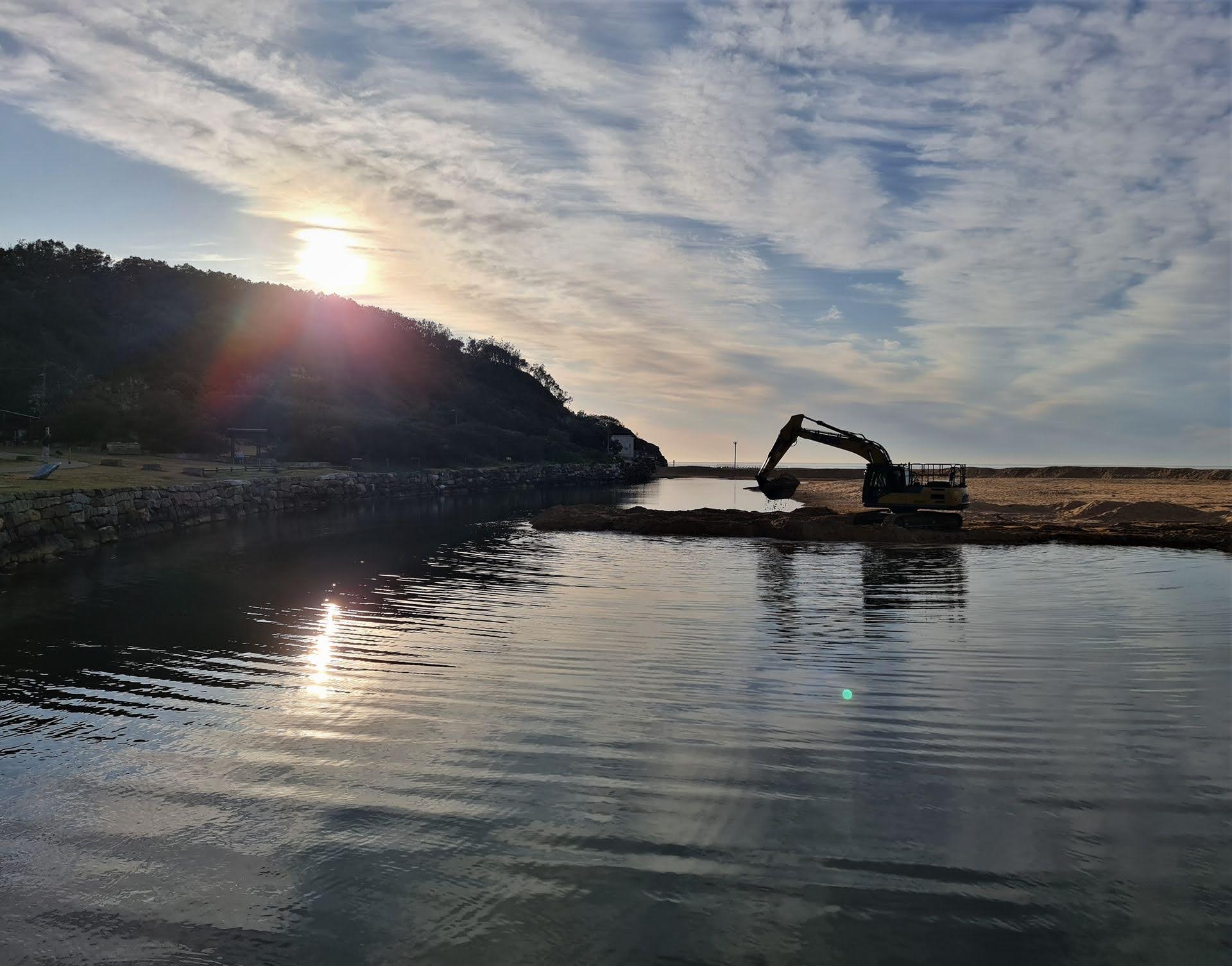
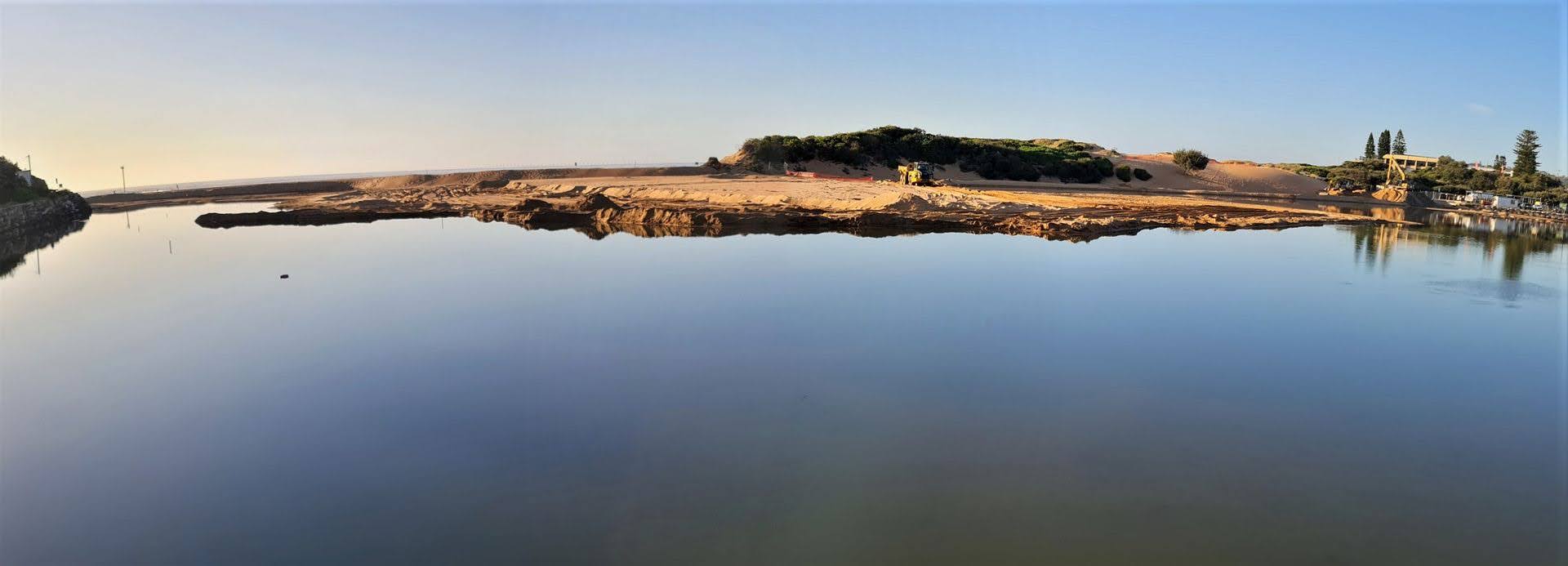
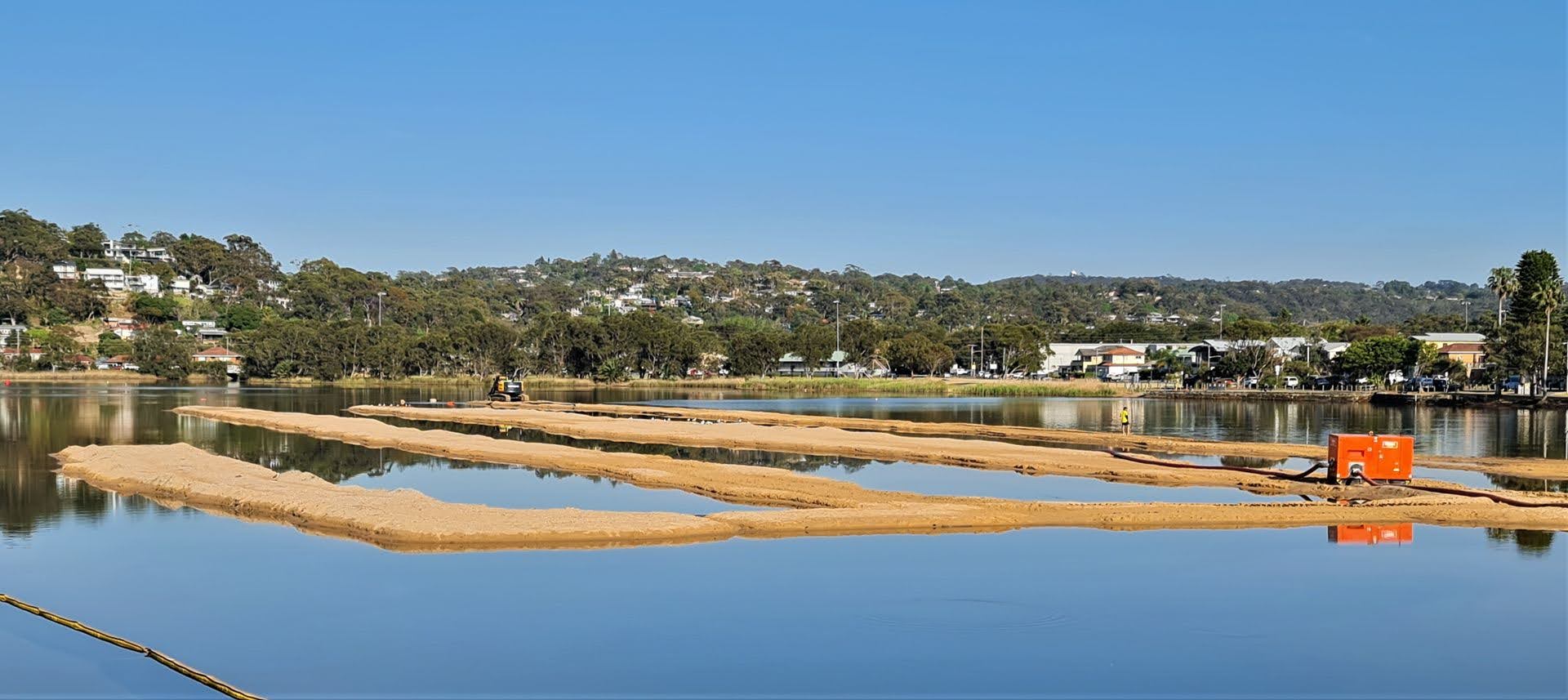
Please Look Out For Wildlife During This Spring Heat

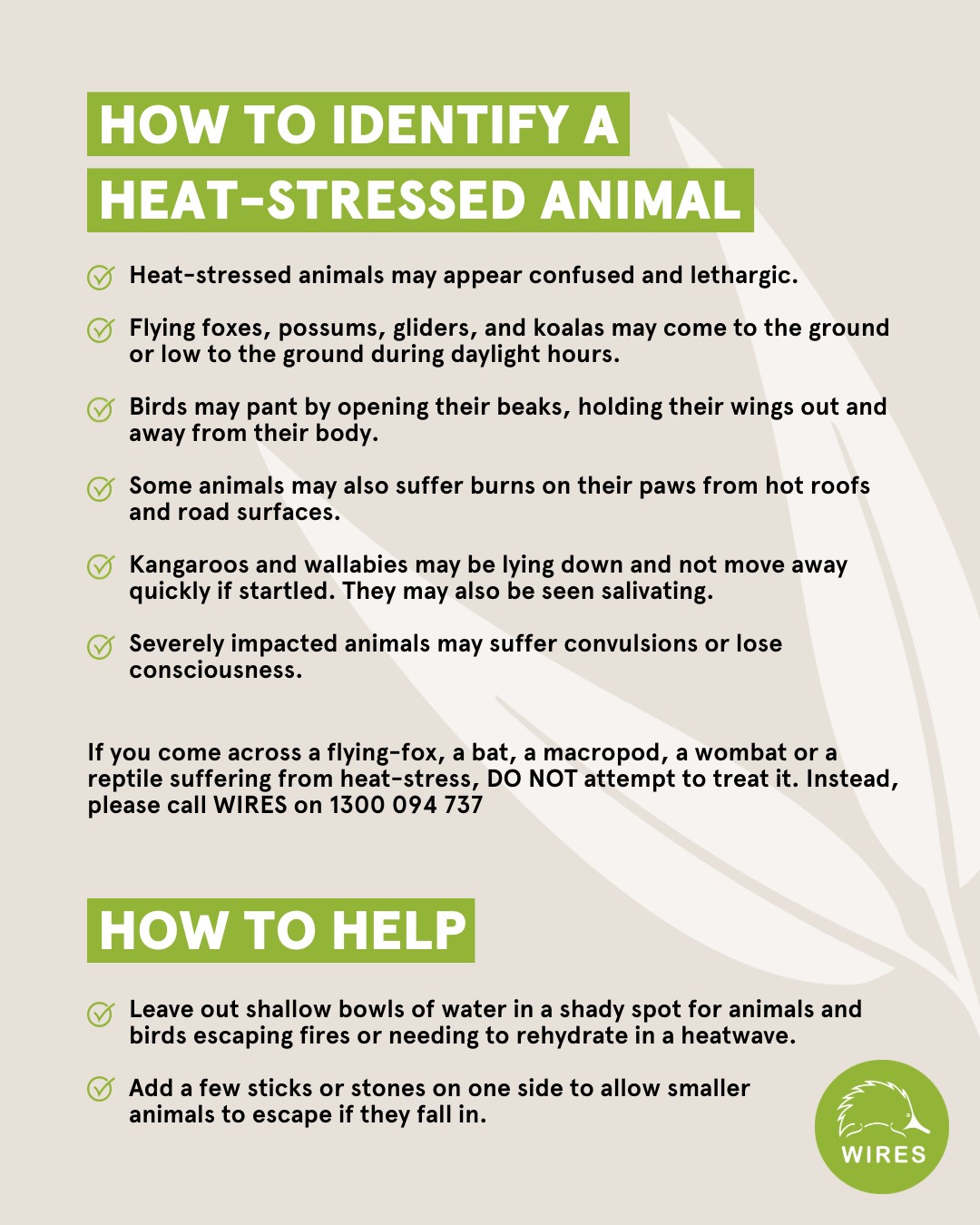
Sydney Wildlife Rescue: Next Rescue And Care Course Commences October 28
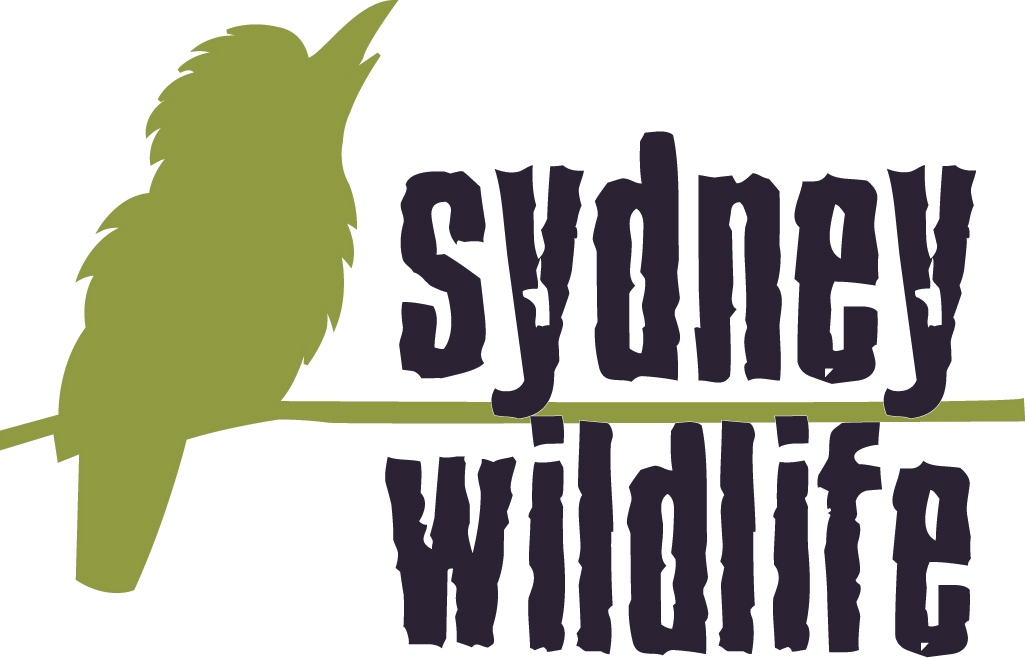
Bushwalk Fundraiser
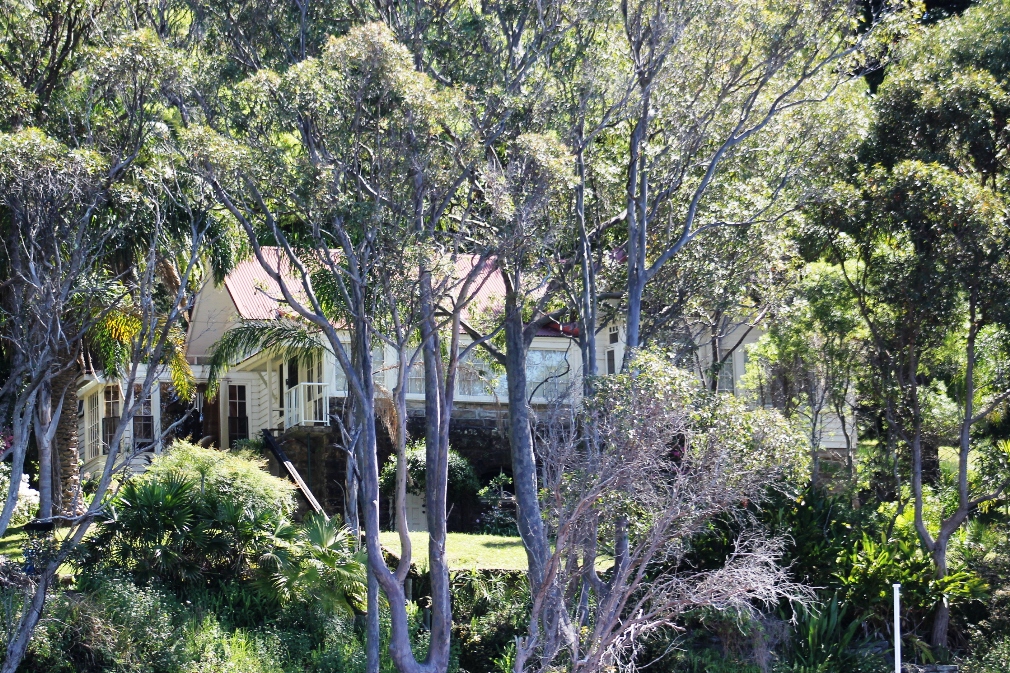
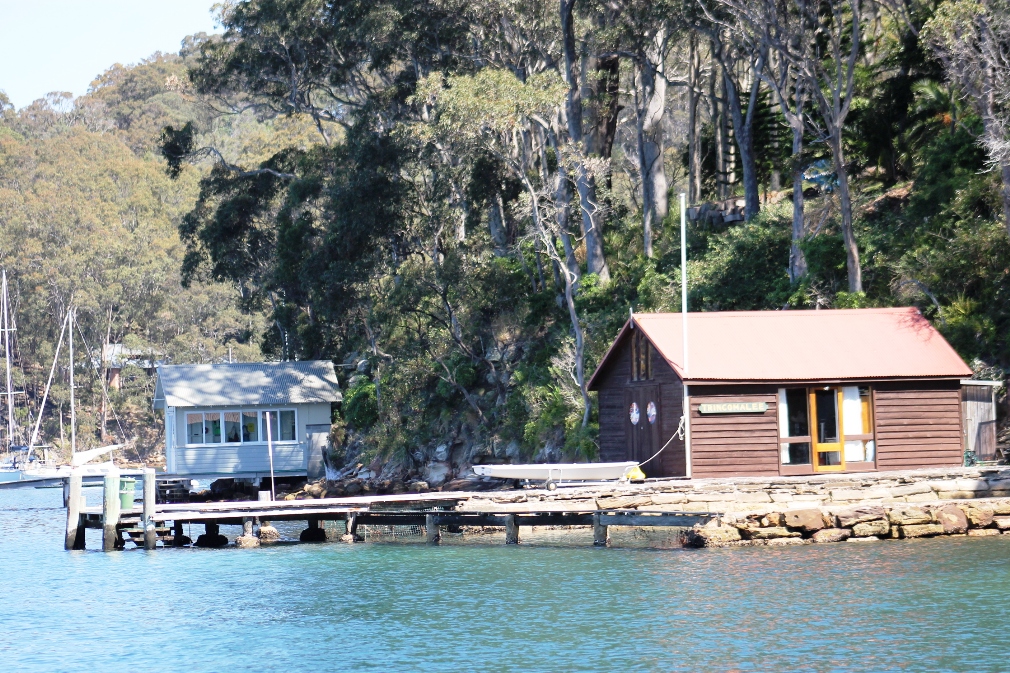
- Friday 10 November
- Friday 8 December
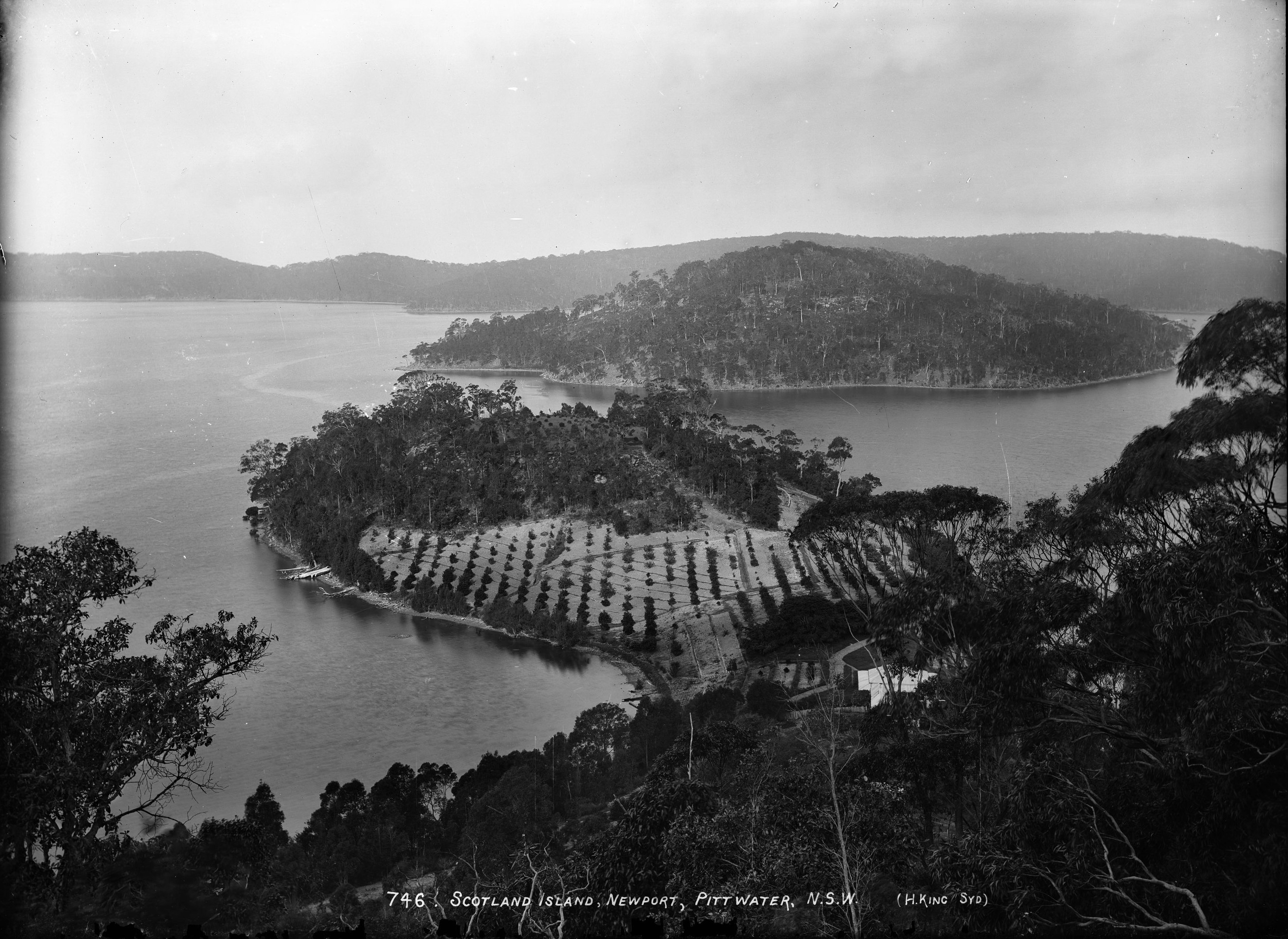
'Scotland Island, Newport, Pittwater, N.S.W.', photo by Henry King, Sydney, Australia, c. 1880-1886. and section from to show cottage on neck of peninsula at western end with no chimneys through roof. From Tyrell Collection, courtesy Powerhouse Museum
𝗞𝗶𝗺𝗯𝗿𝗶𝗸𝗶 𝗥𝗲𝘀𝗼𝘂𝗿𝗰𝗲 𝗥𝗲𝗰𝗼𝘃𝗲𝗿𝘆 𝗖𝗲𝗻𝘁𝗿𝗲 𝗶𝗻𝘃𝗶𝘁𝗲𝘀 𝘁𝗵𝗲 𝗰𝗼𝗺𝗺𝘂𝗻𝗶𝘁𝘆 𝘁𝗼 𝗼𝘂𝗿 𝗢𝗽𝗲𝗻 𝗗𝗮𝘆 𝟮𝟬𝟮𝟯 𝗮𝘁 𝗧𝗵𝗲 𝗛𝗨𝗕 - 𝗞𝗶𝗺𝗯𝗿𝗶𝗸𝗶.
Highlighting the four resident not-for-profit organisations: Peninsula Seniors Toy Recyclers, Bikes4Life, Boomerang Bags Northern Beaches - Kimbriki, Reverse Garbage and their dedicated volunteers.
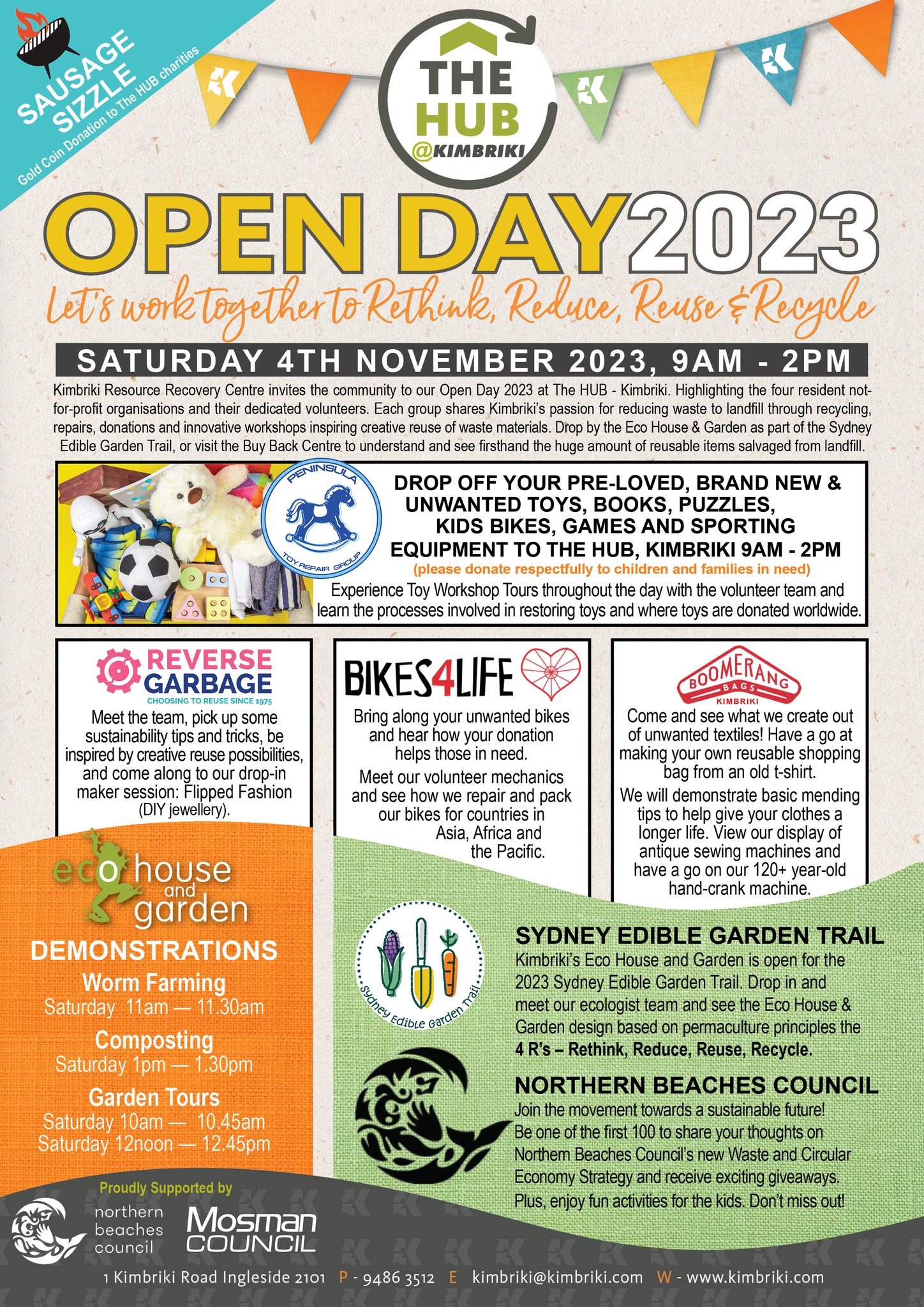
Palmgrove Park Avalon: New Bushcare Group Begins
 Palmgrove Park Avalon is a remnant of the Spotted Gum forest that was once widespread on the lower slopes of the Pittwater peninsula. This bushland’s official name and forest type is Pittwater and Wagstaffe Endangered Ecological Community, endangered because so much has been cleared for suburban development. Canopy trees, smaller trees and shrubs, and ground layer plants make up this community. Though scattered remnant Spotted Gums remain on private land, there is little chance of seedlings surviving in gardens and lawns. More information HERE
Palmgrove Park Avalon is a remnant of the Spotted Gum forest that was once widespread on the lower slopes of the Pittwater peninsula. This bushland’s official name and forest type is Pittwater and Wagstaffe Endangered Ecological Community, endangered because so much has been cleared for suburban development. Canopy trees, smaller trees and shrubs, and ground layer plants make up this community. Though scattered remnant Spotted Gums remain on private land, there is little chance of seedlings surviving in gardens and lawns. More information HERE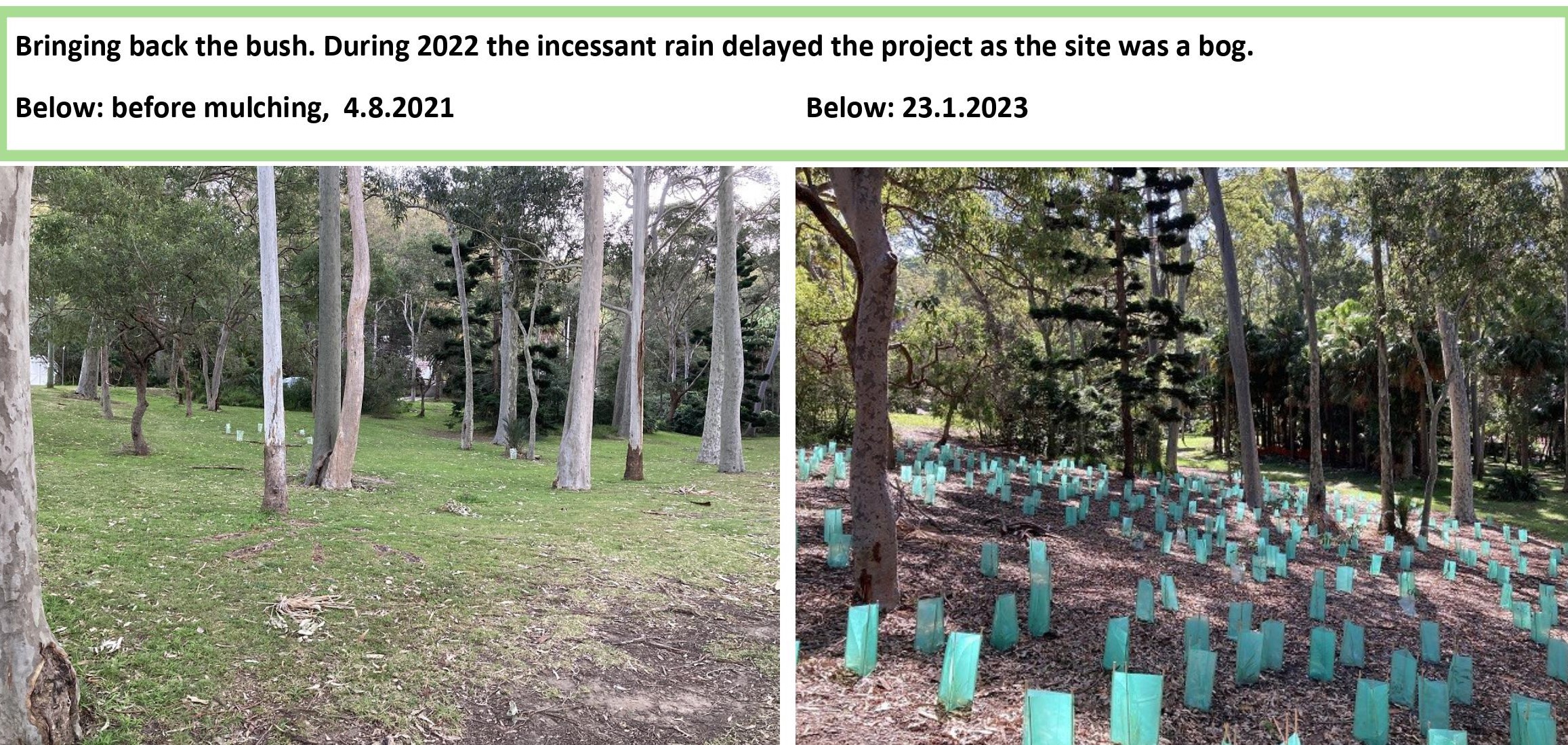
PNHA Guided Nature Walks 2023
Our walks are gentle strolls, enjoying and learning about the bush rather than aiming for destinations. Wear enclosed shoes. We welcome interested children over about 8 years old with carers. All Welcome.
So we know you’re coming please book by emailing: pnhainfo@gmail.com and include your phone number so we can contact you if weather is doubtful.
The whole PNHA 2023 Guided Nature Walks Program is available at: http://pnha.org.au/test-walks-and-talks/
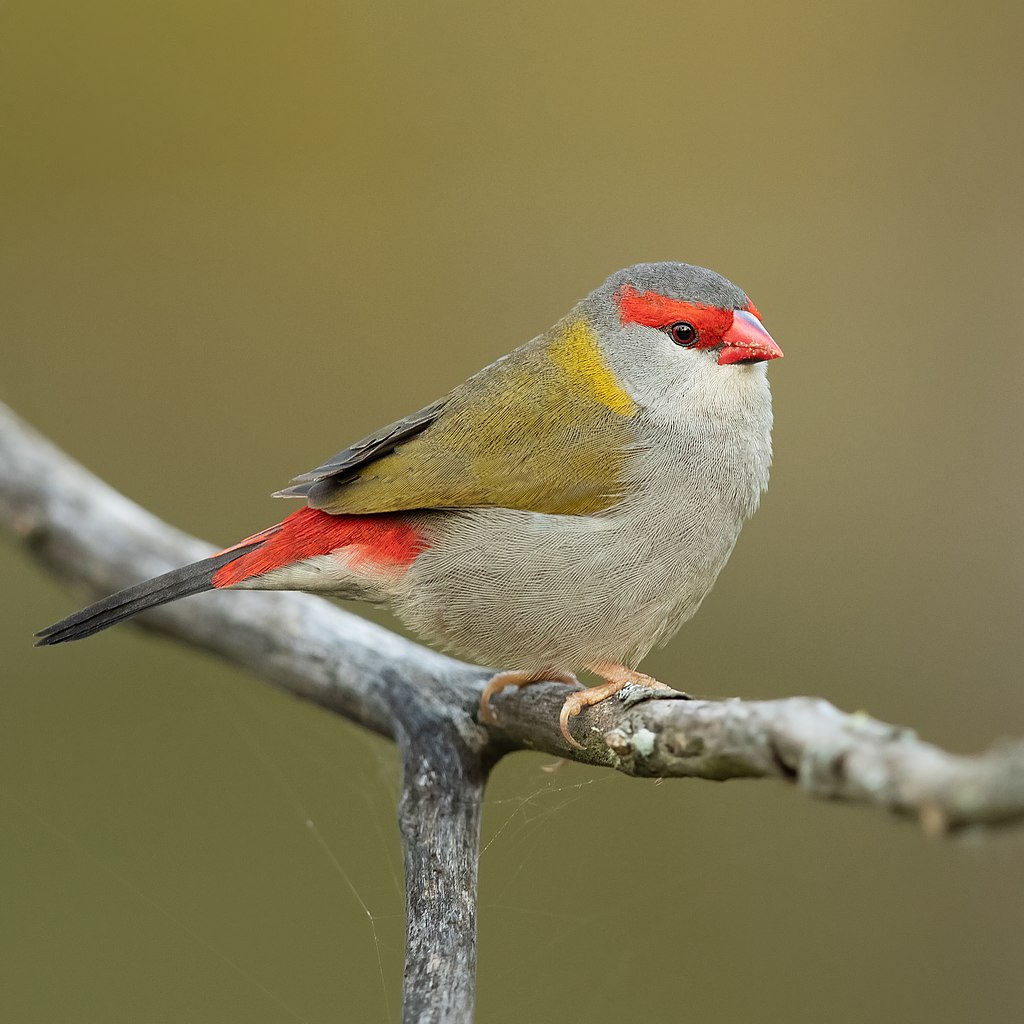
Red-browed finch (Neochmia temporalis). Photo: J J Harrison
Report Fox Sightings
%20(1).jpg?timestamp=1675893929686)
Marine Wildlife Rescue Group On The Central Coast
A new wildlife group was launched on the Central Coast on Saturday, December 10, 2022.
Marine Wildlife Rescue Central Coast (MWRCC) had its official launch at The Entrance Boat Shed at 10am.
The group comprises current and former members of ASTR, ORRCA, Sea Shepherd, Greenpeace, WIRES and Wildlife ARC, as well as vets, academics, and people from all walks of life.
Well known marine wildlife advocate and activist Cathy Gilmore is spearheading the organisation.
“We believe that it is time the Central Coast looked after its own marine wildlife, and not be under the control or directed by groups that aren’t based locally,” Gilmore said.
“We have the local knowledge and are set up to respond and help injured animals more quickly.
“This also means that donations and money fundraised will go directly into helping our local marine creatures, and not get tied up elsewhere in the state.”
The organisation plans to have rehabilitation facilities and rescue kits placed in strategic locations around the region.
MWRCC will also be in touch with Indigenous groups to learn the traditional importance of the local marine environment and its inhabitants.
“We want to work with these groups and share knowledge between us,” Gilmore said.
“This is an opportunity to help save and protect our local marine wildlife, so if you have passion and commitment, then you are more than welcome to join us.”
Marine Wildlife Rescue Central Coast has a Facebook page where you may contact members. Visit: https://www.facebook.com/profile.php?id=100076317431064
- Ph: 0478 439 965
- Email: marinewildlifecc@gmail.com
- Instagram: marinewildliferescuecc

Watch Out - Shorebirds About
.JPG.opt1460x973o0,0s1460x973.jpg?timestamp=1663629195339)
Possums In Your Roof?: Do The Right Thing

Aviaries + Possum Release Sites Needed

Bushcare In Pittwater
Where we work Which day What time
Avalon
Angophora Reserve 3rd Sunday 8:30 - 11:30am
Avalon Dunes 1st Sunday 8:30 - 11:30am
Avalon Golf Course 2nd Wednesday 3 - 5:30pm
Careel Creek 4th Saturday 8:30 - 11:30am
Toongari Reserve 3rd Saturday 9 - 12noon (8 - 11am in summer)
Bangalley Headland 2nd Sunday 9 to 12noon
Bayview
Winnererremy Bay 4th Sunday 9 to 12noon
Bilgola
North Bilgola Beach 3rd Monday 9 - 12noon
Algona Reserve 1st Saturday 9 - 12noon
Plateau Park 1st Friday 8:30 - 11:30am
Church Point
Browns Bay Reserve 1st Tuesday 9 - 12noon
McCarrs Creek Reserve Contact Bushcare Officer To be confirmed
Clareville
Old Wharf Reserve 3rd Saturday 8 - 11am
Elanora
Kundibah Reserve 4th Sunday 8:30 - 11:30am
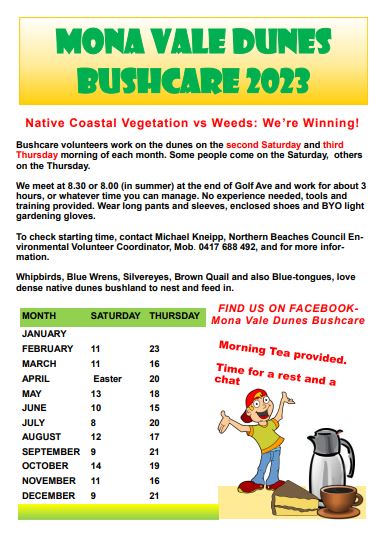 Mona Vale
Mona Vale Mona Vale Beach Basin 1st Saturday 8 - 11am
Mona Vale Dunes 2nd Saturday +3rd Thursday 8:30 - 11:30am
Newport
Bungan Beach 4th Sunday 9 - 12noon
Crescent Reserve 3rd Sunday 9 - 12noon
North Newport Beach 4th Saturday 8:30 - 11:30am
Porter Reserve 2nd Saturday 8 - 11am
North Narrabeen
Irrawong Reserve 2nd Saturday 2 - 5pm
Palm Beach
North Palm Beach Dunes 3rd Saturday 9 - 12noon
Scotland Island
Catherine Park 2nd Sunday 10 - 12:30pm
Elizabeth Park 1st Saturday 9 - 12noon
Pathilda Reserve 3rd Saturday 9 - 12noon
Warriewood
Warriewood Wetlands 1st Sunday 8:30 - 11:30am
Whale Beach
Norma Park 1st Friday 9 - 12noon
Western Foreshores
Coopers Point, Elvina Bay 2nd Sunday 10 - 1pm
Rocky Point, Elvina Bay 1st Monday 9 - 12noon
Friends Of Narrabeen Lagoon Catchment Activities

Gardens And Environment Groups And Organisations In Pittwater
Sea-Lovers Urged To Help To Save Sea Turtles This Nesting Season
.jpg?timestamp=1697895535957)
.jpg?timestamp=1697895565175)
- walk your local beach early in the morning, as sea turtles generally nest during the night.
- keep your eyes peeled for any tracks in the sand, which are usually 80–100 cm wide and can sometimes be mistaken for tire tracks.
- take your phone with you so you can quickly call NSW TurtleWatch or NPWS if you see any signs of turtles, tracks or a nest.
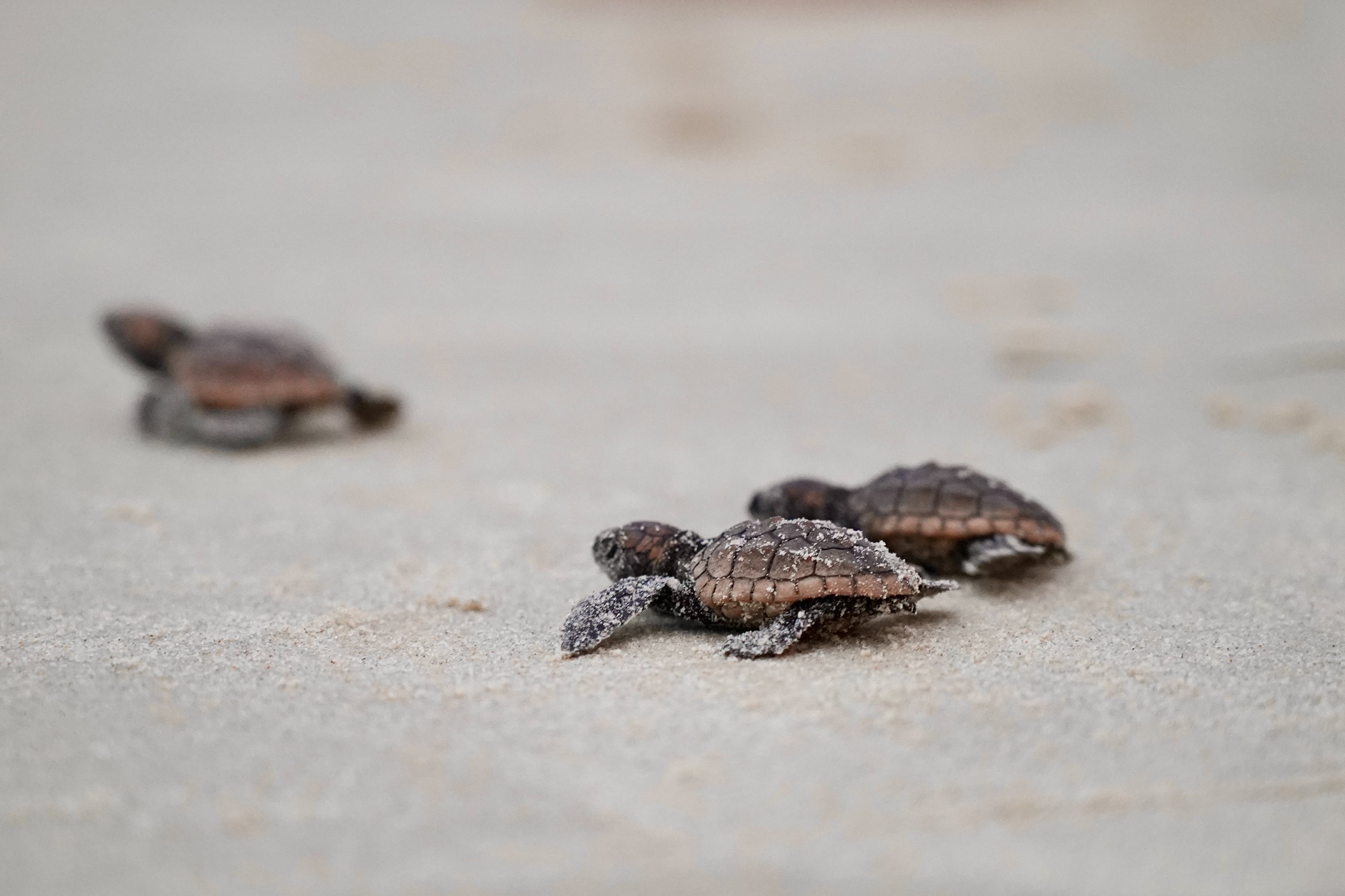
$16 Million For Crown Reserve Improvements
- Maintaining or increasing public access, amenity and use of a reserve.
- Supporting social cohesion and participation in community life.
- Enabling people with accessibility requirements or living with a disability to be included.
- Delivering a service or infrastructure to enable Aboriginal people to access, care for or protect and manage land.
- Conserving heritage values and/or natural values of a reserve.
- Creating employment or business opportunities.
Funding To Make Apartment Buildings Ready For EVs
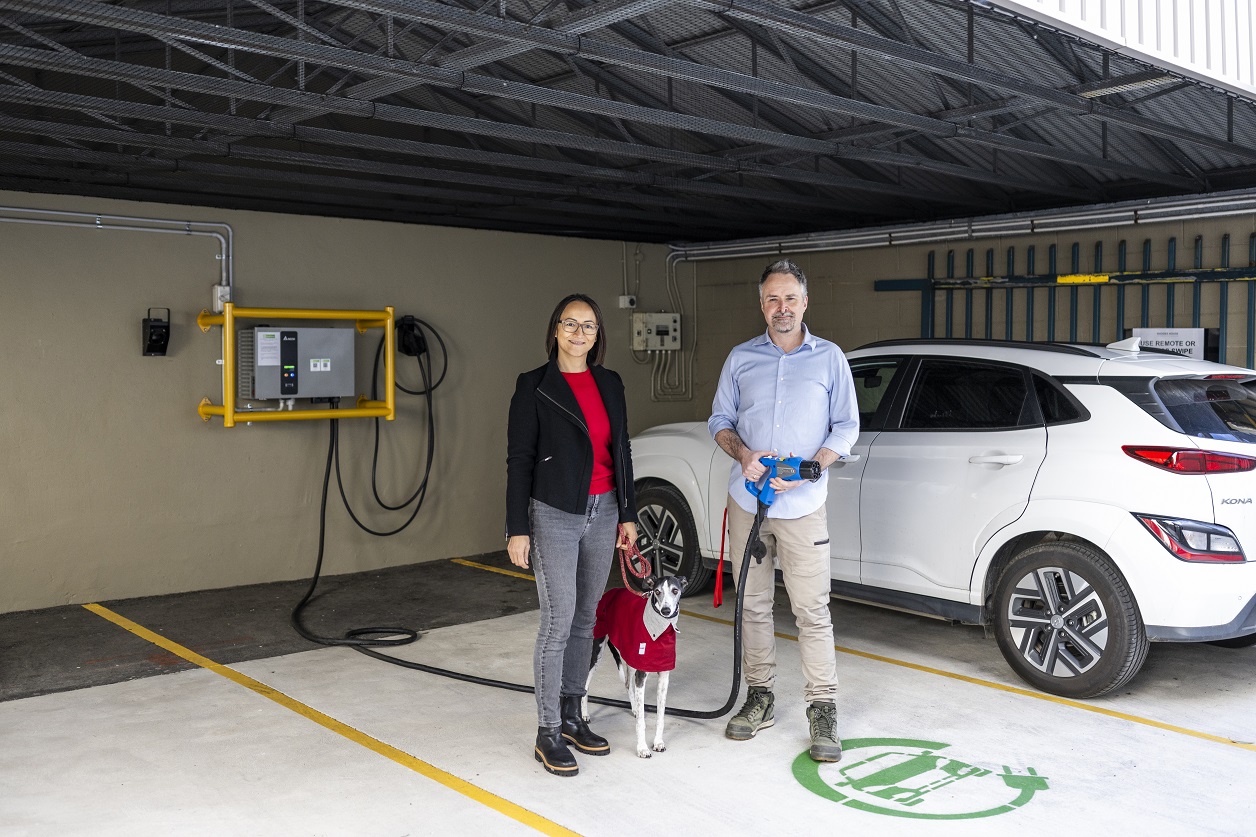
Have Your Say On 10-Year Trout Cod Recovery Roadmap
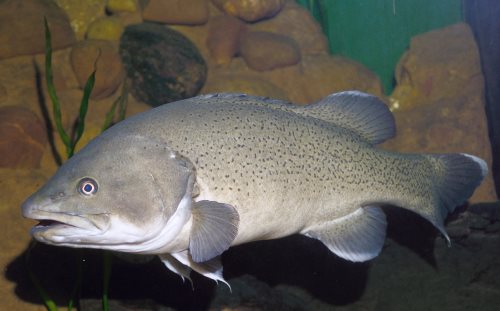 The Trout Cod (Maccullochella macquariensis) or bluenose cod, is a large predatory freshwater fish of the genus Maccullochella and the family Percichthyidae, closely related to the Murray cod. It was originally widespread in the south-east corner of the Murray-Darling river system in Australia, but is now an endangered species.
The Trout Cod (Maccullochella macquariensis) or bluenose cod, is a large predatory freshwater fish of the genus Maccullochella and the family Percichthyidae, closely related to the Murray cod. It was originally widespread in the south-east corner of the Murray-Darling river system in Australia, but is now an endangered species.Joint Watering Action To Support Native Fish And Waterbirds Ahead Of Predicted Dry Times
.jpg?timestamp=1697896397190)
State Government Announces $128 Million For Communities In Central-West Orana REZ
- public infrastructure upgrades
- housing and accommodation
- training and employment programs
- health and education programs
- support for energy efficiency and local rooftop solar
- initiatives for First Nations people.
More than 200 scientists from 19 countries want to tell us the Southern Ocean is in trouble
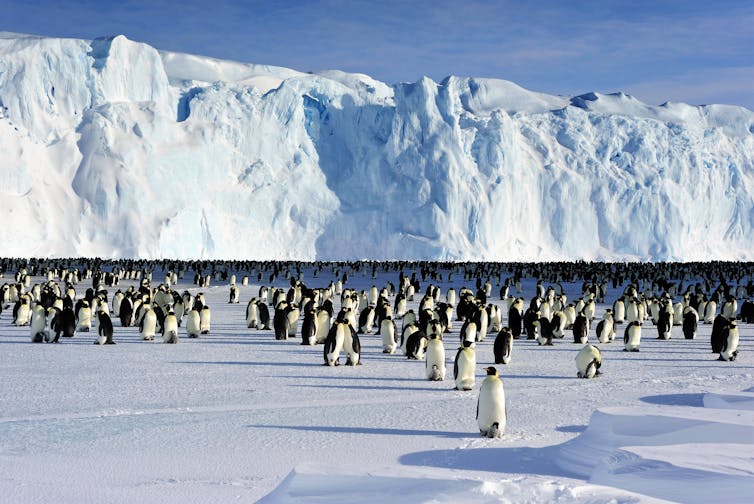
While the Southern Ocean around Antarctica has been warming for decades, the annual extent of winter sea ice seemed relatively stable – compared to the Arctic. In some areas Antarctic sea ice was even increasing.
That was until 2016, when everything changed. The annual extent of winter sea ice stopped increasing. Now we have had two years of record lows.
In 2018 the international scientific community agreed to produce the first marine ecosystem assessment for the Southern Ocean. We modelled the assessment process on a working group of the Intergovernmental Panel on Climate Change (IPCC). So the resulting “summary for policymakers” being released today is like an IPCC report for the Southern Ocean.
This report can now be used to guide decision-making for the protection and conservation of this vital region and the diversity of life it contains.
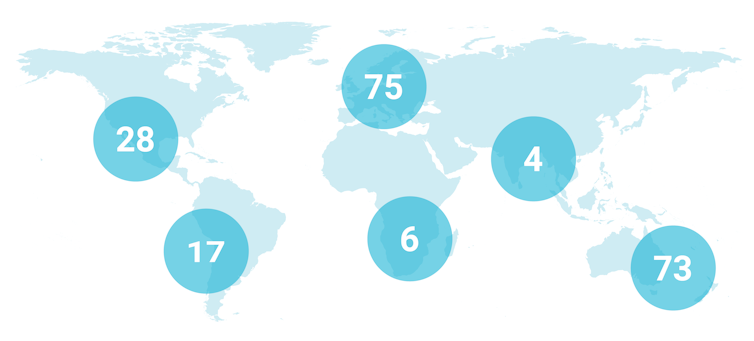
Why Should We Care About Sea Ice?
Sea ice is to life in the Southern Ocean as soil is to a forest. It is the foundation for Antarctic marine ecosystems.
Less sea ice is a danger to all wildlife – from krill to emperor penguins and whales.
The sea ice zone provides essential food and safe-keeping to young Antarctic krill and small fish, and seeds the expansive growth of phytoplankton in spring, nourishing the entire food web. It is a platform upon which penguins breed, seals rest, and around which whales feed.
The international bodies that manage Antarctica and the Southern Ocean under the Antarctic Treaty System urgently need better information on marine ecosystems. Our report helps fill this gap by systematically identifying options for managers to maximise the resilience of Southern Ocean ecosystems in a changing world.
An Open And Collaborative Process
We sought input from a wide range of people across the entire Southern Ocean science community.
We sought to answer questions about the state of the whole Southern Ocean system - with an eye on the past, present and future.
Our team comprised 205 authors from 19 countries. They authored 24 peer-reviewed papers. We then distilled the findings from these papers into our summmary for policymakers.
We deliberately modelled the multi-disciplinary assessment process on a working group of the IPCC to distill the science into an easy-to-read and concise narrative for politicians and the general public alike. It provides a community assessment of levels of certainty around what we know.
We hope this “sea change” summary sets a new benchmark for translating marine research into policy responses.
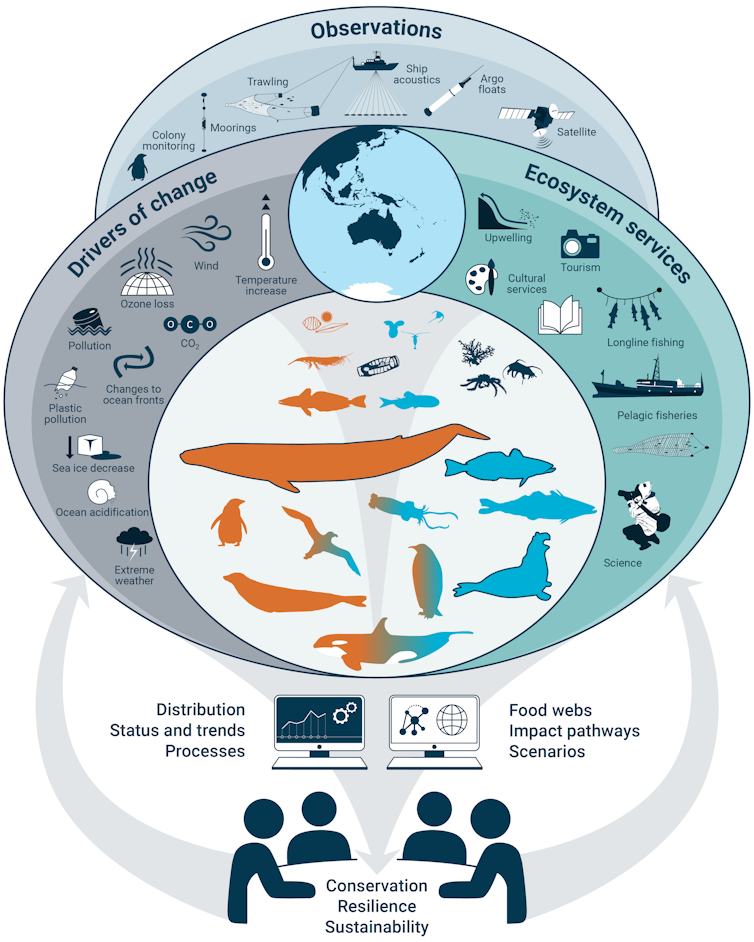
So What’s In The Report?
Southern Ocean habitats, from the ice at the surface to the bottom of the deep sea, are changing. The warming of the ocean, decline in sea ice, melting of glaciers, collapse of ice shelves, changes in acidity, and direct human activities such as fishing, are all impacting different parts of the ocean and their inhabitants.
These organisms, from microscopic plants to whales, face a changing and challenging future. Important foundation species such as Antarctic krill are likely to decline with consequences for the whole ecosystem.
The assessment stresses climate change is the most significant driver of species and ecosystem change in the Southern Ocean and coastal Antarctica. It calls for urgent action to curb global heating and ocean acidification.
It reveals an urgent need for international investment in sustained, year-round and ocean-wide scientific assessment and observations of the health of the ocean.
We also need to develop better integrated models of how individual changes in species along with human impacts will translate to system-level change in the different food webs, communities and species.
What’s Next?
Our report will be tabled at this week’s international meeting of the Commission for the Conservation of Antarctic Marine Living Resources in Hobart.
The commission is the international body responsible for the conservation of marine ecosystems in the Southern Ocean, with membership of 26 nations and the European Union.
It is but one of the bodies our new report can assist. Currently assessments of change in habitats, species and food webs in the Southern Ocean are compiled separately for at least ten different international organisations or processes.
The Southern Ocean is a crucial life-support system, not just for Antarctica but for the entire planet. So many other bodies will need the information we produced for decision-making in this critical decade for action on climate, including the IPCC itself.
Beyond the science, the assessment team has delivered important lessons about how coordinated, collaborative and consultative approaches can deliver ecosystem information into policymaking. Our first assessment has taken five years, but this is just the beginning. Now we’re up and running, we can continue to support evidence-based conservation of Southern Ocean ecosystems into the future. ![]()
Andrew J Constable, Adviser, Antarctica and Marine Systems, Science & Policy, University of Tasmania and Jess Melbourne-Thomas, Transdisciplinary Researcher & Knowledge Broker, CSIRO
This article is republished from The Conversation under a Creative Commons license. Read the original article.
The original and still the best: why it’s time to renew Australia’s renewable energy policy
Tim Nelson, Griffith University; Joel Gilmore, Griffith University, and Tahlia Nolan, Griffith UniversityThis article is part of a series by The Conversation, Getting to Zero, examining Australia’s energy transition.
If Australia is to meet its commitment to reduce greenhouse gas emissions to 43% below 2005 levels by 2030, we need to cut emissions faster. Even if all current government policy commitments are achieved – an unlikely outcome given delays in implementation – emissions are still projected to be only 40% below 2005 levels by 2030.
Last year the federal government announced that 82% of all electricity production would come from renewable energy by 2030. This was a crucial step. To have any chance of hitting our overall emission reduction targets, we must speed up the rollout of renewable energy.
Several experts, such as Tony Wood at the Grattan Institute and the Clean Energy Council are calling on governments to consider using the Renewable Energy Target (RET) to accelerate investment in new renewable supply. Why are these experts recommending the RET as a policy option?
A Brief History Of Renewable Energy In Australia
At the turn of the century Australia had almost no wind or solar energy generation. In 2001, the Howard government recognised the potential benefits of renewables and introduced the RET. The target, which was expanded and reformed by the Rudd and Abbott governments, has two elements:
the Large-Scale Renewable Energy Target, which requires retailers to buy a set percentage (currently about 15%) of their energy from renewable producers through the purchase of a Large-Scale Generation Certificate
the Small-Scale Renewable Energy Scheme, which provides an upfront subsidy to households and small businesses that install their own rooftop solar panels.
Over the past two decades, the RET has been by far the most effective of all Australia’s climate initiatives. It has led to an additional 40 gigawatts (the capacity of around 20 Liddell power stations) of new solar and wind generation. It has lifted Australia’s renewable generation from almost nothing other than hydro (from Hydro Tasmania and Snowy Hydro) in 2000 to nearly 37% of all electricity today.
Between 2011 and 2021, the RET accounted for more than half of Australia’s greenhouse gas abatement, delivering by 2021 40 million metric tonnes (Mt) out of about 75 Mt. Over a decade that’s the equivalent of retiring two very large coal-fired power stations each year (see chart below).

The RET succeeded for two reasons. First, its targets extend all the way through to 2030, creating certainty for investors. Second, it created a market that encourages retailers to purchase the lowest-cost large-scale generation certificates. In purchasing a certificate, the retailer pays the difference between the cost of a project and what its generated power earns on the market.
That approach has diversified our renewable energy mix by making it easier to compare different technologies. For example, a wind farm might cost more to build than a solar farm but it can potentially earn more on the market by generating at the right time of day or night. A greater diversity of renewable energy sources means more reliable generation.
Why Has The Boom In Renewables Investment Stalled?
The bad news is that while investment in small-scale solar photovoltaic continues to grow, investment in large-scale renewables has largely stalled. There are two main reasons why.
First, Australia must build more transmission infrastructure. We have great renewable energy resources but we need new transmission lines to take that energy to homes and businesses. Governments have recognised this and are prioritising new Renewable Energy Zones, with the Commonwealth providing substantial funding through its Rewiring the Nation package.
But the second reason for the stalled investment is less well known. The target of 33 terrawatt hours under the Large-Scale Renewable Energy Target was largely achieved in 2020 and since then has not been increased. The current legislated target is about 15%, well below the government’s commitment to reach 82% by 2030. Why did governments pivot away from the successful RET policy?
In the late 2010s, the Commonwealth government was not interested in increasing renewable energy targets. So state governments keen to act on climate change moved away from using the RET and other market-based policies, instead creating their own policy frameworks, known as Contracts-for-Difference.
Under these frameworks, state governments hold reverse auctions and award solar and wind projects a contract for a guaranteed price for their energy for 15–20 years.
Government contracts-for-difference can be a useful tool to assist new technologies, such as offshore wind, to enter the market. But they have significant limitations when they are used to deploy mature technologies such as solar and wind.
The most obvious problem is that, in contrast to a market framework such as the Large-Scale Renewable Energy Target, under contracts-for-difference the government becomes the only market for renewable energy. The government assumes the risk of any project, freeing operators from the need to efficiently locate and run their projects. If a project fails, the public pays the cost in higher power prices or taxes.
Moreover, when government is buying the power, it naturally often goes for the cheapest option, thereby usually favouring solar and narrowing our renewable energy mix. And a generator has no incentive to sell its electricity to households and businesses. The result is that investors hold off building new projects, waiting instead to be awarded a contract-for-difference.
This dynamic is stalling investment even as coal generators near the end of their useful lives and the market demand for both energy and firming capacity grows.
Governments Working Together To Get Investment Flowing
But there is reason to be optimistic. The states and the Commonwealth all now agree on the need to rapidly decarbonise the electricity sector by deploying renewables, transmission and storage. Now the states have the opportunity to work with the Commonwealth to incorporate their different frameworks into a nationally consistent, market-based approach built on the Large-Scale Renewable Energy Target.
The simplest approach, which would create a pivot back to market-based frameworks, would be to legislate to increase that target each year to achieve a linear growth from current renewable energy levels to 82% in 2030.
Under that solution, history suggests investors would rush to capture their share of the target. Investors and energy retailers would work together to find the right mix of technologies to deliver the lowest-cost power to consumers.
A national 82% renewable energy target also ensures that as other sectors use electrification to decarbonise, they will have access to clean energy. Without a target, electrification may lead to use of high-emissions coal power.
Under our proposal, state governments could still pursue their own objectives, such as supporting projects in a particular region, but they could align their policy frameworks with the RET by funding the cost of Large-Scale Generation Certificates rather than entire renewable energy projects.
If the electricity sector does not reach 82% by 2030, other sectors will have to do more to deliver our legislated 43% reduction in emissions by 2030. This is likely to be more costly and unnecessarily increase pressure on our trade-exposed industries, which would be required to reduce emissions more quickly at higher cost.
No Australian emission reduction policy matches the success of the Renewable Energy Target. By working together and aligning their renewable energy policies with the target, Commonwealth and state governments can get Australia’s renewable energy investment back on track, providing us with a reliable, competitive and clean electricity system by 2030 and beyond.![]()
Tim Nelson, Associate Professor of Economics, Griffith University; Joel Gilmore, Associate Professor, Griffith University, and Tahlia Nolan, , Griffith University
This article is republished from The Conversation under a Creative Commons license. Read the original article.
The climate impact of plastic pollution is negligible – the production of new plastics is the real problem
Karin Kvale, GNS Science; Andrew Weaver, University of Victoria, and Natalia Gurgacz, University of VictoriaThe dual pressures of climate change and plastic pollution are frequently conflated in the media, in peer-reviewed research and other environmental reporting.
This is understandable. Plastics are largely derived from fossil fuels and the burning of fossil fuels is the major driver of human-caused climate change.
The window for cutting emissions to keep warming at internationally agreed levels is closing rapidly and it seems logical to conclude that any “extra” fossil carbon from plastic contamination will be a problem for the climate.
Our research examines this question using an Earth system model. We found carbon leaching out of existing plastic pollution has a negligible impact. The bigger concern is the production of new plastics, which already accounts for 4.5% of total global emissions and is expected to rise.
Organic Carbon Leaching From Plastic Pollution
In nature, plants make organic carbon (carbon-hydrogen compounds) from inorganic carbon (carbon compounds not bonded with hydrogen) through photosynthesis. Most plastics are made from fossil fuels, which are organic carbon compounds. This organic carbon leaches into the environment from plastics as they degrade.
Concerns have been raised that this could disrupt global carbon cycling by acting as an alternative carbon source for bacteria, which consume organic carbon.
A key assumption in these concerns is that organic carbon fluxes and reservoirs are a major influence on global carbon cycling (and atmospheric carbon dioxide) over human timescales.
It is true that dissolved organic carbon is a major carbon reservoir. In the ocean, it is about the same amount as the carbon dioxide (CO₂) held in the pre-industrial atmosphere. But there are key differences between atmospheric CO₂ and ocean organic carbon storage. One is the climate impact.
Atmospheric CO₂ warms the climate directly, whereas dissolved organic carbon stored in the ocean is mostly inert. This dissolved organic carbon reservoir built up over many thousands of years.
When phytoplankton make organic carbon (or when plastics leach organic carbon), most of it is rapidly used within hours to days by bacteria and converted into dissolved inorganic carbon. The tiny fraction of organic carbon left behind after bacterial processing is the inert portion that slowly builds up into a natural reservoir.
Once we recognise that plastics carbon is better considered as a source of dissolved inorganic carbon, we can appreciate its minor potential for influence. The inorganic carbon reservoir of the ocean is 63 times bigger than its organic carbon store.
Plastics Carbon Has Little Impact On Atmospheric CO₂
We used an Earth system model to simulate what would happen if we added dissolved inorganic carbon to the surface ocean for 100 years. We applied it at a rate equivalent to the amount of carbon projected to leach into the ocean by the year 2040 (29 million metric tonnes per year).
This scenario likely overestimates the amount of plastics pollution. Current pollution rates are well below this level and an international treaty to limit plastic pollution is under negotiation.
We repeated the model simulation of adding plastics carbon both with strong climate warming (to see if plastics carbon might produce unexpected climate feedbacks that increase warming) and without (to see if it could alter the climate by itself). In both cases, plastics carbon only increased atmospheric CO₂ concentrations by 1 parts per million (ppm) over a century.
This is a very small increase, considering that current burning of fossil fuels is raising atmospheric CO₂ by more than 2ppm each year.
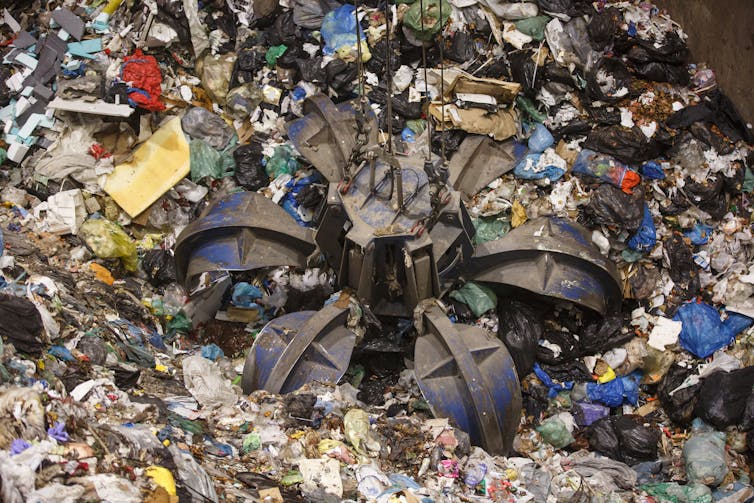
Direct Emissions From Burning Plastic
We also examined the impact of plastics incineration. We used a scenario in which all plastic projected to be produced in the year 2050 (1.1 billion metric tonnes) would be burned and directly converted into atmospheric CO₂ for 100 years.
In this scenario, we found atmospheric CO₂ increased a little over 21ppm by the year 2100. This increase is equivalent to the impact of fewer than nine years of current fossil fuel emissions.
Relative to the current continued widespread burning of fossil fuels for energy, carbon emitted from plastic waste will not have significant direct impacts on atmospheric CO₂ levels, no matter what form it takes in the environment.
However, plastics production, as opposed to leaching or incineration, currently represents about 4.5% of total global emissions. As fossil fuel consumption is reduced in other sectors, emissions from plastics production are expected to increase in proportional footprint and absolute amount.
A legally binding plastics pollution treaty, currently under development as part of the UN’s environment programme, is an excellent opportunity to recognise the growing contribution of plastics production to climate change and to seek regulatory measures to address these emissions.
Limiting the use of incineration is another climate-friendly measure that would make a small but positive contribution to the goals of the Paris Agreement.
Of course, environmental plastics pollution has many negative impacts beyond climate effects. Our work does not diminish the importance of cleaning up plastic pollution and implementing stringent measures to prevent it. But the justification for doing so is not primarily grounded in an effort to cut emissions.![]()
Karin Kvale, Senior Scientist, Carbon Cycle Modeller, GNS Science; Andrew Weaver, Professor, School of Earth and Ocean Sciences, University of Victoria, and Natalia Gurgacz, Graduate Student, University of Victoria
This article is republished from The Conversation under a Creative Commons license. Read the original article.
The dams are full for now – but Sydney will need new water supplies as rainfall becomes less reliable

When Australia last went into El Niño, we had water supply issues in Brisbane, Sydney, Canberra and Melbourne.
Are we better placed now, after three wet La Niña years? Yes and no. Take Sydney as an example. After the big wet, Greater Sydney’s dams are around 90% full, holding more than four times the volume we use in a year. But hot, dry weather can drain them surprisingly rapidly through increased demand, increased evaporation and environmental flows in rivers such as the Nepean.
Hot weather also dries out the soil in water catchments. When it rains, dry soils soak up water like a sponge, preventing it from running off to waterways. This means there’s little runoff to replenish the dams. You need very intense rainfall to overcome this.
So despite Sydney’s full dams, it will inevitably face water supply shortages if El Niño returns for several years. That’s because the city of five million is highly dependent on rainfall, which isn’t always plentiful and doesn’t always produce runoff.
To fix this problem and future-proof supplies as climate change makes rainfall less reliable, we must draw more water from desalination plants and recycling schemes.
Desalination
The combined effects of a growing population and future periods of drought will increasingly challenge our ability to meet water demand from Sydney’s dams.
In 2010, Sydney’s first large seawater desalination plant came on line. At maximum production, it can provide 90 gigalitres of drinking water per year. This is about 15% of Sydney’s annual demand.
In the past, the desal plant has been turned off and on depending on rainfall. After the Millennium Drought broke in 2009, dams began refilling. Once Sydney’s dams were 90% full in 2012, the plant was switched off. In 2019, it was turned back on as drought intensified. One problem is that it takes months to restart a mothballed desalination plant.
If the desalination plant had been operating continuously at a low rate, it could have more quickly shored up supply shortages when the drought started in 2017.
To achieve full benefit, desal plants must be used to provide ongoing service, rather than just as an emergency drought-response solution. Keeping the plant running is also an effective way of maintaining the workforce and skills required to operate the plant when it’s needed.
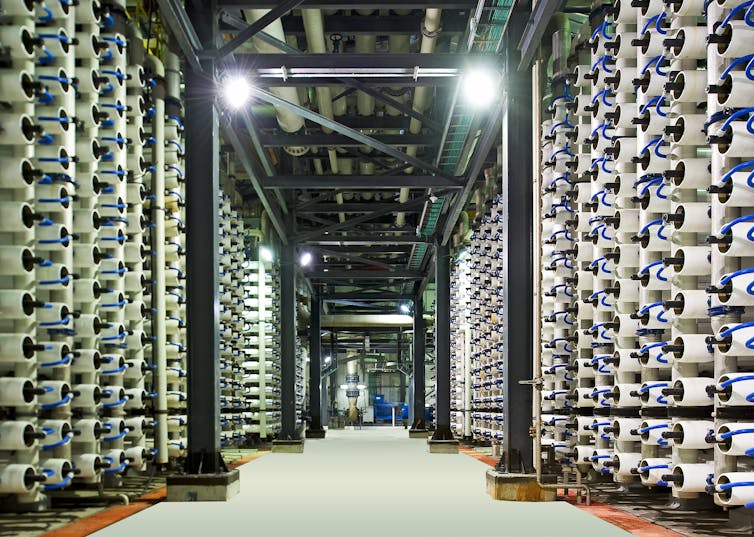
Water Recycling
Many cities around Australia now have desal plants. Fewer have explored purified water recycling from wastewater treatment plants due to unwarranted public scepticism.
Australia’s most significant purified recycled water project is Perth’s groundwater replenishment scheme, built to refill the aquifers on which the city draws much of its water.
Beginning in 2017, wastewater was purified and injected below ground into an important aquifer used for drinking water. The project was recently doubled in size, and now puts around 10% of Perth’s drinking water demand (28 gigalitres) back below ground annually.
By 2035, Water Corporation aims to recycle more than a third (35%) of treated wastewater.
Queensland has built but not fully used a far larger water recycling scheme, the Western Corridor Recycled Water Scheme. If it was used for drinking water as well as industrial use, it could add 80 GL a year to supply – more than a quarter of the water used by South East Queensland’s 3.8 million residents. That would be enough to replenish supplies in the region’s largest surface water storage, Lake Wivenhoe.
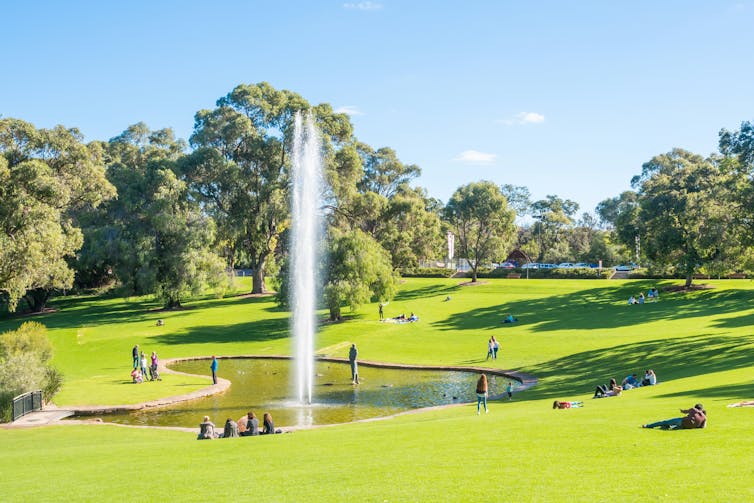
So What Should Sydney Do?
Sydney relies on rainfall-dependent sources for about 80% of its drinking water supply.
If dry conditions continue, the city could be running short of water within three years, according to the Greater Sydney Water Strategy.
To make sure that shortfall never arrives, Sydney needs to start building more rainfall-independent water supplies. This would help ensure full dams at the start of future droughts, allow more time to respond, and slow dam depletion rates during the drought.
Authorities could expand the desal plant. They could build a new desal plant. Or they could develop purified recycled water as an option. Each of these has costs and benefits which must be considered.
In reality, the city is likely to need all of the above. This is because there are limits to how much water can be delivered to any specific location in the supply network, so several water sources will be needed in different areas of Sydney.
The real question isn’t which one to choose. It’s which order to construct them in. ![]()
Stuart Khan, Professor of Civil & Environmental Engineering, UNSW Sydney
This article is republished from The Conversation under a Creative Commons license. Read the original article.
Doubling Sydney's Desalination Plant Capacity
Better Management Of Contaminated Land Legislation Passes NSW Parliament: Belrose's Bare Creek Cited As Example
NSW Introduces Landmark Climate Change Bill To Set Emissions Reduction Targets
- establish the Net Zero Commission – a strong, independent, expert body to monitor the state's progress to net zero. It will report annually to ensure parliamentary transparency and accountability
- put in place guiding principles for action to address climate change
- set an objective to make New South Wales more resilient to our changing climate.
Federal Government Announces $25 Million To Better Protect Nature
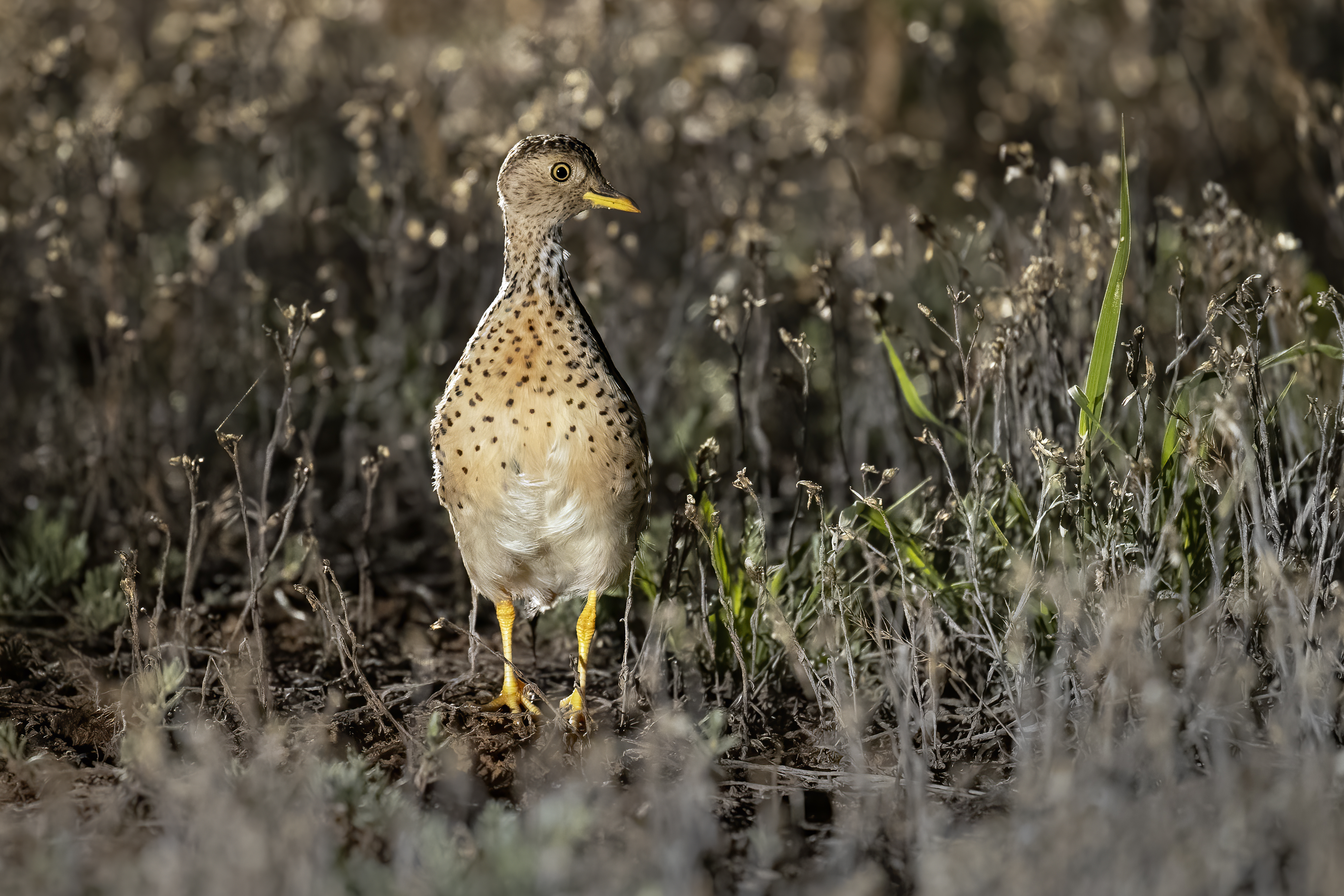
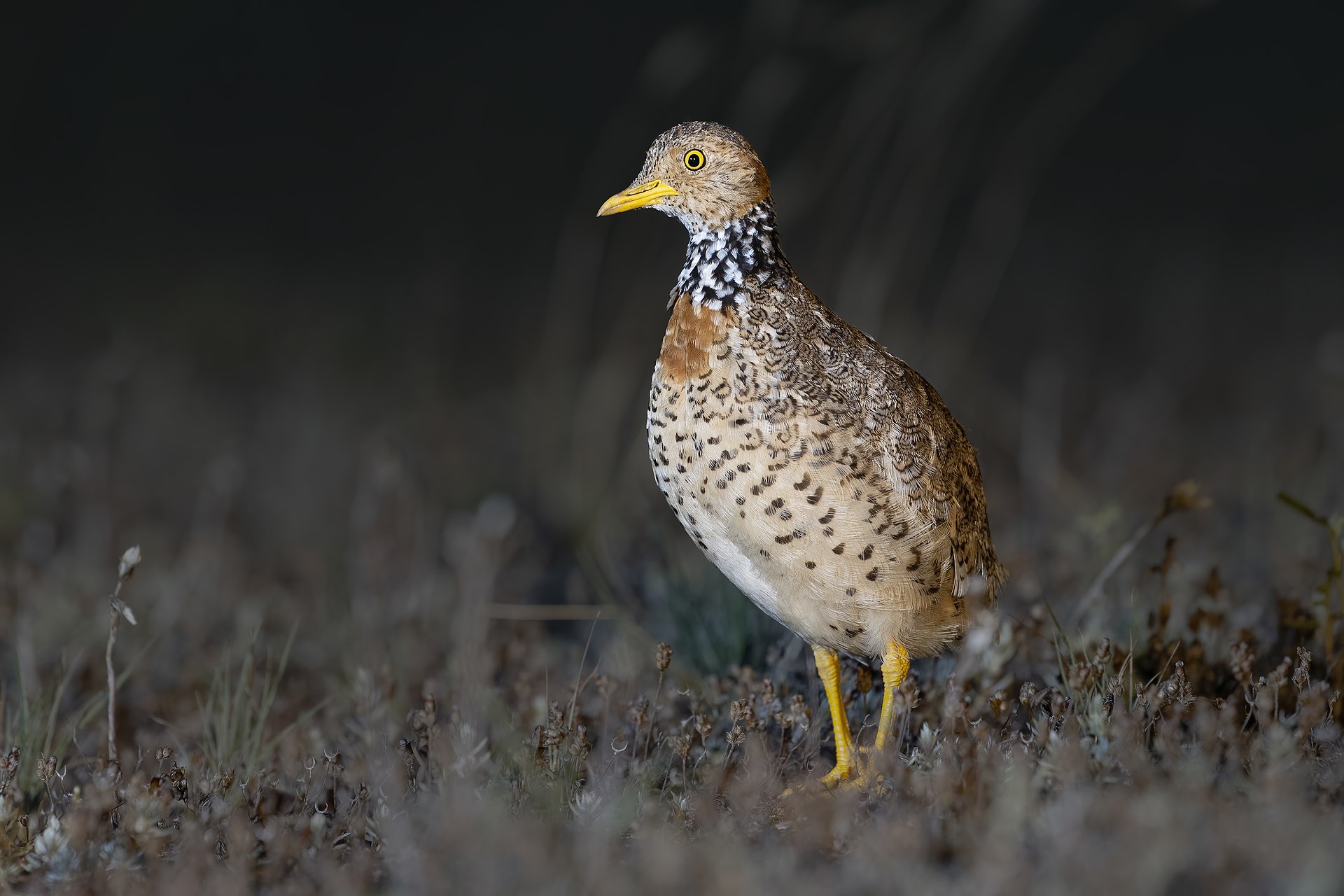
Young crown-of-thorns starfish can survive heatwaves. That’s yet more bad news for the Great Barrier Reef
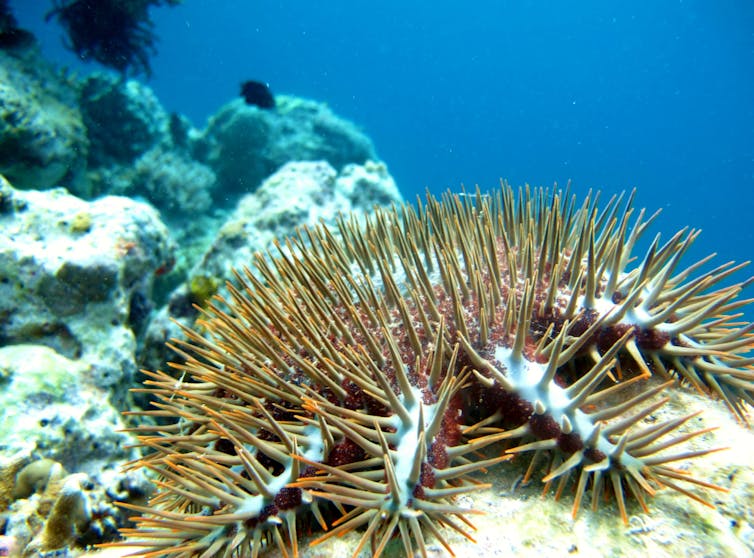
You might not realise it, but the infamous crown-of-thorns starfish is native to coral reefs throughout the Indo-Pacific – including the Great Barrier Reef. When they’re fully grown, these large, thorn-covered starfish dine on hard coral polyps.
That’s fine when their populations are small. They can play an important role in keeping reefs healthy by eating fast-growing branching corals and clearing space for slower-growing coral species.
But when their populations surge, they can decimate coral reefs – and strip habitat for the myriad species relying on them.
Our coral reefs are already suffering from marine heatwaves, pollution and overfishing. Crown-of-thorns outbreaks can push reefs over the edge.
But can these starfish survive the marine heatwaves now striking the oceans more and more regularly? To find out, we worked out what temperatures the starfish could handle.
Our results suggest baby crown-of-thorns starfish are, unfortunately, very tolerant of warmer water. It’s more bad news for our sick reefs.

Keystone Predators Of The Reef
At up to 80 centimetres across, crown-of-thorns starfish are one of the largest invertebrates on coral reefs. They are named after their toxic spines.
Their large central body houses a particularly large stomach. To eat, they force their stomachs out of their mouths to cover the coral underneath their body. Once wrapped around the coral, enzymes released from the stomach liquefies the coral’s soft tissues and absorbs the nutrients – leaving only the skeleton behind.
These starfish have evolved to become keystone predators. That is, relative to their population, they have a disproportionately large ability to control how abundant other species are.
During an outbreak, their swarms can eat up to 95% of hard corals on some reefs. When this happens, not only are coral species hard hit, but the animals dependent on them as well.
When the conditions are right, these starfish can go from a very low abundance of one per hectare to upwards of a thousand in a short period of time.
They are remarkably good at reproducing. The females can spawn hundreds of millions of eggs and the males can put out 10 trillion sperm into the water during the breeding season.
Not only that, but the larvae can adjust their bodies depending on the availability of food. When food is low, the arms of the larvae grow longer. These arms have bands of little hairs used to capture food. The longer these bands are, the more food they can capture.
Despite their ability to breed like rabbits, crown-of-thorns populations go through boom and bust. Why? We don’t fully know, even after decades of intensive research and enormous expenditure. Leading theories include a boom following nutrient run-off from rivers and the removal of predatory fish. Other important predators such as the giant triton shell (which eats adults) and the red decorator crab (which eats juveniles).
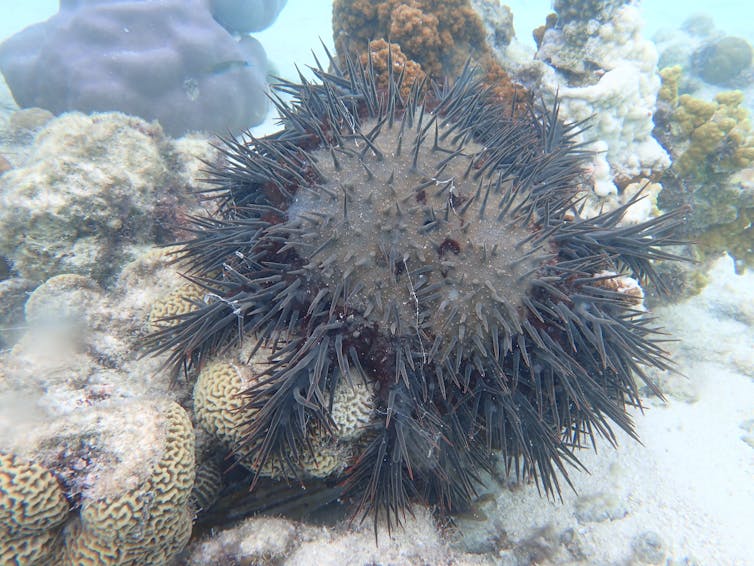
What We Did And What We Found
Virtually all research on crown-of-thorns starfish has focused on larval or adult stages, with little to no attention to juveniles, which are difficult to study.
The juveniles start their life on the reef as algae eaters. Our previous research has shown they don’t have to grow up fast. They can remain herbivores for many years when there’s not enough coral to eat and feast on the algae growing on the skeletons of coral killed by heatwaves.
These Peter Pan-like juveniles can build up hidden in the reef over many years. But how do they cope with heat?
Our experiments revealed young starfish can survive tremendous heatwaves, well above the temperatures needed to bleach or kill coral. Coral can bleach or die when water gets 1–3°C warmer, depending on how long the heat lasts. But the starfish had much greater tolerance – almost three times the heat needed to bleach coral.
All of them survived in coral bleaching conditions – four consecutive weeks of temperatures 1°C above the average maximum temperatures for the sea surface in summer, as well as eight consecutive weeks (enough for mass death of corals) and even 12 weeks – extreme conditions well past what coral can survive.
Over the course of the experiment, the juveniles could handle waters up to 34–36°C.
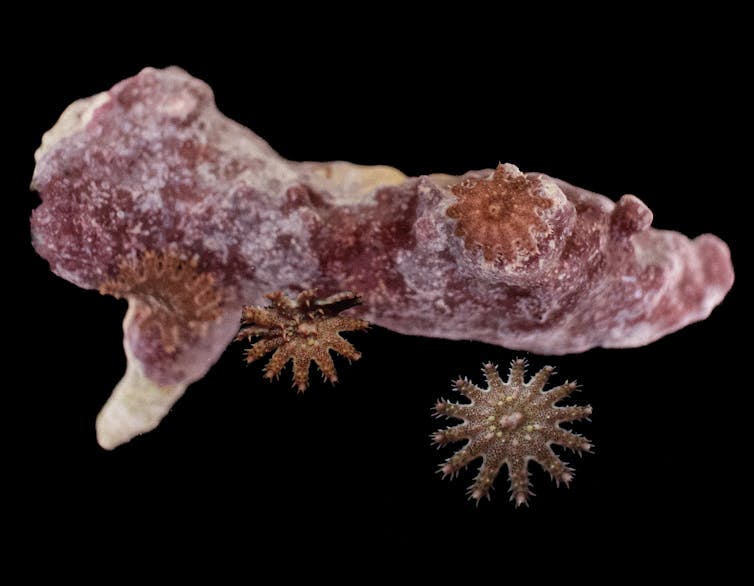
More Bad News For Coral Reefs
This is not good news for our reefs. Warming waters may actually make life easier for a major predator of coral.
Even if the coral-eating adults decline as their coral prey dies back, their young can wait patiently for the right moment to develop into predators able to devour corals just as they begin to recover.
This discovery may help explain why adult crown-of-thorns starfish outbreaks can occur so suddenly.
For years, we’ve suspected the acceleration of outbreaks was linked to predator removal or a build-up of nutrients in the water.
Now we have evidence that coral bleaching and death could actually aid the juvenile crown-of-thorns starfish – and that the heat tolerance of juveniles could add even more pressure to struggling reefs.
Ultimately, the only real solution is to rapidly reduce greenhouse gas emissions.![]()
Matt Clements, PhD Student, University of Sydney and Maria Byrne, Professor of Developmental & Marine Biology, University of Sydney
This article is republished from The Conversation under a Creative Commons license. Read the original article.
AER Alleges Breaches Of National Gas Rules By Santos Direct
Wholesale Energy Prices And Demand Fall In July To September Period
The smarter the magpie, the better they can handle our noisy cities

Cities are hard for wildlife. Many animal species avoid the cars, buildings, smog and fragmented habitats of urban environments. Then there’s the noise pollution, a serious issue for humans and animals alike, according to the World Health Organization.
Human-made (anthropogenic) noise can be very bad for animals. Busy cities can make it harder for animals to reproduce, communicate and behave naturally.
But magpies have generally found our cities to their liking. There is enough food about – and they can usually out-compete other urban bird species.
Even within magpie populations, there are differences in how individuals cope with noise. Our new research has found the magpies that perform better on an associative learning task are better able to maintain their normal anti-predator behaviours in noise. That is, the smarter the magpie, the better they are likely to do in our cities.
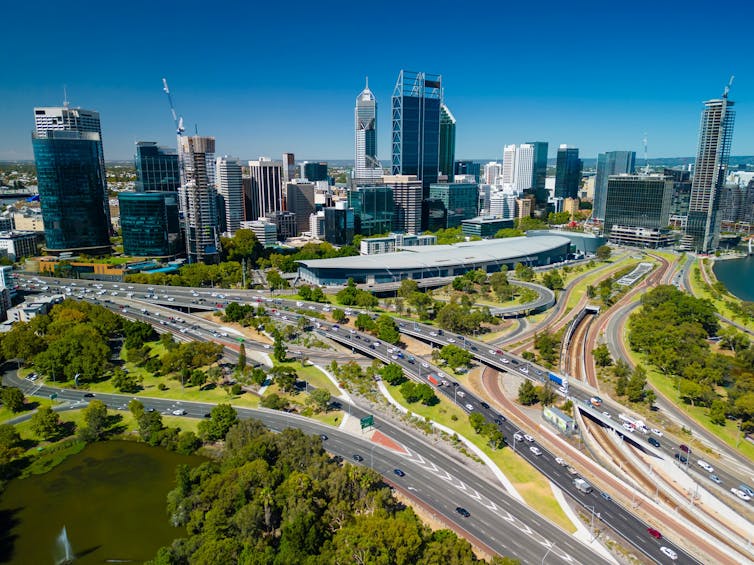
What Does Noise Do To A Magpie?
While magpies are often thought of as similar to crows, they’re not corvids at all and not related to Eurasian magpies. Their closest relatives are actually butcherbirds.
To date, most research on the damage done by human-made noise has examined what it means for a species or population. There’s been little work done on how individuals respond differently to noise. What we do know suggests factors such as the sex, age, body condition and prior experience with noise can change how animals cope with noise.
But what about cognition? Animals from the same species can have very different cognitive abilities – the ways an animal perceive, store and respond to information from their environment.
So would smarter animals be more able to change their behaviour to survive better in the urban jungle?
To find out, we observed all behaviours shown in timed 20-minute periods by 75 wild magpies in Perth (to a total of 333 observation periods). We also played magpie alarm calls with and without the noise of planes in the background to 24 magpies to see how plane noise affected their anti-predator response.
These wild magpies live in Perth, Western Australia and have been studied consistently since 2013. Most birds have coloured rings or bands on their legs so we can easily identify them.
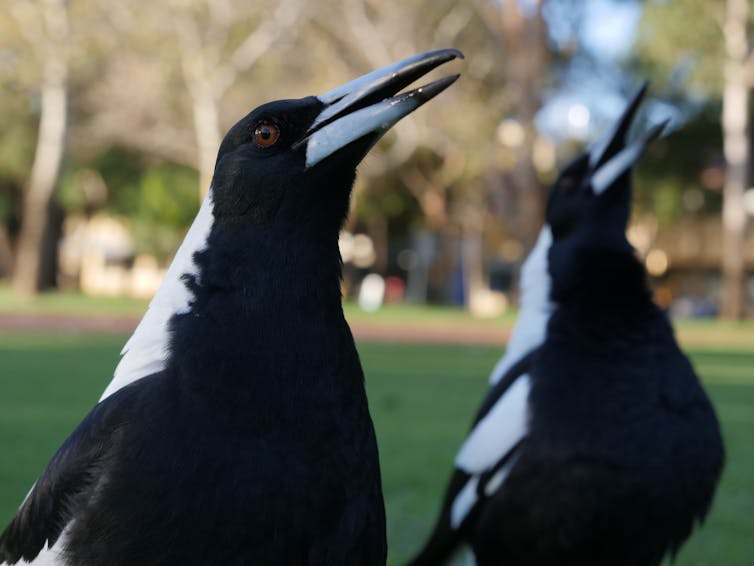
Individual identification meant we could test the intelligence of 52 of these magpies to see whether performing better on associative-learning tests would change how birds respond to and cope with anthropogenic noise.
The first thing we found was, yes, magpies find our noise difficult to handle. Our observations revealed loud man-made noises such as traffic, airplanes, or leafblowers forced magpies to spend more time vigilant and alert to threats, to sing less, and to forage less efficiently.
That’s likely because these magpies saw anthropogenic noise as dangerous or threatening stimuli, or as a distraction. That forces them to spend more time alert, with less time for other important behaviours.
But there are other potential causes too. Noise from a bustling restaurant strip may drown out small sounds magpies use as cues, such as the rustle of beetles burrowing under leaf litter.
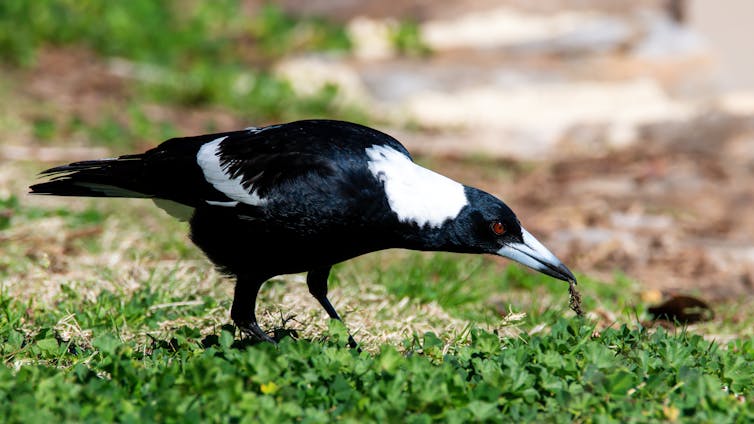
We also found human-made noise made it harder for our birds to respond to a magpie alarm call, used to warn others of predators. When we played an alarm call in isolation, about 37% of birds sought cover. When we added the noise of a plane flying overhead to the alarm, only 8% of birds fled. This suggests birds couldn’t properly hear and respond to this cue of danger.
Our magpies also spent much more time on alert after an alarm call played alone compared to an alarm call played with human-made noise. This suggests their normal anti-predator response doesn’t work as well against a backdrop of our noise.
Why Would Intelligence Help Magpies Deal With Noise?
Researchers in the United Kingdom working on animal cognition suggest better cognition on a species level may help animals cope with new environments or environmental stress. Other researchers argue cognition is what makes it possible to adapt to and succeed in urban environments.
To test this, we gave magpies a learning task to measure their intelligence and cognition. Could they associate a colour cue with a food reward? How long did it take them to learn that, say, dark blue meant a snack?
This test is a measurement of how quickly they learn. It’s thought to be involved in how successful an animal is in foraging, social interactions and responding to predators.
We found smarter birds reacted more similarly to a standalone alarm call as they did to one with a noisy plane in the background. By contrast, less intelligent birds responded significantly less to alarm calls with plane noise compared to an alarm call alone.
For a magpie, that could be the difference between life or death. If you’re clever enough to shut out the background noise of the plane so you can better hear a warning, you stand a better chance of surviving, say, a dog rushing you at a park.
Birds with better associative learning may also be better in other aspects of intelligence too. In fact, previous research on this species found birds that performed better in one cognitive task also performed better in other cognitive tasks.
As researchers learn more about animal intelligence, we’ll find out more about how associative learning helps animals adapt – and why these abilities are so strongly conserved in evolution.
Our study reveals intelligence matters for individual animals as they grapple with how to adapt to and cope with human-induced stressors.![]()
Grace Blackburn, PhD Candidate, The University of Western Australia and Amanda Ridley, Associate professor, behavioural ecology, The University of Western Australia
This article is republished from The Conversation under a Creative Commons license. Read the original article.
Pittwater Reserves: Histories + Notes + Pictorial Walks
A History Of The Campaign For Preservation Of The Warriewood Escarpment by David Palmer OAM and Angus Gordon OAM
A Stroll Around Manly Dam: Spring 2023 by Kevin Murray and Joe Mills
A Stroll Through Warriewood Wetlands by Joe Mills February 2023
A Walk Around The Cromer Side Of Narrabeen Lake by Joe Mills
America Bay Track Walk - photos by Joe Mills
An Aquatic June: North Narrabeen - Turimetta - Collaroy photos by Joe Mills
Angophora Reserve Angophora Reserve Flowers Grand Old Tree Of Angophora Reserve Falls Back To The Earth - History page
Annie Wyatt Reserve - A Pictorial
Avalon's Village Green: Avalon Park Becomes Dunbar Park - Some History + Toongari Reserve and Catalpa Reserve
Bairne Walking Track Ku-Ring-Gai Chase NP by Kevin Murray
Bangalley Headland Bangalley Mid Winter
Banksias of Pittwater
Barrenjoey Boathouse In Governor Phillip Park Part Of Our Community For 75 Years: Photos From The Collection Of Russell Walton, Son Of Victor Walton
Barrenjoey Headland: Spring flowers
Barrenjoey Headland after fire
Bayview Baths
Bayview Wetlands
Beeby Park
Bilgola Beach
Botham Beach by Barbara Davies
Bungan Beach Bush Care
Careel Bay Saltmarsh plants
Careel Bay Birds
Careel Bay Clean Up day
Careel Bay Playing Fields History and Current
Careel Creek
Careel Creek - If you rebuild it they will come
Centre trail in Ku-ring-gai Chase National Park
Chiltern Track- Ingleside by Marita Macrae
Clareville Beach
Clareville/Long Beach Reserve + some History
Coastal Stability Series: Cabbage Tree Bay To Barrenjoey To Observation Point by John Illingsworth, Pittwater Pathways, and Dr. Peter Mitchell OAM
Cowan Track by Kevin Murray
Curl Curl To Freshwater Walk: October 2021 by Kevin Murray and Joe Mills
Currawong and Palm Beach Views - Winter 2018
Currawong-Mackerel-The Basin A Stroll In Early November 2021 - photos by Selena Griffith
Currawong State Park Currawong Beach + Currawong Creek
Deep Creek To Warriewood Walk photos by Joe Mills
Drone Gives A New View On Coastal Stability; Bungan: Bungan Headland To Newport Beach + Bilgola: North Newport Beach To Avalon + Bangalley: Avalon Headland To Palm Beach
Duck Holes: McCarrs Creek by Joe Mills
Dunbar Park - Some History + Toongari Reserve and Catalpa Reserve
Dundundra Falls Reserve: August 2020 photos by Selena Griffith - Listed in 1935
Elsie Track, Scotland Island
Elvina Track in Late Winter 2019 by Penny Gleen
Elvina Bay Walking Track: Spring 2020 photos by Joe Mills
Elvina Bay-Lovett Bay Loop Spring 2020 by Kevin Murray and Joe Mills
Fern Creek - Ingleside Escarpment To Warriewood Walk + Some History photos by Joe Mills
Iluka Park, Woorak Park, Pittwater Park, Sand Point Reserve, Snapperman Beach Reserve - Palm Beach: Some History
Ingleside
Ingleside Wildflowers August 2013
Irrawong - Ingleside Escarpment Trail Walk Spring 2020 photos by Joe Mills
Irrawong - Mullet Creek Restoration
Katandra Bushland Sanctuary - Ingleside
Lucinda Park, Palm Beach: Some History + 2022 Pictures
McCarrs Creek
McCarr's Creek to Church Point to Bayview Waterfront Path
McKay Reserve
Mona Vale Beach - A Stroll Along, Spring 2021 by Kevin Murray
Mona Vale Headland, Basin and Beach Restoration
Mona Vale Woolworths Front Entrance Gets Garden Upgrade: A Few Notes On The Site's History
Mount Murray Anderson Walking Track by Kevin Murray and Joe Mills
Mullet Creek
Narrabeen Creek
Narrabeen Lagoon Catchment: Past Notes Present Photos by Margaret Woods
Narrabeen Lagoon State Park
Narrabeen Lagoon State Park Expansion
Narrabeen Rockshelf Aquatic Reserve
Nerang Track, Terrey Hills by Bea Pierce
Newport Bushlink - the Crown of the Hill Linked Reserves
Newport Community Garden - Woolcott Reserve
Newport to Bilgola Bushlink 'From The Crown To The Sea' Paths: Founded In 1956 - A Tip and Quarry Becomes Green Space For People and Wildlife
Pittwater Reserves: The Green Ways; Bungan Beach and Bungan Head Reserves: A Headland Garden
Pittwater Reserves, The Green Ways: Clareville Wharf and Taylor's Point Jetty
Pittwater Reserves: The Green Ways; Hordern, Wilshire Parks, McKay Reserve: From Beach to Estuary
Pittwater Reserves - The Green Ways: Mona Vale's Village Greens a Map of the Historic Crown Lands Ethos Realised in The Village, Kitchener and Beeby Parks
Pittwater Reserves: The Green Ways Bilgola Beach - The Cabbage Tree Gardens and Camping Grounds - Includes Bilgola - The Story Of A Politician, A Pilot and An Epicure by Tony Dawson and Anne Spencer
Pittwater spring: waterbirds return to Wetlands
Pittwater's Lone Rangers - 120 Years of Ku-Ring-Gai Chase and the Men of Flowers Inspired by Eccleston Du Faur
Pittwater's Parallel Estuary - The Cowan 'Creek
Resolute Track at West Head by Kevin Murray
Resolute Track Stroll by Joe Mills
Riddle Reserve, Bayview
Salvation Loop Trail, Ku-Ring-Gai Chase National Park- Spring 2020 - by Selena Griffith
Seagull Pair At Turimetta Beach: Spring Is In The Air!
Stapleton Reserve
Stapleton Park Reserve In Spring 2020: An Urban Ark Of Plants Found Nowhere Else
Stony Range Regional Botanical Garden: Some History On How A Reserve Became An Australian Plant Park
The Chiltern Track
The Chiltern Trail On The Verge Of Spring 2023 by Kevin Murray and Joe Mills
The Resolute Beach Loop Track At West Head In Ku-Ring-Gai Chase National Park by Kevin Murray
Topham Track Ku-Ring-Gai Chase NP, August 2022 by Joe Mills and Kevin Murray
Towlers Bay Walking Track by Joe Mills
Trafalgar Square, Newport: A 'Commons' Park Dedicated By Private Landholders - The Green Heart Of This Community
Tranquil Turimetta Beach, April 2022 by Joe Mills
Turimetta Beach Reserve by Joe Mills, Bea Pierce and Lesley
Turimetta Beach Reserve: Old & New Images (by Kevin Murray) + Some History
Turimetta Headland
Warriewood Wetlands - Creeks Deteriorating: How To Report Construction Site Breaches, Weed Infestations + The Long Campaign To Save The Warriewood Wetlands & Ingleside Escarpment March 2023
Warriewood Wetlands and Irrawong Reserve
Whale Beach Ocean Reserve: 'The Strand' - Some History On Another Great Protected Pittwater Reserve
Wilshire Park Palm Beach: Some History + Photos From May 2022
Winji Jimmi - Water Maze

Sydney Opera House 50th Anniversary Film: Play It Safe
"I like to be on the edge of the possible," Jørn Utzon once said, and his design marked a daring leap in 20th-century architecture.
Celebrating 50 years of brave creativity at Sydney Opera House, our new film pays tribute to those who defy that nervous little voice inside us that tells us to play it safe and keep it simple.
Starring Tim Minchin, Sydney Symphony Orchestra, The Australian Ballet, Sydney Philharmonia Choirs, Ziggy Ramo, Zahra Newman - Sydney Theatre Company, John Bell - Bell Shakespeare, Australian Chamber Orchestra, Elma Kris - Bangarra Dance Theatre, Kira Puru, Cathy-Di Zhang - Opera Australia, William Barton, Courtney Act, Jimmy Barnes, Sydney Dance Company Pre Professional Year Students and Associate Artists, Lucy Guerin Inc dancers, and DirtyFeet dancers.
Music and lyrics: Tim Minchin
Director: Kim Gehrig
Executive Music Producer/Arranger: Elliott Wheeler
Cinematographer: Stefan Duscio
Creative Agency: The Monkeys, part of Accenture Song
A Revolver X Somesuch Production
Archival footage and photography courtesy of National Film and Sound Archive, Australian Broadcasting Corporation, British Broadcasting Corporation, Nine Entertainment Co., 10X Media Group, State Library of NSW and Utzon Family.
Presented by Sydney Opera House in partnership with Australia.com.
NSW Government To Host Vaping Roundtable
- Hear evidence on how vaping is affecting young people and schools
- Discuss effective school-based vaping interventions

TGIF! Passengers Tap Into Cheaper Public Transport On Fridays

Postcards From The Past: Palm Beach
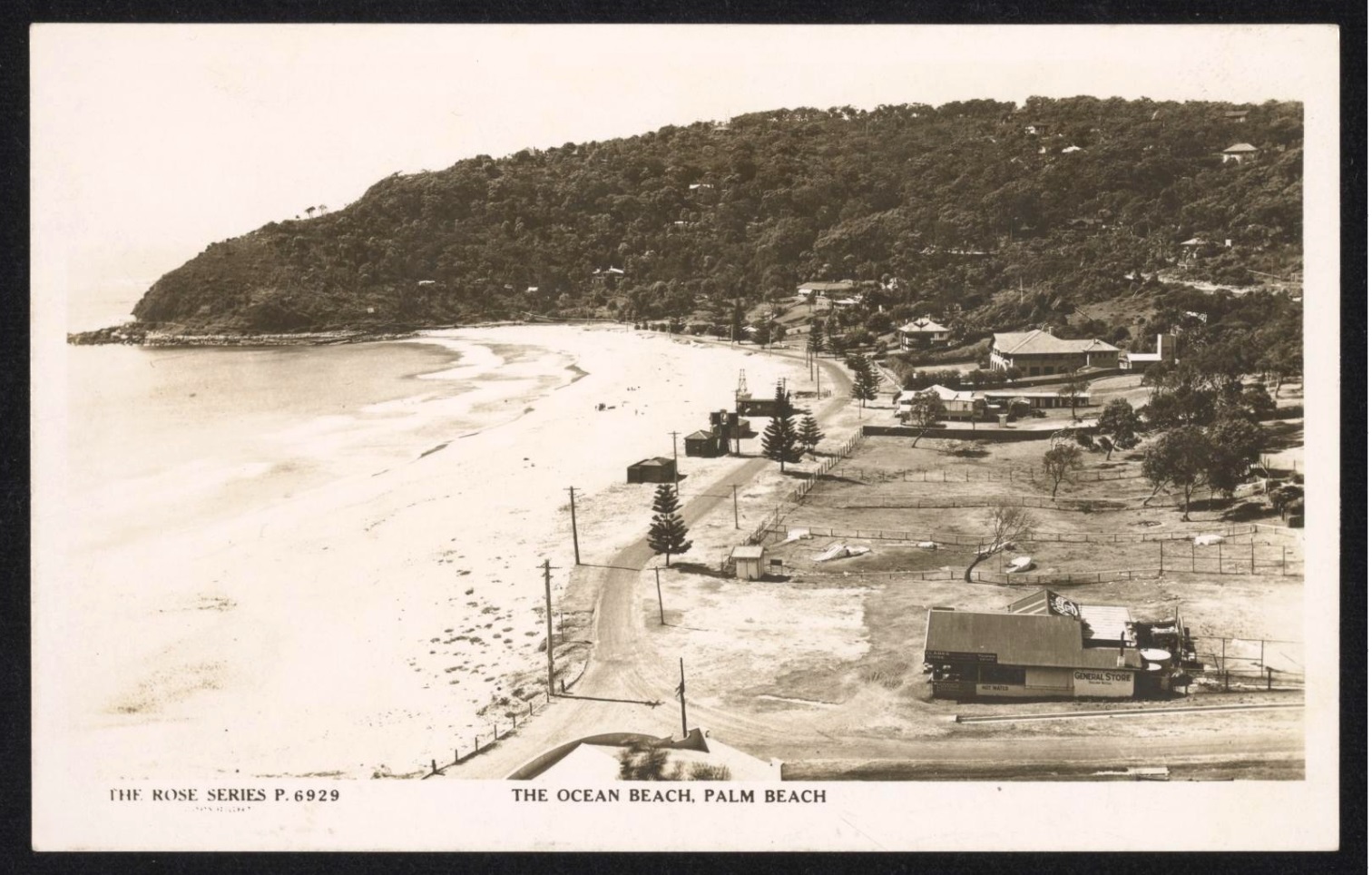
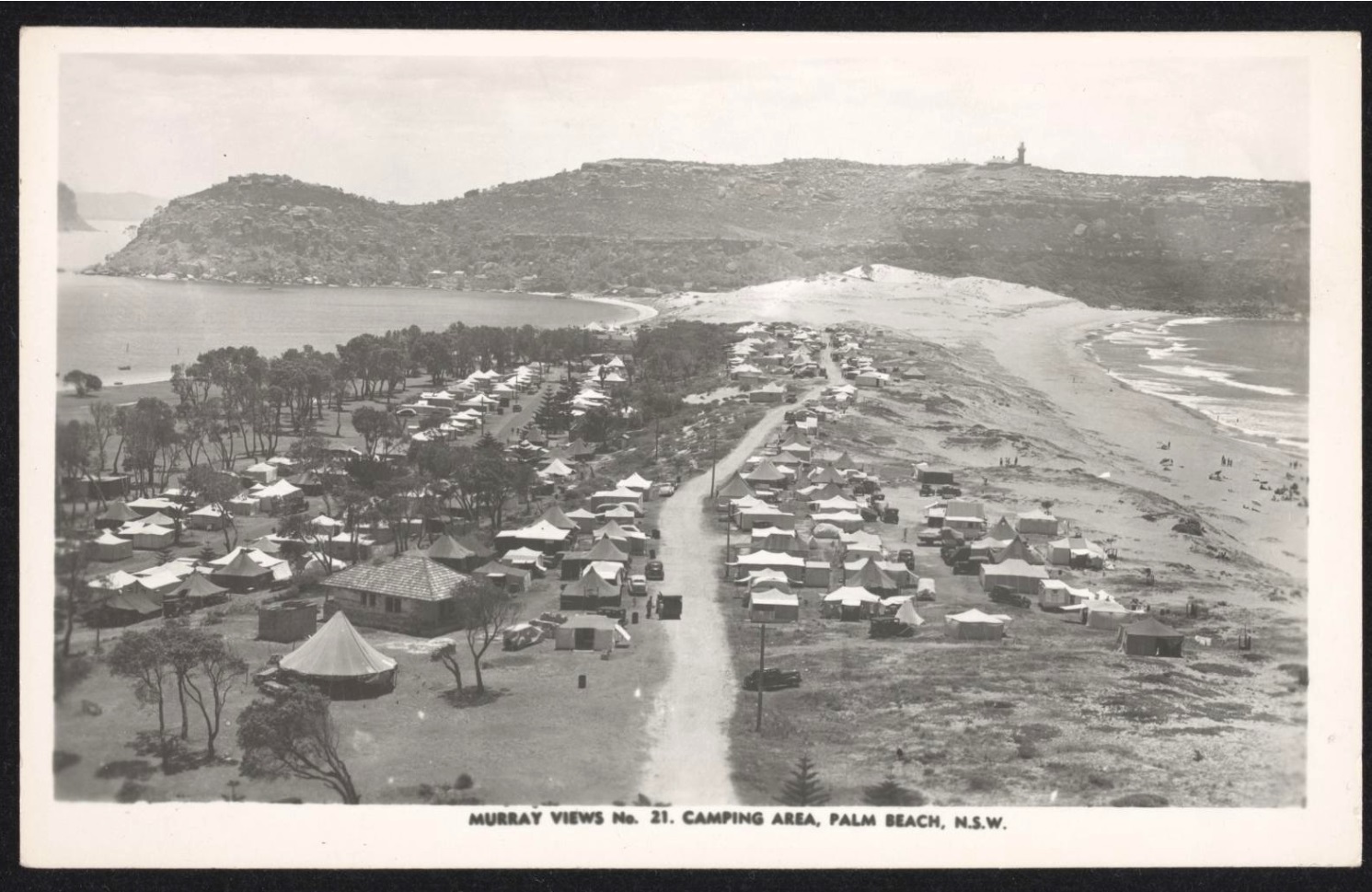
Exhibition Spotlights Film Behind And Beyond The Front Line
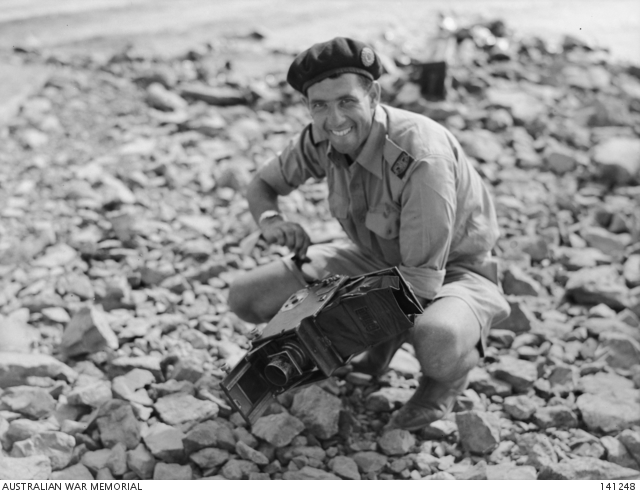 A new touring exhibition from the Australian War Memorial, Action! Film and War, opened in Sydney at the State Library of New South Wales on Friday 6 October.
A new touring exhibition from the Australian War Memorial, Action! Film and War, opened in Sydney at the State Library of New South Wales on Friday 6 October.New Research By ReachOut Highlights Links Between Study Stress And Poor Sleep In The Lead Up To Year 12 Exams
- Lifeline – 13 11 14
- Kids Helpline – 1800 55 1800
- 13YARN – 13 92 76 to speak with an Aboriginal & Torres Strait Islander crisis supporter
- If you are in immediate danger dial 000
Links To ReachOut Support Content

8 Student-Backed Study Tips To Help You Tackle The HSC
By University of Sydney: Last updated 6 July 2023
Our students have been through their fair share of exams and learned a lot of great study tactics along the way. Here they share their top study tips to survive and thrive during exam time.
1. Start your day right
Take care of your wellbeing first thing in the morning so you can dive into your day with a clear mind.
“If you win the morning, you can win the day,” says Juris Doctor student Vee Koloamatangi-Lamipeti.
An active start is a great way to set yourself up for a productive day. Begin your morning with exercise or a gentle walk, squeeze in 10 minutes of meditation and enjoy a healthy breakfast before you settle into study.
2. Schedule your study
“Setting up a schedule will help you organise your time so much better,” says Master of Teaching student Wesley Lai.
Setting a goal or a theme for each study block will help you to stay focused, while devoting time across a variety of subjects will ensure you've covered off as much as possible. Remember to keep your schedule realistic and avoid over-committing your time.
Adds Wesley, “Make sure to schedule in some free time for yourself as well!”
3. Keep it consistent
“Make studying a habit,” recommends Alvin Chung, who is currently undertaking a Bachelor of Arts and Bachelor of Laws.
With enough time and commitment, sitting down to study will start to feel like second nature rather than a chore.
“Do it every day and you’ll be less likely to procrastinate because it’s part of your life’s daily motions,” says Alvin.
4. Maintain motivation
Revising an entire year of learning can seem like an insurmountable task, which is why it’s so important to break down your priorities and set easy-to-achieve goals.
“I like to make a realistic to-do list where I break down big tasks into smaller chunks,” says Bachelor of Arts and Advanced Studies student Dannii Hudec.
“It’s also really important to reward yourself after you complete each task to keep yourself motivated.”
Treat yourself after each study block with something to look forward to, such as a cup of tea, a walk in the park with a friend or an episode of your latest Netflix obsession.
5. Minimise distractions
With so many distractions at our fingertips, it can be hard to focus on the task at hand. If you find yourself easily distracted, an “out of sight, out of mind” approach might do the trick.
“What helps me is to block social media on my laptop. I put my phone outside of my room when I study, or I give it to my sister or a friend to hide,” says Bachelor of Commerce and Bachelor of Laws student Caitlin Douglas.
While parting ways with your phone for a few hours may seem horrifying, it can be an incredibly effective way to stay on task.
“It really helps me to smash out the work and get my tasks done,” affirms Caitlin.
6. Beware of burnout
Think of the HSC period as a marathon rather than a sprint. It might be tempting to cram every single day but pacing out your study time will help to preserve your endurance.
“Don’t do the work for tomorrow if you finish today’s work early,” suggests Daniel Kim, who is currently undertaking a Bachelor of Commerce and Advanced Studies.
“Enjoy the rest of your day and save the energy for tomorrow,” he recommends.
Savouring your downtime will help you to avoid burning out before hitting the finish line.
7. Get a good night's sleep
Sleep is one of your greatest allies during exam season.
“I’ve found that a good night’s sleep always helps with concentration and memory consolidation,” says Bachelor of Science (Medical Science) student Yasodara Puhule-Gamayalage.
We all know we need to be getting around 8 hours of sleep a night to perform at our best, but did you know the quality of sleep also matters? You can help improve the quality of your sleep with some simple tweaks to your bedtime routine.
“Avoid caffeine in the 6 hours leading up to sleep, turn off screens an hour before going to bed, and go to bed at the same time every night,” suggests Yasodara.
8. Be kind to yourself
With exam dates looming and stress levels rising, chances are high that you might have a bad day (or a few!) during the HSC period.
According to Bachelor of Arts and Advanced Studies student Amy Cooper, the best way to handle those bad days is to show yourself some kindness.
“I know that if I’m in a bad state of mind or having a bad day, I’m not going to be able to produce work that I’m proud of,” she says.
For Amy, the remedy for a bad day is to take some time to rest and reset.
“It’s much more productive in the long run for me to go away, do some things I love, and come back with a fresh mind.”
Immerse yourself in a mentally nourishing activity such as going for a bushwalk, cooking your favourite meal, or getting stuck into a craft activity.
If you feel completely overwhelmed, know you're not alone. Reach out to a friend, family member or teacher for a chat when you need support.
There are also HSC Help resources available at: education.nsw.gov.au/student-wellbeing/stay-healthy-hsc
Wednesday 11 October, 2023: HSC written exams start. Friday November 3, 2023: HSC exams finish.
School Leavers Support
- Download or explore the SLIK here to help guide Your Career.
- School Leavers Information Kit (PDF 5.2MB).
- School Leavers Information Kit (DOCX 0.9MB).
- The SLIK has also been translated into additional languages.
- Download our information booklets if you are rural, regional and remote, Aboriginal or Torres Strait Islander, or living with disability.
- Support for Regional, Rural and Remote School Leavers (PDF 2MB).
- Support for Regional, Rural and Remote School Leavers (DOCX 0.9MB).
- Support for Aboriginal and/or Torres Strait Islander School Leavers (PDF 2MB).
- Support for Aboriginal and/or Torres Strait Islander School Leavers (DOCX 1.1MB).
- Support for School Leavers with Disability (PDF 2MB).
- Support for School Leavers with Disability (DOCX 0.9MB).
- Download the Parents and Guardian’s Guide for School Leavers, which summarises the resources and information available to help you explore all the education, training, and work options available to your young person.
School Leavers Information Service
- navigate the School Leavers Information Kit (SLIK),
- access and use the Your Career website and tools; and
- find relevant support services if needed.
Word Of The Week: Volunteer
Noun
1. a person who freely offers to take part in an enterprise or undertake a task. 2. a person who works for an organization without being paid. 3. Volunteering is time willingly given for the common good and without financial gain.
Verb
1. freely offer to do something. 2. work for an organization without being paid.
From the Latin word voluntarius, meaning willing or of one's own choice. Originally of feelings, later also of actions. This Latin verb originated from the Latin noun voluntas, meaning will or desire - late 16th century (as a noun, with military reference): from French volontaire ‘voluntary’. The change in the ending was due to association with -eer. The first English language use of the word, “Volunteer,” was in a poem titled, “Of Arthour and of Merlin,” which originated around 1330.
Of Arthour and of Merlin, also known as just Arthur and Merlin, is an anonymous Middle English verse romance giving an account of the reigns of Vortigern and Uther Pendragon and the early years of King Arthur's reign, in which the magician Merlin plays a large part. It can claim to be the earliest English Arthurian romance. It exists in two recensions: the first, of nearly 10,000 lines, dates from the second half of the 13th century, and the much-abridged second recension, of about 2000 lines, from the 15th century. The first recension breaks off somewhat inconclusively, and many scholars believe this romance was never completed. Arthur and Merlin's main source is the Estoire de Merlin, a French prose romance.

Tapestry showing Arthur as one of the Nine Worthies, wearing a coat of arms often attributed to him, c. 1385 - unknown creator.
King Arthur (Welsh: Brenin Arthur, Cornish: Arthur Gernow, Breton: Roue Arzhur, French: Roi Arthur) is a legendary king of Britain, and a central figure in the medieval literary tradition known as the Matter of Britain. In Welsh sources, Arthur is portrayed as a leader of the post-Roman Britons in battles against Anglo-Saxon invaders of Britain in the late 5th and early 6th centuries. He first appears in two early medieval historical sources, the Annales Cambriae and the Historia Brittonum, but these date to 300 years after he is supposed to have lived, and most historians who study the period do not consider him a historical figure. His name also occurs in early Welsh poetic sources such as Y Gododdin. The character developed through Welsh mythology, appearing either as a great warrior defending Britain from human and supernatural enemies or as a magical figure of folklore, sometimes associated with the Welsh otherworld Annwn.
Merlin (Welsh: Myrddin, Cornish: Marzhin, Breton: Merzhin) is a mythical figure prominently featured in the legend of King Arthur and best known as a magician, with several other main roles. The familiar depiction of Merlin, based on an amalgamation of historic and legendary figures, was introduced by the 12th-century British pseudo-historical author Geoffrey of Monmouth and then built on by the French poet Robert de Boron and their prose successors in the 13th century.
The name Merlin is derived from the Brythonic term Myrddin, a bard who was one of Merlin's chief sources. Brythonic was a Celtic language spoken in Britain and Brittany, North France.
Geoffrey seems to have combined earlier tales of Myrddin and Ambrosius, two legendary Briton prophets with no connection to Arthur, to form the composite figure that he called Merlinus Ambrosius. His rendering of the character became immediately popular, especially in Wales. Later chronicle and romance writers in France and elsewhere expanded the account to produce a fuller more multifaceted image, creating one of the most important figures in the imagination and literature of the Middle Ages.
Merlin's traditional biography casts him as an often-mad cambion, born of a mortal woman and an incubus, from whom he inherits his supernatural powers and abilities.[6] His most notable abilities commonly include prophecy and shapeshifting. Merlin matures to an ascendant sagehood and engineers the birth of Arthur through magic and intrigue.[7] Later stories have Merlin as an advisor and mentor to the young king until his disappearance from the tale, leaving behind a series of prophecies foretelling the events yet to come. A popular version from the French prose cycles tells of Merlin being bewitched and forever sealed up or killed by his student, the Lady of the Lake after falling in love with her. Other texts variously describe his retirement or death.

Howard Pyle illustration from the 1903 edition of The Story of King Arthur and His Knights
Volunteerism
Of course Volunteerism didn't need a word to mark when people first started helping each other without expecting anything in return. The oldest books we have, and prior to that artefacts, record caring about your fellow humans. That has persisted in the form of institutions such as hospitals, through churches' tending the sick, to more current forms of volunteering which sees people commit their time and knowledge in any area that they have a passion for; P and C members at schools, surf lifesaving, wildlife, pets that no longer have a home, sailing, cooking meals for people, delivering meals to people, restoring the environment where you actually get to see your contribution grow - literally, reading to others, connecting with older generations - in fact, whatever your interest, how ever much time you have to give, there's a way for you to learn new skills, expand your knowledge base, connect with like-minded others and build community ion your area of interests at a local, state and global stage nowadays.
This opportunity, for those who want to acquire some skills in a larger scale music event, is currently on offer - great for the c.v. and great for those who want to find out a little more about what goes into putting a music festival together.
The Northern Beaches Music Festival 2023: Volunteers needed
The Northern Beaches Music Festival 2023, like a magical musical phoenix rising from the ashes of Covid closure, is once again raising our live music banner high.
On November the 4th and 5th we will be presenting 50 acts on five stages over the weekend. The festival will once again be located at the Tramshed Community Arts Centre and The Berry Reserve by the beautiful Narrabeen Lake. It includes fabulous, multi genre world music on three ticketed stages and one free stage (free to the general public), set amidst our festival village of world food and merchandise stalls.
Our festival is a not-for-profit event produced by the Northern Beaches Music Alliance composed of:
- The Shack
- Humph Hall
- The Manly Fig
- Fairlight Folk
- Songs on Stage
- Acoustic Picnic
With a definite focus on the Northern Beaches, our common goals are to:
- To produce and present musicians and other performing artists including up and coming young artists.
- To provide, maintain and help create venues at which artists can be presented.
- To invite, involve and include our diverse community including the disabled and indigenous, especially with regard to music, performing arts, food, dance, costume and culture.
We are keen to hear from all potential volunteers to help us with the presentation and production of our festival. We need people to:
- work on the gate
- help with administration
- help on stage (including compering)
- help with waste management
- help with musical instrument storage and retrieval as well as a whole range of other more skilled activities!
A “four hour shift “ gets you a day’s free entry! Two “four hour shifts” gets you a free weekend pass. If you’ve got the skills and would like to be involved please contact us!!!
Paul Robertson
Executive Producer
You can contact them at via the numbers listed in the poster below - this is a 'give-get given' opportunity:
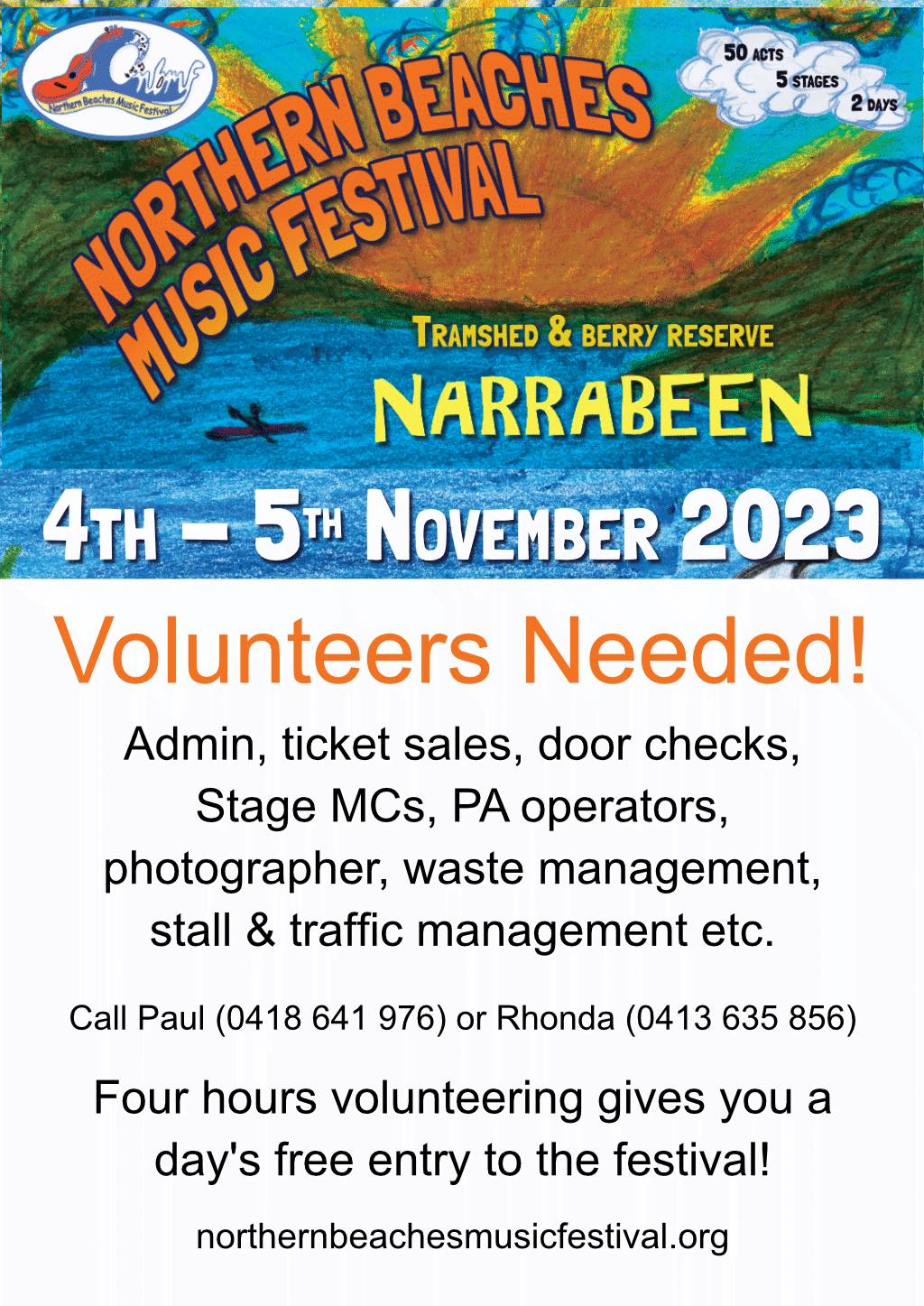
Make new friends and become a role model: why you should consider volunteering if you’re in your 20s or 30s
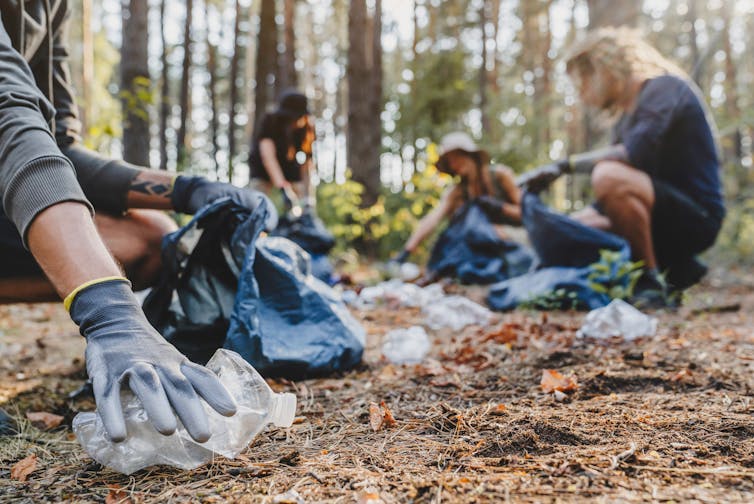
If you’re aged between 25 and 34, you’re part of the age group least likely to take part in volunteering.
Only 19% of 25-34 year olds in England volunteered at least once in 2021-22. By comparison, 29% of 16-24 year olds volunteered in the same period, and the average for all age groups was 27%.
There are all kinds of good reasons why people in their twenties and thirties don’t volunteer. If you’re in this group, you’re likely to be busy establishing your career and relationships, as well as perhaps having and looking after children. It’s more than likely that you’re just really busy.

This article is part of Quarter Life, a series about issues affecting those of us in our twenties and thirties. From the challenges of beginning a career and taking care of our mental health, to the excitement of starting a family, adopting a pet or just making friends as an adult. The articles in this series explore the questions and bring answers as we navigate this turbulent period of life.
You may be interested in:
How community gardening could ease your climate concerns
Three ways to get your nature fix without a garden
How often do you think about the Roman empire? TikTok trend exposed the way we gender history
You may also face obstacles to volunteering if you have a disability, come from a marginalised community, or struggle financially.
But volunteering can be extremely beneficial for volunteers, recipients, and society. By not volunteering, 25-34 year olds are largely missing out on these benefits, while organisations that need volunteers are missing out on their skills and abilities. Here are five reasons that might lead you to consider helping out at your local library, food bank or youth club.
Why To Do It
Wellbeing: Volunteering can be good for both your physical and mental health. There is a host of psychological and other research in support of the immediate and longer-lasting wellbeing benefits of volunteering, such as improved confidence and life satisfaction.
Much of the mental health benefit from volunteering comes from engaging with other people – often people that you wouldn’t ordinarily meet. And for your physical health, volunteering can provide opportunities for doing different types of physical activity, such as working on a community garden, coaching a youth sports team, or even moving stock in a charity shop.
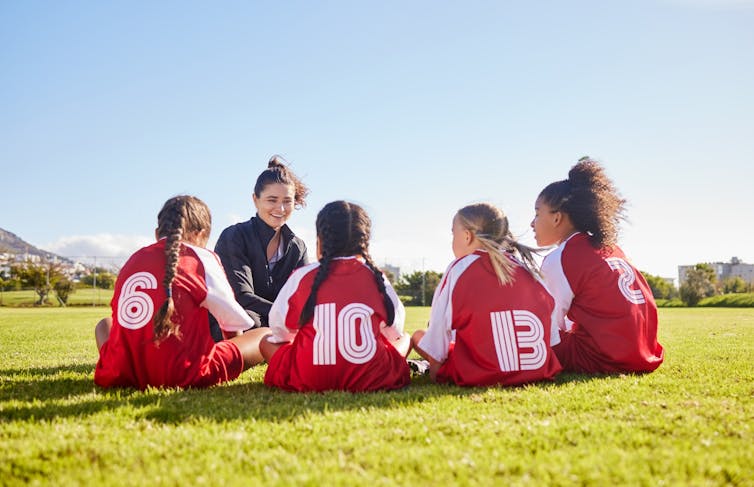
Friendship: Making friends as an adult can be tricky – especially now many jobs are hybrid or fully remote, meaning you can’t socialise easily with colleagues. Volunteering can provide you with the opportunity to meet new people and build social connections.
Even if friendships only last for the duration of the volunteer activity, this is still beneficial. This can be particularly significant for people who would otherwise be at risk of being isolated. Meeting new people can also help open up further opportunities beyond volunteering. You can become part of new social networks where information and other resources get shared, such as new job opportunities.
Employability: Although volunteering can lead to paid work, this is not the typical pathway outside of specific work-training programmes. Instead, volunteering is a very good way to fill your CV, show that you’re willing to be proactive and learn skills that can easily be transferred to a workplace. These are highly desirable traits for employers.
Volunteering is also an opportunity to learn new skills or to practise and refine existing ones. These could be role-specific technical skills, such as learning to use a particular piece of equipment. More often, though, you’ll improve your “soft” interpersonal skills. By volunteering in a charity shop or being a “befriender”, for example, you’ll gain experience talking to people from different walks of life.
Be a role model: Children and young people who grow up in households where adults volunteer are themselves much more likely to volunteer as adults. And people that volunteer in their youth are more likely to continue volunteering as adults. If you have children, or are thinking about having them, taking part in volunteering is a way of demonstrating and passing on kindness, compassion and care for your community.
Enjoyment: This is a simple but often overlooked reason. Volunteering can be a fun and enjoyable thing to do.
How To Do It
Despite all these benefits, fitting in regular volunteering might sound daunting – if not completely impossible. However, there are ways you can get the benefits of volunteering while taking part in a flexible way that suits your schedule and circumstances.
You could try episodic volunteering, which requires less regular commitment. This could be helping out with a beach clean over a weekend, or occasionally marshalling a local parkrun.
Your employer might coordinate volunteering opportunities that you can take part in during work hours – such as helping maintain a local park as part of a team building day. Some companies also have “community champions” to make links with their local community.
Or you could look for skills-based volunteering that builds on strengths you already have. If you plan events for your employer, for instance, you could lend this expertise to a charity. Or if you’re an accountant, you could offer pro bono advice to a local community group.
You can even volunteer online. While we traditionally view volunteering as something that takes place face-to-face, volunteers can carry out tasks through digital technology. For example, if you volunteered as a befriender to someone, you could spend time with them online or stay in contact via text. It’s worth thinking about how you could give volunteering a go.![]()
Kris Southby, Researcher in Health Promotion, Leeds Beckett University
This article is republished from The Conversation under a Creative Commons license. Read the original article.
Quantum computers in 2023: how they work, what they do, and where they’re heading

In June, an IBM computing executive claimed quantum computers were entering the “utility” phase, in which high-tech experimental devices become useful. In September, Australia’s Chief Scientist Cathy Foley went so far as to declare “the dawn of the quantum era”.
This week, Australian physicist Michelle Simmons won the nation’s top science award for her work on developing silicon-based quantum computers.
Obviously, quantum computers are having a moment. But – to step back a little – what exactly are they?
What Is A Quantum Computer?
One way to think about computers is in terms of the kinds of numbers they work with.
The digital computers we use every day rely on whole numbers (or integers), representing information as strings of zeroes and ones which they rearrange according to complicated rules. There are also analogue computers, which represent information as continuously varying numbers (or real numbers), manipulated via electrical circuits or spinning rotors or moving fluids.
In the 16th century, the Italian mathematician Girolamo Cardano invented another kind of number called complex numbers to solve seemingly impossible tasks such as finding the square root of a negative number. In the 20th century, with the advent of quantum physics, it turned out complex numbers also naturally describe the fine details of light and matter.
In the 1990s, physics and computer science collided when it was discovered that some problems could be solved much faster with algorithms that work directly with complex numbers as encoded in quantum physics.
The next logical step was to build devices that work with light and matter to do those calculations for us automatically. This was the birth of quantum computing.
Why Does Quantum Computing Matter?
We usually think of the things our computers do in terms that mean something to us — balance my spreadsheet, transmit my live video, find my ride to the airport. However, all of these are ultimately computational problems, phrased in mathematical language.
As quantum computing is still a nascent field, most of the problems we know quantum computers will solve are phrased in abstract mathematics. Some of these will have “real world” applications we can’t yet foresee, but others will find a more immediate impact.
One early application will be cryptography. Quantum computers will be able to crack today’s internet encryption algorithms, so we will need quantum-resistant cryptographic technology. Provably secure cryptography and a fully quantum internet would use quantum computing technology.

In materials science, quantum computers will be able to simulate molecular structures at the atomic scale, making it faster and easier to discover new and interesting materials. This may have significant applications in batteries, pharmaceuticals, fertilisers and other chemistry-based domains.
Quantum computers will also speed up many difficult optimisation problems, where we want to find the “best” way to do something. This will allow us to tackle larger-scale problems in areas such as logistics, finance, and weather forecasting.
Machine learning is another area where quantum computers may accelerate progress. This could happen indirectly, by speeding up subroutines in digital computers, or directly if quantum computers can be reimagined as learning machines.
What Is The Current Landscape?
In 2023, quantum computing is moving out of the basement laboratories of university physics departments and into industrial research and development facilities. The move is backed by the chequebooks of multinational corporations and venture capitalists.
Contemporary quantum computing prototypes – built by IBM, Google, IonQ, Rigetti and others – are still some way from perfection.
Today’s machines are of modest size and susceptible to errors, in what has been called the “noisy intermediate-scale quantum” phase of development. The delicate nature of tiny quantum systems means they are prone to many sources of error, and correcting these errors is a major technical hurdle.
The holy grail is a large-scale quantum computer which can correct its own errors. A whole ecosystem of research factions and commercial enterprises are pursuing this goal via diverse technological approaches.
Superconductors, Ions, Silicon, Photons
The current leading approach uses loops of electric current inside superconducting circuits to store and manipulate information. This is the technology adopted by Google, IBM, Rigetti and others.
Another method, the “trapped ion” technology, works with groups of electrically charged atomic particles, using the inherent stability of the particles to reduce errors. This approach has been spearheaded by IonQ and Honeywell.

A third route of exploration is to confine electrons within tiny particles of semiconductor material, which could then be melded into the well-established silicon technology of classical computing. Silicon Quantum Computing is pursuing this angle.
Yet another direction is to use individual particles of light (photons), which can be manipulated with high fidelity. A company called PsiQuantum is designing intricate “guided light” circuits to perform quantum computations.
There is no clear winner yet from among these technologies, and it may well be a hybrid approach that ultimately prevails.
Where Will The Quantum Future Take Us?
Attempting to forecast the future of quantum computing today is akin to predicting flying cars and ending up with cameras in our phones instead. Nevertheless, there are a few milestones that many researchers would agree are likely to be reached in the next decade.
Better error correction is a big one. We expect to see a transition from the era of noisy devices to small devices that can sustain computation through active error correction.
Another is the advent of post-quantum cryptography. This means the establishment and adoption of cryptographic standards that can’t easily be broken by quantum computers.
Commercial spin-offs of technology such as quantum sensing are also on the horizon.
The demonstration of a genuine “quantum advantage” will also be a likely development. This means a compelling application where a quantum device is unarguably superior to the digital alternative.
And a stretch goal for the coming decade is the creation of a large-scale quantum computer free of errors (with active error correction).
When this has been achieved, we can be confident the 21st century will be the “quantum era”.![]()
Christopher Ferrie, Senior Lecturer, UTS Chancellor's Postdoctoral Research and ARC DECRA Fellow, University of Technology Sydney
This article is republished from The Conversation under a Creative Commons license. Read the original article.
Australia has a new National Skills Agreement. What does this mean for vocational education?
Pi-Shen Seet, Edith Cowan University and Janice Jones, Flinders UniversityThis week, national cabinet signed off on a National Skills Agreement. This is a A$12.6 billion funding agreement determining federal and state funding for vocational education and training over the next five years.
More than a year in the making, the agreement also promises a new era of cooperation between governments, the vocational education and training sector, business and the community.
What is in the agreement and will it actually boost skills and productivity?
What Is The National Skills Agreement?
The National Skills Agreement updates and renames the National Agreement for Skills and Workforce Development, first set up in 2012.
This agreement was supposed to be finalised in 2022 but was hampered by state objections to the Morrison government’s potential reductions in funding to TAFEs and increased course fees, among other concerns. Then the change in government further delayed the agreement.
But the delay also provided a opportunity to respond to Productivity Commissions concerns concerns two key targets – increasing skill levels and qualifications – were not being met by previous arrangements.
What’s In The New Agreement?
Under the new agreement Australian governments have agreed to work together to:
deliver a high quality national vocational education and training system to boost productivity
support Australians to develop the skills they need to obtain well-paid, secure jobs
ensure Australia has the skilled workforce it needs now and in the future, with TAFE “at the heart” of vocational education and training.
The federal government will provide $12.6 billion over five years from January 2024.
How Much Of The Money Is New?
Based on the 2023-24 federal budget, the states and territories were already planning to receive about $9.8 billion of the $12.6 billion over the next five years.
Much of this was based on initiatives that had already been agreed during the first year of the Albanese government, including $8.6 billion in federal funding for states’ training systems. There is also $1.2 billion to fund schemes such as fee-free TAFE courses and to revitalise TAFE campuses across Australia.
The government says there is $3.7 billion in new funding. Looking at available government statements and documents, (such as the Working Future White Paper), our best estimate is there is between $2.8 billion and $3.7 billion of “new” funding from the federal government. This because because some of the funding is contingent on states also contributing funds to different components (and they may not choose to do all of this).
In terms of average yearly funding, the federal government will contribute an average of $2.5 billion per year to the new national skills agreement. This is significantly higher than the average of $1.6 billion per year under the previous agreement.
What Will The Agreement Do?
The bulk of the new money will be for “flexible funding” to state and territories to meet national priorities including:
gender equality, Closing the Gap and net zero in vocational education and training
sustaining essential care services such as child and aged care
developing Australia’s sovereign capability or ability to make things ourselves, food security and technological capability and
improving regulation of VET qualifications.
The remainder of the funds will address some reforms recommended by the Productivity Commission and previous reviews. These include:
establishing a national network of TAFE Centres of Excellence and strengthening collaboration between TAFEs, universities and industry and
improving vocational education and training completions, including for women and others who face completion challenges.
Will This Work?
At this early stage, the new funds seem to be well targeted. It is also significant states and territories have agreed to address these issues and match the federal funding. When combined, this essentially doubles the investment to resolve some urgent and complex problems in the sector.
The National Skills Agreement is also based on a new “shared stewardship” approach. This will see governments working together and engaging with community stakeholders, to set shared outcomes for skills and workforce development.
This will be important for the next steps for the sector, which involves the federal government developing a vocational education and training “workforce blueprint” by early 2024, to grow the vocational education workforce and ensure it is sustainable. Next year all governments will also develop public “skills plans”, setting out how they will deliver on agreed priorities and targets.

There Are Still Risks And Challenges
But it is important employers do not see this additional funding as a further excuse to reduce their contribution to employee skills and training and development. We need industry to coinvest in areas such as skills development and Closing the Gap if they are to truly succeed.
Other major training organisations apart from TAFEs will also have to do their part.
For example, a large amount of targeted federal funding is for strengthening collaboration between TAFEs, universities and industry and for growing and retaining a quality vocational education and training workforce. So universities and private Registered Training Organisations will also need to invest and support these initiatives.
This may also form part of the upcoming Universities Accord. A final report on the accord is due in December 2023.
As our research notes, we need all stakeholders to have skin in the game if Australia is going to to reverse its’ long decline in skills and training investment. ![]()
Pi-Shen Seet, Professor of Entrepreneurship and Innovation, Edith Cowan University and Janice Jones, Associate Professor, College of Business, Government and Law, Flinders University
This article is republished from The Conversation under a Creative Commons license. Read the original article.
Elon Musk is an ‘engineer’ but Bill Gates is a ‘leader’ – new research shows founder personality can dictate startup success
Fabian Braesemann, University of Oxford; Paul X. McCarthy, UNSW Sydney, and Peggy Kern, The University of MelbourneFrom Elon Musk’s supreme confidence to Jeff Bezos’ ability to make smart decisions under pressure, some of the most successful entrepreneurs are known for their distinctive personalities. But these traits aren’t just interesting side notes to these founders’ stories: confidence and calmness, along with other qualities such as a love of adventure, can have a big impact on startup success.
A startup is typically counted as a “success” if it’s acquired by another company or goes public (that is, its shares become available to trade on a stock exchange). And common investor wisdom attributes this to either supply side (novel products) or demand side (market interest or “hot sectors”) factors.
Of course, many other elements are associated with startup success. There’s a “Goldilocks age” for startups, for example, with those younger than seven years old less likely to be successful because they haven’t had enough time to develop. Startups based in hot spots like San Francisco, Berlin or London are also more likely to succeed due to better access to finance and talent.
While our new research shows all these elements are important, it reveals that the personalities of founders are actually the most influential factor in startup success.
AI Uncovers The X-Factor: Founder Personality
Our multidisciplinary team from the University of New South Wales, the University of Oxford, University of Technology Sydney and the University of Melbourne embarked on a two-year mission to unravel the mysteries behind startup success. We tapped into detailed data on more than 21,000 global startups to discern patterns that might predict a venture’s triumph or downfall.
Using AI algorithms, we applied the “five-factor” model – a psychology theory that divides personality into five main groups – to analyse startup founders worldwide. After comparing data on thousands of successful founders to information about employees, we discovered that entrepreneurs exhibit very different combinations of personality traits to everyone else.
Entrepreneurs tend to have a penchant for variety and novelty. They often have a desire to be the centre of attention and an inherent exuberance. While these traits might sound generic, in the business world they translate into risk-taking, networking and relentless energy – critical ingredients for startup success.
Based on our findings, we have identified six distinct founder personality types: leader, accomplisher, operator, developer, fighter and engineer. Each type has its own combination of subtle personality traits, for example, operators value orderliness and fighters are emotionally sensitive.
Founder personality traits
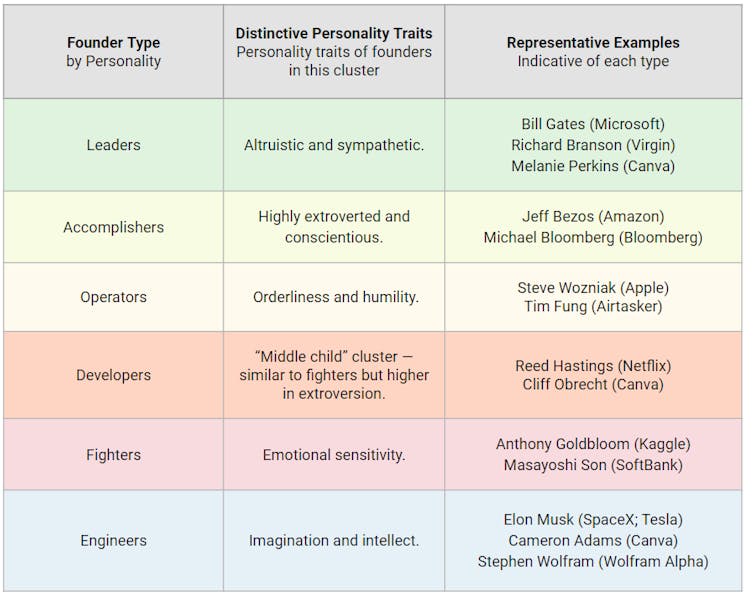
Many of these personality types are thriving in the real-life startup world. Take, for instance, Bill Gates, co-founder of Microsoft. He left Harvard to chase what was then a risky dream. This epitomises “openness to adventure”, which we found was a characteristic of the “leader” personality type.
This theme of defying the odds coupled with seemingly limitless energy resonates with many founder stories.
Melanie Perkins, a co-founder of $26 billion graphic design software company Canva, faced over 100 rejections from investors before securing the venture capital funding needed to build the platform. She has described herself as “determined, stubborn and adventurous” – also traits of the “leader” founder type.
Jeff Bezos is a well-known “acccomplisher”. He left his secure position at a New York hedge fund to found Amazon from Seattle. This wasn’t an impulsive move, it was a strategic choice. Bezos saw Seattle as the best place for a national distribution hub because it would benefit from Washington state’s specific tax laws. Such meticulous planning and long-term vision has characterised some of Amazon’s other achievements, including the development of Amazon Web Services, a global cloud computing leader.
And, of course, no discussion of start-up personalities would be complete without Tesla and Space-X founder Elon Musk. This “engineer’s” many business interests are driven by boundless imagination, as well as intellect. You can see this in SpaceX’s audacious goal to colonise Mars and Tesla’s futuristic Cybertruck design, as well as Musk’s underground transportation system Hyperloop.
Founders are wired differently
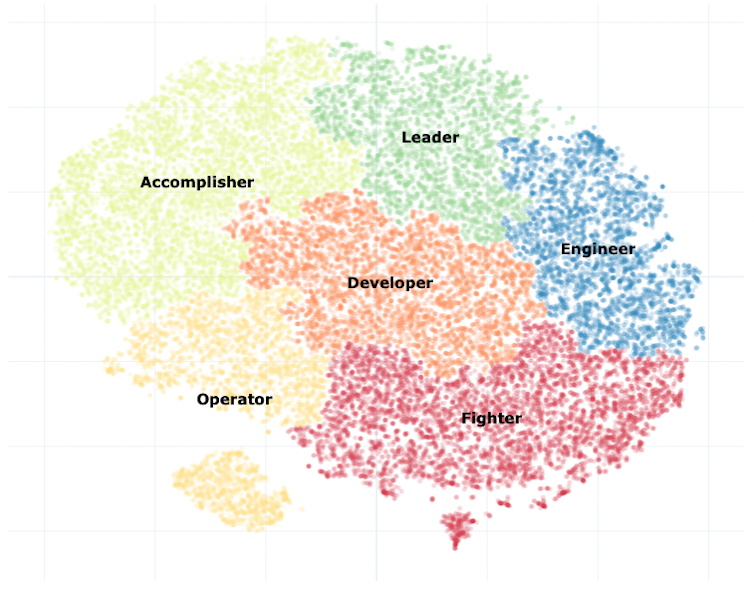
The Power Of Diversity
Our model also indicated that startups with a diverse blend of these founder personality types are 8 to 10 times more likely to be successful.
Canva’s three co-founders are a great example of this. Ex-Googler Cameron Adams’s technical intellect and imagination has combined with Cliff Obrecht’s assertive dealmaking and Perkins’ energy, trustworthiness and adventurousness to create a tech juggernaut.
Even if you’re not gearing up to launch or invest in the next big startup, personality offers a fascinating lens through which to view the start-up world and its most talked-about figures. And these findings are likely to hold in other settings too: team performance is shaped by the right combination of different personalities.
Behind every successful startup, there’s more than just a groundbreaking product or a burgeoning market, there’s a dynamic founder – or founders – with a personality that’s the secret to startup success.![]()
Fabian Braesemann, Departmental Research Lecturer in AI & Work, University of Oxford; Paul X. McCarthy, Adjunct Professor and Industry Fellow, UNSW Sydney, and Peggy Kern, Associate Professor, Centre for Positive Psychology, The University of Melbourne
This article is republished from The Conversation under a Creative Commons license. Read the original article.
Clouds of quartz detected high in a distant planet’s atmosphere – here’s what this tells us about other worlds

Quartz, also known as silica, is everywhere. This mineral is in the screen of the laptop or phone you’re reading this article on. It’s used to make computer chips, which are in everything from medical equipment to washing machines. It can be melted to produce glass.
Chemically, quartz is silicon dioxide: one silicon atom attached to two oxygen atoms. It’s a major component of the Earth’s crust, the ground beneath our feet.
This remarkable material has now been discovered floating in the atmosphere of a giant planet 1,300 light-years from Earth. This planet is called WASP-17b and belongs to a class of planet known as a “hot Jupiter”. WASP-17b is an exoplanet, which is a world orbiting a star that’s not the Sun.
The new study provides an important insight into the sometimes extreme and unfamiliar conditions present on worlds around other stars. We think of quartz as a hard substance, but the heat and pressure on WASP-17b can transform this mineral into a gas. The crystals then form out of this gas in the upper atmosphere.
Much like Jupiter, it’s composed mainly of hydrogen and helium. However, it orbits close to its parent star, completing a full circuit (a year on WASP-17b) in just 3.7 Earth days. The proximity to its star super-heats WASP-17b to temperatures of over 1,500°C (2,700°F). This temperature is so high that most materials, such as rocks or ice, will exist on WASP-17b only as gases.
We made observations of the planet using Earth’s largest space telescope, the James Webb Space Telescope (JWST). We looked at WASP-17b as it passed in front of its star from our point of view, a phenomenon called a transit. We then measured the starlight as it filtered through the planet’s atmosphere.
By breaking up that starlight into different wavelengths, we could see changes in how the atmosphere absorbs and interacts with that light. Each atom and molecule in the atmosphere imparts a unique fingerprint on the light, and we can use computer models to disentangle these fingerprints, linking them to particular chemical compounds.
Extreme Conditions
Using JWST’s Mid-Infrared Instrument (MIRI), which measures light at infrared wavelengths, we revealed evidence for very tiny quartz crystals (nanocrystals) forming high-altitude clouds in the atmosphere of WASP-17b.
The pressure where the quartz crystals form, high in the atmosphere, is only about one-thousandth of what we experience on Earth’s surface. Combined with the temperatures of around 1,500°C, the conditions allow solid crystals to form directly from gas, without going through a liquid phase first.
This shows us that other planetary systems like this one, for example, in which gas giant planets orbit close to their parent stars, can have quite different characteristics to our Solar System.

The fine quartz crystals in the atmosphere of WASP-17b, which measure just one millionth of a centimetre, can help us unravel more information about this exoplanet and the nature of its atmosphere. Potentially, it could provide us with a detailed understanding of the planet’s chemistry.
We have previously detected silicates in the atmospheres of stars, astronomical objects called brown dwarfs and giant young exoplanets. However, these are often in the form of magnesium silicate and not pure silica. Silica can take on many forms depending on the additional atoms of material that contaminate it, slightly changing its properties.
Instead, on WASP-17b, we are seeing the likely building blocks of silicates in the form of tiny “seed” particles of pure silica absorbing and scattering the light, causing a spike in our measurements.
We combined these measurements with those from the Hubble Space Telescope, which measured the planet at optical rather than infrared wavelengths. When we fed the data into computer models, they told us the atmospheric particles are just nanometres across, 10,000 times smaller than the width of a human hair.
The prevalence of silicates throughout the universe suggests they should be there in all exoplanets in some form or another, but in the exoplanets that can be most easily examined with current tools they have previously eluded our detection.
While exoplanets have captured the imaginations of scientists and the public alike, of the some 5,500 known today, only a fraction can be explored in detail. But advanced telescopes such as JWST are allowing us to find out more than ever before about worlds located tens, hundreds and thousands of light years away.![]()
Hannah Wakeford, Associate professor, University of Bristol
This article is republished from The Conversation under a Creative Commons license. Read the original article.
In 2003, one in four Aussie households owned Innocent Eyes. Delta Goodrem deserves a place in our music history
Kate Pattison, RMIT UniversityI remember when my family bought Innocent Eyes, at a JB Hi-Fi off the Nepean Highway. I was 12 and had just started high school. It was the first time I really understood the power of music; I felt like Delta was imparting words of wisdom through this time of transition. I played that original copy so much it started skipping and I had to buy a replacement.
Delta’s music has continued to define my life. It was the catalyst for lifelong friendships. The music bonded us, but our relationships transformed into something greater. We’ve worked together, travelled the world, and stood by one another on wedding days.
My story is one of many significantly shaped by this record. Innocent Eyes is the second highest selling Australian album in Australia of all time, only behind John Farnham’s Whispering Jack. It sold 4.5 million copies worldwide, including 1.2 million in Australia. To put that into context: one in every four Australian households owned a copy.
So why is Delta Goodrem overlooked in Australian music history?
A Run-Away Success
Released 20 years ago, Innocent Eyes achieved unprecedented success, staying at number one for a record-breaking 29 weeks (that’s seven-and-a-half months). She became the first artist to have five number one singles on the Australian charts from a debut album.
At the 2003 ARIA awards, the 18-year-old had a record ten nominations, taking home every award she was nominated for, with the exception of album of the year (she twice lost to herself, for a total of seven wins). As Powderfinger accepted for Vulture Street, they joked “Can I see that envelope please? This is truly, completely unexpected”.
In the weeks leading up to the ARIAs, it was unclear whether Delta would attend: her diagnosis with Hodgkin’s lymphoma was front page news. The awards were Delta’s first public appearance in months; the night became an unofficial celebration of her return.
Delta recently went through her archives from this time as part of a sold-out 20th anniversary tour, a celebration of an album that captured the hearts and attention of the Australian public in a way that hasn’t been replicated.
This was not a comeback tour. Delta has remained an integral part of the Australian music scene. She’s one of our country’s standout performers, taking to the stage at AFL Grand Finals, Sydney Mardi Gras and the Commonwealth Games opening ceremony (twice).
She has released duets with Tony Bennett and Olivia Newton-John, written songs for Celine Dion, and filled in for Adele with less than an hour to rehearse.
Delta has mentored artists on The Voice; performed as Grizabella in Cats; her latest film, Love Is In The Air, has been streamed 12 million times; and she’s achieved five number one albums.
But No Hall Of Fame?
It was recently announced Jet would be inducted into the ARIA Hall of Fame. Their debut album, Get Born, was also released in 2003, featuring the smash hit Are You Gonna Be My Girl?.
Jet are an incredible Australian rock success story, with 6.5 million records sold worldwide.
But their impact and legacy doesn’t match Delta’s 9 million records sold. Get Born was certified nine-times platinum; Innocent Eyes is 23 times platinum.
In the decade to 2010, she sold more albums in Australia than any other artist – local or international.
Since the hall of fame began in 1988, 80 bands and artists have been celebrated. Only 11 have been women. The musical legacy of women is not recognised in the same ways as their male counterparts.
Many “best of” music lists are dominated by male artists. Rolling Stone’s Greatest Australian Albums of All Time only features two females in the top 20 (Kylie and The Go-Betweens). Characteristics of “good” music and artistic integrity often hold masculine connotations. This impacts which artists achieve consecrated status.
Innocent Eyes defined a generation of Australians, many who were teenage girls. Popular music and culture with predominantly female audiences is often dismissed. Rock is seen as “authentic” and masterful; pop is not worthy of such acclaim. While “poptimism” helped legitimise the genre, there’s still work to be done to shift these perceptions.
The elevation of Jet but not Delta to the ARIA hall of fame is evidence of how Delta’s talents as a songwriter and musician are underrated. She commands the piano, and has written almost every song she’s released. When speaking with people about why I’ve been a fan for so long, I always explain you have to see her live: Delta’s vocals are phenomenal, she truly connects.
This Album Means Everything
I’ve been speaking with Delta fans as part of my PhD research on music fandoms. One fan described the album as “going home to my parent’s place […] no matter what is happening in the world, that album is a safe place.”
For many fans, this album means everything. These songs were the soundtrack to our adolescence, and have continued to wrap themselves around us.
“It is truly one of the greatest honours of my life to have written an album that might have meant something to you, or been a part of your life,” Delta said on stage last month.
At the peak of Innocent Eyes’ success, weeks before her cancer diagnosis, 8,000 fans descended on Highpoint Shopping Centre. She stayed signing CDs for 14 hours.
Music has a unique ability to document time and construct identity. There is a sense of nostalgia for the time we first heard these songs, and reflections of what they mean to us now.
“Iconic” Australian music often reinforces the pub rock canon, overlooking the significant impact of other songs and artists.
Innocent Eyes – and Delta Goodrem – deserve a place in the cultural memory and legacy of Australian music.
![]()
Kate Pattison, PhD Candidate, RMIT University
This article is republished from The Conversation under a Creative Commons license. Read the original article.
Roald Dahl was a bigot and beloved children’s author. Wes Anderson shows both sides of this complicated persona
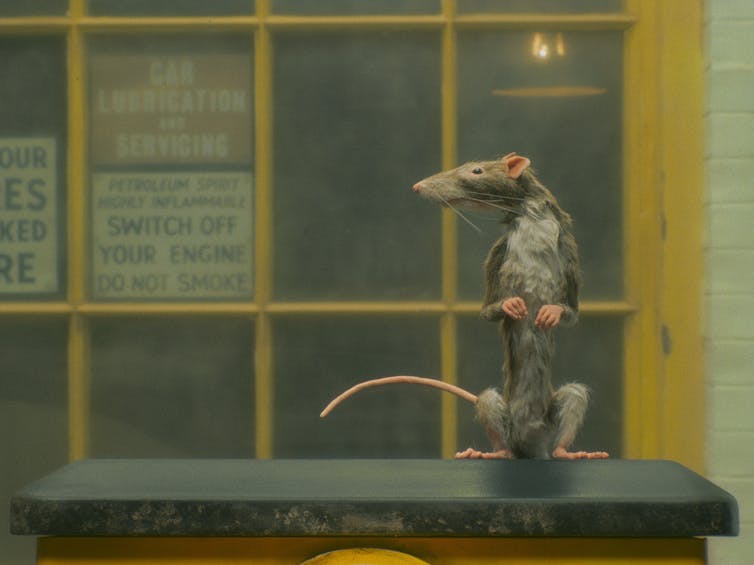
Wes Anderson’s latest work involves four short films based on Roald Dahl stories: The Wonderful Story of Henry Sugar, The Swan, The Rat Catcher and Poison.
The Wonderful Story of Henry Sugar is the longest, with a runtime of 39 minutes (from an 82-page story), following the altruistic journey of the eponymous character, played by Benedict Cumberbatch. A wealthy dandy transforms into a benevolent figure, giving away his gambling fortune to children’s hospitals and orphanages.
While the others may seem like lesser works, shorter in length (from shorter stories) and less ambitious in set design and locations, Anderson begins to survey more complicated aspects of Dahl rarely explored in the abundant screen adaptations.
A Complicated Figure
Netflix acquired the rights to Dahl’s entire catalogue in 2021 for £370 million. The first production was Matthew Marchus’s Matilda the Musical (2022) – more accurately a screen version of Tim Minchin and Dennis Kelly’s award-winning stage musical adaptation.
Several more Netflix productions are slated. The Twits, an animation film written and directed by Phil Johnston, is set for a 2025 release. This will be followed by Taika Waititi writing and directing two live-action features: Charlie and the Chocolate Factory, and its literary sequel Charlie and the Great Glass Elevator.
Dahl remains a difficult figure in history. There is Dahl the beloved author of some of the most influential and popular works ever written for children. Meanwhile, there is the complicated persona who repeatedly made unwavering racist remarks and further reduced his characters to discriminatory and sexist stereotypes.
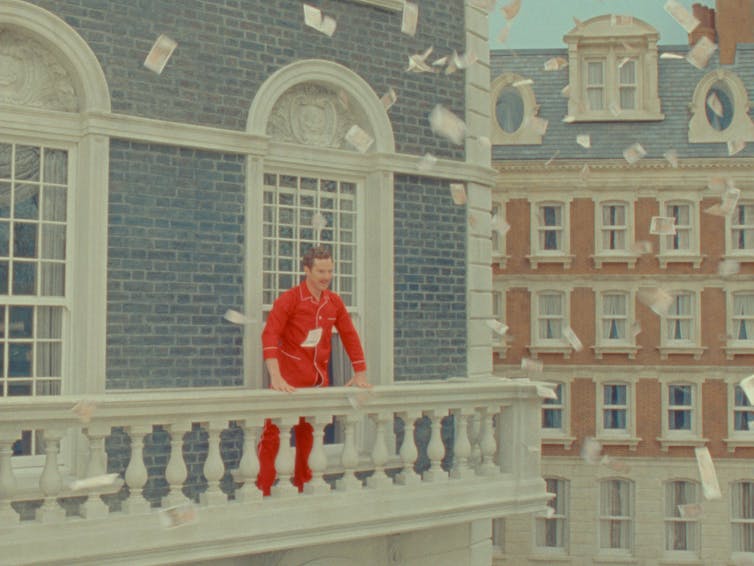
Despite Dahl insisting to his publishers to “not so much as change a single comma in one of my books”, in February this year Puffin Books announced it would be creatively editing portions of many of his children’s novels to “ensure that it can continue to be enjoyed by all today”.
This included removing or replacing words describing the appearance of characters (“old hags” become “old crows” in The Witches) and adding gender-neutral language (“Cloud-men” have become “Cloud-People” in James and the Giant Peach). Contemporary writers, such as Salman Rushdie, decried such liberties as a form of literary vandalism and blatant censorship.
Nastiness, Weirdness And Racism
Anderson’s Dahl shorts explore some grittier works from the author’s oeuvre without any creative rewriting. These are some of the most literal and faithful Dahl adaptations ever put on screen.
First and foremost, Dahl (played by Ralph Fiennes) becomes an onscreen character and narrator. The sight of Dahl talking directly to camera in his famous writing chair is somewhat uneasy. Which Dahl will we see? The bigot? Beloved children’s author?
In truth, we see neither in the character – but rather manifestations of both in the films themselves.
Anderson doesn’t suppress aspects of nastiness, weirdness and racism from the adapted stories underlined by darker themes and a darker tone.
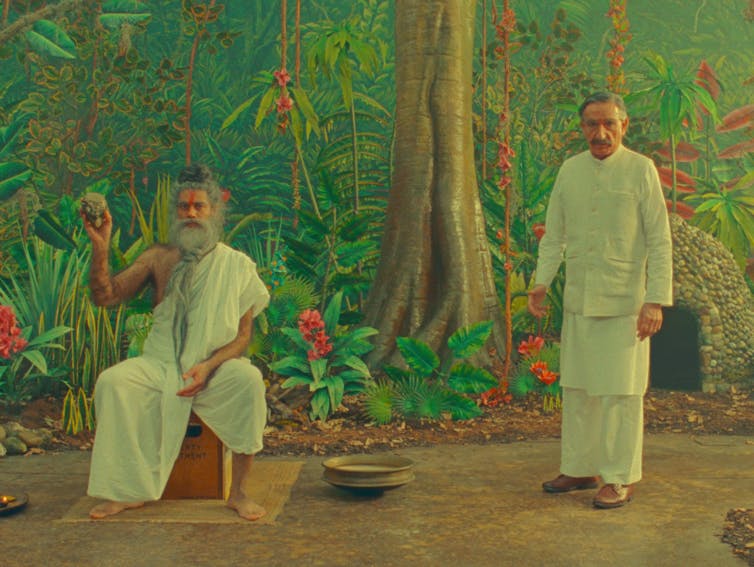
The Wonderful Story of Henry Sugar is the most joyous in both style and story, and a natural follow-on from Anderson’s earlier stop-motion Dahl feature adaptation, The Fantastic Mr Fox (2009).
From the altruistic Henry Sugar, things significantly go darker both tonally and thematically. The Swan is about a boy victimised to merciless bullying; The Rat Catcher involves a man (played also by Fiennes) with disgustingly filthy nails resembling claws who kills a rat with his teeth.
These characters are not punished, exposed and exiled. They are revealed for their true selves – as ugly and uncomfortable as that may be to watch.
Dahl And His Cultural Legacy
A point of interest is the order these shorts are curated on Netflix. Each was dropped on the platform within a few days of each other, and this order remains when the films are grouped together as the Dahl adaptation package.
The final, and most confronting, of these shorts is Poison. The story is of Englishman Harry Pope (Benedict Cumberbatch) in British-ruled India, who believes he has a poisonous krait snake asleep with him in his bed. When this is proven incorrect, Dr Ganderbai (Ben Kingsley) is subjected to Harry’s racial slurs.
It is an ugly and unexpected moment that provokes the doctor to leave in stunned silence.
This adaptation has been previously adapted several times on television: in 1958 into an episode of Alfred Hitchcock Presents; in 1980 it was adapted as the fifth episode of the second series of Tales of the Unexpected.
These TV adaptations turn Harry into an alcoholic whose mind cannot be trusted. Here, Anderson is more faithful to Dahl’s story, presenting Harry as a lucid and ungrateful bigot to the doctor’s attempts to rescue him.
It is with this reprehensible and unapologetic racist attack that Anderson’s shorts conclude.
From the first film, with its vivid colours and altruistic themes, to the bleak finale of Poison, it feels as if Anderson is making a statement about the difficulties in which to regard Dahl and his cultural legacy.
In the process, he has produced some of his most challenging, complex and intriguing films to date. ![]()
Stephen Gaunson, Senior Lecturer, RMIT University
This article is republished from The Conversation under a Creative Commons license. Read the original article.
NASA’s Psyche asteroid mission: a 3.6 billion kilometre ‘journey to the centre of the Earth’
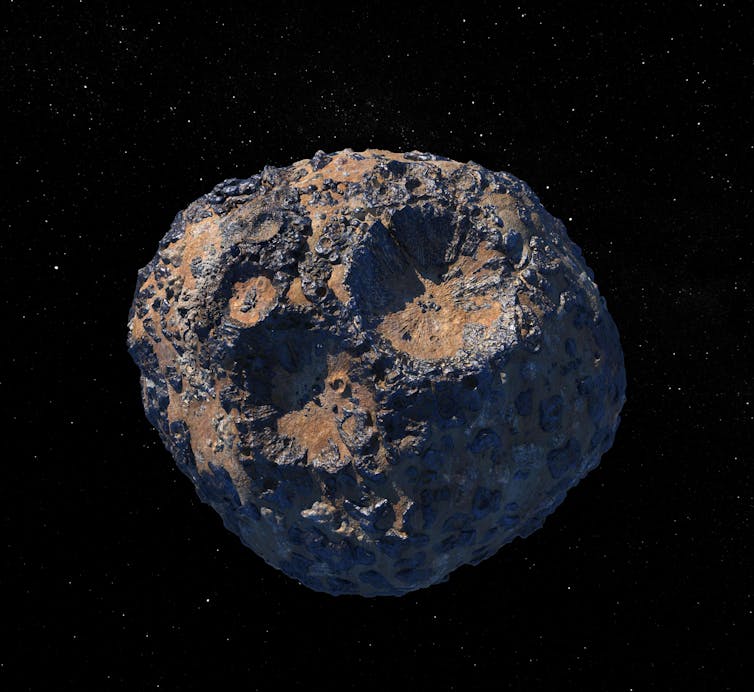
Psyche was the Greek goddess of the soul, born a mere mortal and later married to Eros, the God of love. Who knows why the Italian astronomer Annibale de Gasparis gave her name to a celestial object he observed one night in 1852?
Psyche was only the 16th “asteroid” ever discovered: inhabitants of the Solar System that were neither the familiar planets nor the occasional visitors known as comets. Today we know the asteroid belt between the orbits of Mars and Jupiter contains millions of space rocks, ranging in size from the dwarf planet Ceres down to tiny pebbles and grains of dust.
Among all these, Psyche is still special. With an average diameter of around 226km, the potato-shaped planetoid is the largest “M-type” asteroid, made largely of iron and nickel, much like Earth’s core.
Last week NASA launched a spacecraft to rendezvous with Psyche. The mission will take a six-year, 3.6 billion kilometre journey to gather clues that Earth scientists like me will interrogate for information about the inaccessible interior of our own world.
Natural Laboratories
M-type asteroids like Psyche are thought to be the remnants of planets destroyed in the early years of the Solar System. In these asteroids, heavier elements (like metals) sank toward the centre and lighter elements floated up to the outer layers. Then, due to collisions with other objects, the outer layers were torn away and most of the material was ejected into space, leaving behind the metal-rich core.
These metallic worlds are perfect “natural laboratories” for studying planetary cores.
Our current methods for studying Earth’s core are quite indirect. We sometimes get tiny glimpses into the Solar System’s early history – and hence our planet’s own history – from metallic meteorites, parts of asteroids that fall to Earth. However, this view is very limited.
Another way to study the core is using seismology: studying how the vibrations caused by earthquakes travel through the planet’s interior, in much the same way doctors can use ultrasound to see the inside of our bodies.
However, on Earth we have fewer seismographs in the oceans and in the Southern Hemisphere, which restrict what we can see of the core.
What’s more, the core is buried beneath the planet’s outer layers, which obscure our view even further. It is like looking at a distant object through an imperfect lens.
As well as seismology, we learn about the core through lab experiments attempting to recreate the high pressures and temperatures of Earth’s interior.
We take the observations from seismology and lab experiments and try to explain them using computer simulations. In a recent paper in Nature Communications, we discussed the current challenges in studying Earth’s core – and the ways forward.
What The Psyche Mission Hopes To Discover
We can think of NASA’s mission to Psyche as a journey to the centre of Earth without having to travel down through the planet’s rocky crust, the slowly moving mantle and the liquid core.
The mission aims to find out whether Psyche really is the core of a destroyed planet, that was initially hot and molten but slowly cooled and solidified like the core of our planet. On the other hand it’s possible Psyche is made of material that was never melted at all.
NASA also wants to discover how old Psyche’s surface is, which would reveal how long ago it lost its outer layers. The mission will also investigate the asteroid’s chemical composition: whether it contains lighter elements alongside iron and nickel, such as oxygen, hydrogen, carbon, silicon and sulphur. The presence or absence of these could give us clues about our own planet’s evolution.
Information about Psyche’s shape, mass, and gravity distribution will also be gathered. Also, the potential for future mineral exploration should be studied.
All of this will be possible with the broad-spectrum cameras, spectrometers, magnetometers, gravimeters and other instruments the spacecraft carries. Scientists like me will follow with impatience the mission’s long journey through space.![]()
Hrvoje Tkalčić, Professor, Head of Geophysics, Director of Warramunga Array, Australian National University
This article is republished from The Conversation under a Creative Commons license. Read the original article.
Starlink satellites are ‘leaking’ signals that interfere with our most sensitive radio telescopes

When I was a child in the 1970s, seeing a satellite pass overhead in the night sky was a rare event. Now it is commonplace: sit outside for a few minutes after dark, and you can’t miss them.
Thousands of satellites have been launched into Earth orbit over the past decade or so, with tens of thousands more planned in coming years. Many of these will be in “mega-constellations” such as Starlink, which aim to cover the entire globe.
These bright, shiny satellites are putting at risk our connection to the cosmos, which has been important to humans for countless millennia and has already been greatly diminished by the growth of cities and artificial lighting. They are also posing a problem for astronomers – and hence for our understanding of the universe.
In new research accepted for publication in Astronomy and Astrophysics Letters, we discovered Starlink satellites are also “leaking” radio signals that interfere with radio astronomy. Even in a “radio quiet zone” in outback Western Australia, we found the satellite emissions were far brighter than any natural source in the sky.
A Problem For Our Understanding Of The Universe
Our team at Curtin University used radio telescopes in Western Australia to examine the radio signals coming from satellites.
We found expected radio transmissions at designated and licensed radio frequencies, used for communication with Earth.
However, we also found signals at unexpected and unintended frequencies.
We found these signals coming from many Starlink satellites. It appears the signals may originate from electronics on board the spacecraft.
Why is this an issue? Radio telescopes are incredibly sensitive, to pick up faint signals from countless light-years away.
Even an extremely weak radio transmitter hundreds or thousands of kilometres away from the telescope appears as bright as the most powerful cosmic radio sources we see in the sky. So these signals represent a serious source of interference.
And specifically, the signals are an issue at the location where we tested them: the site in WA where construction has already begun for part of the biggest radio observatory ever conceived, the Square Kilometre Array (SKA). This project involves 16 countries, has been in progress for 30 years, and will cost billions of dollars over the next decade.
Huge effort and expense has been invested in locating the SKA and other astronomy facilities a long way away from humans. But satellites present a new threat in space, which can’t be dodged.
What Can We Do About This?
It’s important to note satellite operators do not appear to be breaking any rules. The regulations around use of the radio spectrum are governed by the International Telecommunications Union, and they are complex. At this point there is no evidence Starlink operators are doing anything wrong.
The radio spectrum is crucial for big business and modern life. Think mobile phones, wifi, GPS and aircraft navigation, and communications between Earth and space.
However, the undoubted benefits of space-based communications – such as for globally accessible fast internet connections – are coming into conflict with our ability to see and explore the universe. (There is some irony here, as wifi in part owes its origins to radio astronomy.)
Regulations evolve slowly, while the technologies driving satellite constellations like Starlink are developing at lightning speed. So regulations are not likely to protect astronomy in the near term.
But in the course of our research, we have had a very positive engagement with SpaceX engineers who work on the Starlink satellites. It is likely that the goodwill of satellite operators, and their willingness to mitigate the generation of these signals, is the key to solving the issue.
In response to earlier criticisms, SpaceX has made improvements to the amount of sunlight Starlink satellites reflect, making them one-twelfth as bright in visible light as they used to be.
We estimate emissions in radio wavelengths will need to be reduced by a factor of a thousand or more to avoid significant interference with radio astronomy. We hope these improvements can be made, in order to preserve humanity’s future view of the universe, the fundamental discoveries we will make, and the future society-changing technologies (like wifi) that will emerge from those discoveries.![]()
Steven Tingay, John Curtin Distinguished Professor (Radio Astronomy), Curtin University
This article is republished from The Conversation under a Creative Commons license. Read the original article.
100 years of Disney: from a cartoon mouse to a global giant, how Walt Disney conquered the world
Ben McCann, University of AdelaideOn October 16 1923, brothers Walt and Roy set up a modest cartoon studio. Their goal was to produce short animated films. They created a new character: a mouse, with large ears.
Named “Mickey”, he soon became one of the world’s most recognisable images.
Walt Disney was an innovator in terms of space, colour and movement. He had an uncanny ability to provide pleasure for millions of viewers struggling through the Great Depression.
A century later, Disney is one of the world’s largest entertainment conglomerates.
Disney has influenced countless other animation studios and artists. It has received Academy Awards for Best Animated Feature for the likes of The Incredibles, Up and Frozen. Walt himself holds the record for most nominations (59) and Oscar wins (22 competitive awards, plus four honorary awards) for a single individual.
Just how did Disney manage to do it?
Steamboat Willie And Technological Wonders
Based in Los Angeles, Disney set about innovating. He created The Alice Comedies, a series of short films featuring a live-action child actress in a cartoon world. Then came Oswald the Lucky Rabbit, a precursor to Mickey Mouse.
Steamboat Willie, released in 1928, was the world’s first fully synchronised sound cartoon. His pioneering use of sound quickly became an industry norm.
A simple story featuring Mickey as a steamboat captain trying to navigate the boat while dealing with various comical situations, Steamboat Willie was universally praised. After a short theatrical run in New York, the film was exhibited nationwide and set Disney on its way.
The clip of Mickey holding the ship’s wheel and whistling became the company’s logo in 2007, reminding audiences of Steamboat’s enduring importance.
New characters emerged post-Steamboat, such as Donald Duck and Mickey’s love interest, Minnie, which still endure today.
Flowers and Trees, made in 1932, was the first animated short film to win an Academy Award – it was also Disney’s (and the industry’s) first full-colour three-strip Technicolor film.
By the end of the 1930s, Disney had pivoted to feature-length animated films, releasing Snow White and the Seven Dwarfs in 1937.
The Golden Age And Feature Films
What followed Snow White is often referred to as Disney’s “golden age”, with the release of Pinocchio (1940), Dumbo (1941) and Bambi (1942).
Those early films still dazzle today – think of the Sorcerers’ Apprentice scene in Fantasia (1940) or the Pink Elephants hallucinogenic number in Dumbo. And is there any scene, in any film, more heart-wrenching than the death of Bambi’s mother?
But the golden age never really stopped. The hits just kept on coming - Peter Pan (1953), Lady and the Tramp (1955) and Mary Poppins (1964) remain enduring classics. In the 1990s, a new generation fell in love with Beauty and the Beast (1991), Aladdin (1992) and The Lion King (1994) – and these films were then remade as live-action versions in the 2010s.
Even a minor Disney film like Zootopia (2016) could make a billion dollars at the box-office.
Disneyland And Diversification
In 1955, Walt Disney opened Disneyland in Anaheim, California. He wanted to build an inclusive theme park where all the family could have fun.
It set the standard for theme park design and showed the way forward for the company: diversification.
After Disneyland came Walt Disney World in Florida in 1971, then versions of Disneyland in Paris, Tokyo, Hong Kong and Shanghai.
A famous diagram, sketched by Walt himself in 1957, foreshadowed the direction Disney would ultimately take: a huge business empire of synergies, merchandising and cross-promotion.
Buyouts And A Cultural Behemoth
In 2006 Disney bought Pixar, in 2009 it bought Marvel and in 2012 it bought Lucasfilm. These acquisitions solidified Disney’s position as the brand leader in the entertainment industry.
Pixar was known for films like Toy Story (1995) and Finding Nemo (2003) and the purchase would lead to multiple collaborations between the two.
Most recently, in 2019, Disney acquired 21st Century Fox for a staggering US$71 billion. The deal gave them instant access to Fox’s vast back catalogues.
The deal made some industry insiders uneasy: Disney had become a cultural behemoth, strangling competition, homogenising content and swallowing up entire franchises.
Not All Plain Sailing
Disney films proudly prioritise family values, stress teamwork and empathy and promote gender equality. Yet until relatively recently, its heroes and heroines were very visibly white, and the studio was criticised for invoking messages of privilege, racial hierarchy and standards of beauty.
Its 1946 film Song of the South has long been criticised for its racist portrayal of African Americans and its romanticisation of the plantation era. Since 1986, Disney have tried to keep it out of circulation, although clips can be found online.
Many old films streaming on Disney+ now feature a disclaimer telling viewers some scenes will include “negative depictions” and “mistreatment of people or cultures”.
LGBTQ+ representation has become more visible since LeFou became Disney’s first openly gay character in its 2017 live-action Beauty and the Beast. But the backlash was troubling, and Disney also ran into trouble with conservative critics with its same-sex kiss in Lightyear (2022), and would later be mocked as “woke Disney” by conservative politicians and media personalities.
CEO Bob Iger – who stepped down in 2021 but was then brought back in 2022 on a huge salary – has not fared well during the recent SAG-AFTRA disputes, with comments deemed out of touch and tone-deaf by many.
Still, despite these tricky issues, Disney’s corporate stranglehold shows no sign of abating. Its reach is gigantic. From cartoons to comics to CGI, Disney controls much of our popular culture.
“If you can dream it, you can do it,” Walt once said. As Disney turns 100, with a market capitalisation today of more than US$150 billion, that’s some dream come true.![]()
Ben McCann, Associate Professor of French Studies, University of Adelaide
This article is republished from The Conversation under a Creative Commons license. Read the original article.
As Disney turns 100, the brand’s real legacy is its business acumen

“100 Years of Wonder” is the theme for Disney’s year-long promotion of the company’s centenary. From special Disney on Ice events to a retrospective at the British Film Institute and limited edition Disney100 merchandise, Disney’s celebration is big business.
The wonder and magic of Disney is consistently promoted. And yet I would argue that Disney’s greatest legacy is not its animated stories or characters, but the more mundane history of its mergers, acquisitions and intellectual property rights.
The business acumen of those behind the scenes at Disney have been central to the peaks and troughs of the company’s enduring presence in the film industry and popular culture at large.
Early Disney
The Walt Disney Company was founded in Hollywood by brothers Walt and Roy Disney in 1923.
Before this, along with friend and animator Ub Iwerks, the brothers had founded Laugh-O-Gram Studio in Kansas City. They then moved west with their successful silent Alice Comedies series, which featured both animation and live action.
Animation is what the Disney studio became known for. First with their shorts which included Mickey Mouse’s third outing in the studio’s first sound film, Steamboat Willie, and the Silly Symphony series. And then in their feature length films, beginning with Snow White and the Seven Dwarfs in 1937.
The first two decades of the studio established Disney’s desire for innovation and profit. This was illustrated through their early adoption of merchandising (Mickey Mouse merchandise was profitable in the mid 1930s) and various technologies, such as Technicolor and sound.
Sinking most of their profits back into their expensive animated ventures led Disney to find ways to cut costs. This included making live action nature series, television shows and opening Disneyland, their first amusement park, in Los Angeles in 1955.
While their animated products were no longer as groundbreaking as they once were, their adoption of television in the 1950s was lucrative and popular, especially The Mickey Mouse Club (1955) and Davy Crockett (1954).
Furthermore, television afforded the company the opportunity to promote their products and authenticate Disney’s position at the forefront of animation. However, live action films – quicker to make and less expensive than animation – dominated their releases in the 1960s, with stars Haley Mills, Fred MacMurray and Dean Jones appearing in multiple Disney films.
In 1966, Walt died. Roy then passed in 1971 and Walt Disney World opened in Florida the same year. In many ways, the Disney Company was never the same after the loss of the founding brothers.
Disney Without Walt
The template was established for how the company would function for the next 50 years. Disney animation innovated again in the late 1980s and early 1990s through computer animation. A renaissance took place with the releases of The Little Mermaid (1989), Beauty and the Beast (1991) and The Lion King (1994).
They also expanded into cable television with The Disney Channel and founded a distribution label, Touchstone Pictures, that focused on films for adults.

There was unhappiness among animators at the studio towards the company’s bureaucracy and the perception that profits always went back into the films and not to improving working conditions or salaries (one major strike against Disney took place in 1941).
The list of former Disney animators that went on to work elsewhere or open their own animated studios is long and diverse.
Walt had learned the importance of owning rights early in his career, after he lost the intellectual property to his first successful animated character, Oswald the Lucky Rabbit. The imperative to retain proprietorship and diversify the corporation can be witnessed in many of Disney’s deals and mergers.
In 1991, Disney agreed to make films with Pixar, which has gone on to be regarded as an innovative animated studio. They later acquired Pixar in 2006.
Disney Today
In 1995, Disney acquired the ABC television network, which also owned the cable sports network, ESPN. In April 2004, Disney purchased the Muppets franchise. In 2009, Marvel Entertainment was acquired and Lucasfilm was bought in 2012.
Through these purchases, Disney has become one of the most significant entertainment companies in the world and one of the few early Hollywood studios that still maintains name recognition (Disney bought out 20th Century Fox in 2019).
Whereas for earlier generations Disney stood for Mickey Mouse, animated fairy-tale features and family entertainment, for younger generations, Disney is a streaming service, amusement park brand and the creator of the Star Wars universe television programming.
Traces of Walt, Roy and the pioneering animation established in the early days of the studio can be seen in their animated releases, such as Encanto (2021), and company legacy through the “reimagining” of their animated films, such as the recently released live action The Little Mermaid.
The commercial landscape of the entertainment business is always in flux. While many companies are operating their own streaming services, the long term success of these services are questionable. This is most evident in the recent writers and actors strike in Hollywood that was mainly focused on outdated royalty models that do not account for streaming media content.
Disney’s last few releases were not as successful as they had anticipated at the box office and they have lost a significant amount of Disney+ subscribers this year. However, this is a trend taking place throughout Hollywood and, while Disney is struggling, they remain a significant brand in the global media market.
And there is no question that their theme parks continue to be popular with families who want to immerse themselves in all things Disney.
The magic of Disney’s animation and the memories created at their theme parks is part of their “100 years of wonder”. But so is their successful business model that has continually adapted to changes in the entertainment business and its persistent cultural relevance.

Looking for something good? Cut through the noise with a carefully curated selection of the latest releases, live events and exhibitions, straight to your inbox every fortnight, on Fridays. Sign up here.![]()
Julie Lobalzo Wright, Assistant Professor in Film and Television Studies, University of Warwick
This article is republished from The Conversation under a Creative Commons license. Read the original article.
Friday essay: a poet, a disciplinarian, an illiterate grandfather – writers reflect on the teachers who shaped them

What does a writer’s education look like? Is it access to books, regular letter-writing, difficulty in childhood (war, illness, a brutal boarding school)? What talent or disposition primes the young writer for their training? In the push and pull of nature versus nurture, a key element is the right teacher, at the right time: the encouraging, goading or resistant pressure that nudges along the curious mind.
The essays in a new book edited by Dale Salwak, Writers and their Teachers, lead you to reflect on your own teachers, but one of the themes is that the writing teacher, in retrospect, takes many forms.
I recall Mrs Wagstaff, a dinner lady at my English primary school with dyed red curls and long fingernails, who occasionally read us stories on rainy lunchtimes. “See it in your mind’s eye,” she said to us, as we sat cross-legged on the carpet, 40-odd years ago. I did see it in my mind’s eye, and still do.
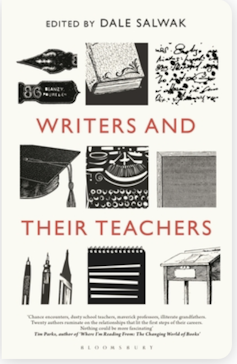
We all pick over stories of personal transformation in adulthood, the scenes and dramatis personae vivid across the years. Who was it who made the difference, and how? Writers and their Teachers reads as a collective bildungsroman, in which we come to understand the forces that shaped the adult writer. In this genre, the teacher or mentor is central, guiding the apprentice towards mastery.
Such transformations call for belief on the part of the teacher, and a spark of interest in the student. Salwak, in his introduction, quotes Ralph Waldo Emerson:
The whole secret of the teacher’s force lies in the conviction that men [and women] are convertible, and they are.
Here we witness 20 such conversions, from a young person with a desire, or perhaps only its flicker, to a life ablaze with language, ideas, images and story.
Unlikely Teachers
Kenyan literary giant Ngũgĩ wa Thiong’o names his illiterate maternal grandfather as his first writing teacher.
Ngũgĩ became his child scribe, reading aloud his grandfather’s letters until they represented perfectly what he wanted to say. This process not only taught him “the value of the written word and the revision necessary to make it read smoothly”, but crucially “the beauty of written Gĩkũyũ”, his mother tongue.
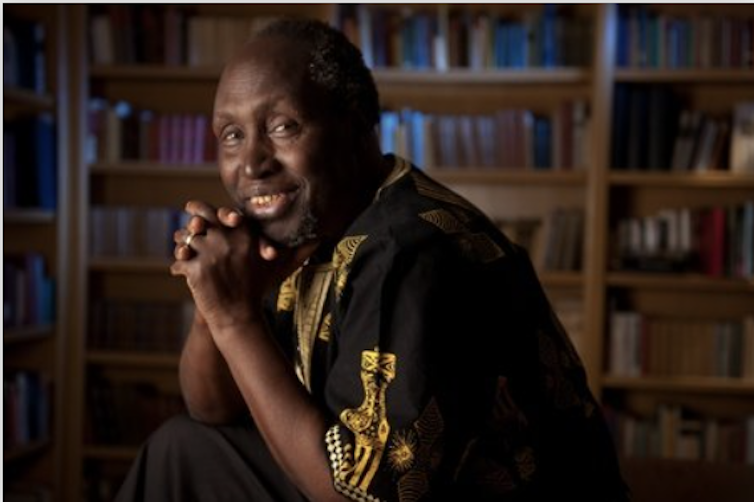
Ngũgĩ thrived at school, speaking, reading and writing in his first language, but in 1952, the colonial government banned African-run schools, and use of local languages became dangerous.
Ngũgĩ’s first books, including his classic of the Mau Mau rebellion, A Grain of Wheat, were written in English, the language of the coloniser. In 1977, Ngũgĩ helped to write and stage a politically outspoken play with Gĩkũyũ speakers.
Imprisoned for over a year as a result, and surrounded by Gĩkũyũ “teachers” in the form of his guards, he wrote his first novel Devil on the Cross (on toilet paper) in his first language. Ngũgĩ writes:
So, it was a maximum security prison in Kenya which made me return to my roots, under the literary tutelage of my grandfather, Ngũgĩ wa Gĩkonyo, to whom I am eternally grateful. He was indeed my first literary teacher.
Few lessons in these essays are learned at such great personal risk, but many of the writers also credit unlikely teachers. The British detective novelist Catherine Aird moved as a child to a village in which she knew no one, and was struck down by that not unusual formative event in the biographies of writers, a long childhood illness. She worked her way through the contents of the village library, plunging into the Golden Age of detective fiction. Her family was also training her to appreciate a puzzle:
I lived in a household daily engaged in solving crosswords and with a keen (and wily) bridge player for a mother and a medical father who likened diagnosis to simple detection.
Aird paints a cosily macabre picture of the breakfast table, with her doctor father sharing his enthusiasm for forensics, recounting a gruesome local murder-suicide case in which he was advising the coroner. She even played assistant to his detective work, on one occasion sent upstairs in a house in which a man was
found unconscious at the foot of his stairs to feel whether the bed was still warm and thus help establish when he had fallen.
Sometimes what the young writer needs to learn is how to navigate the wider world glimpsed through reading and writing. Michael Scammell, biographer of Solzhenitsyn and Koestler, spent two years as a copy boy at the Southern Daily Echo in Southampton, the first in his family to be educated to 16.

A grammar school boy in the English selective system, he had left his own world behind without a guide for the journey. The older journalist Anthony Brode, “giant of the newsroom”, a bohemian francophone, relaxed, cultured, product of a privileged education “taught me how to write – and live – in an unfamiliar environment”.
A book about education (particularly when the writer is British) is also a picture of class and a navigation of its boundaries. Tony’s home was a revelation:
Unlike my family’s small living room, where four of us huddled over a coal fire on wintry nights with the radio blasting, making it hard to read, Tony and Sylvia’s comfortable lounge was spacious and warm, and I had free run of their bookcases (there was no television, of course).
In these shelves, Scammell discovered the fiction of Orwell, Wodehouse, Hemingway and Fitzgerald. Books, of course, are our other teachers. Later, Tony provided the connection via his publisher for Scammell to begin publishing translations, and he was on his way.
The friendships that emerge from such unequal beginnings are often long and distinguished by the generosity of the mentor. A gentle awe infuses several of the essays, that so much can be given with nothing asked for in return. As poet-critic William Logan writes on his unconventional professor David Milch (creator of NYPD Blue and Deadwood):
there are debts that cannot be repaid because you do not possess the currency in which they were tendered.
Sir Vidia’s Gifts
The gift bestowed by V.S. Naipaul, Nobel laureate, on the younger writer Paul Theroux, was great, but ambiguous. Theroux writes:
More than fifty years of writing about Naipaul and reflecting on his influence! Yet it is only in the last few years, the dust having settled, that I have re-examined our relationship and seen how complex it was, how important – how crucial – it was to my becoming a writer.
This is the final essay of the collection. Arranged as the pieces are in a journey through “School”, “College” and “Graduate School and after”, a growing sense becomes evident, as the writers recall themselves as adult mentees rather than as children, of their teachers as flawed human beings. This is perhaps difficult to avoid in Naipaul’s case, but for Theroux, Naipaul’s snobberies and imperiousness – and a 15-year break in their friendship – do nothing to undermine his significance.
When Theroux met Naipaul in Kampala in 1966, he knew no novelists and sought guidance. As Naipaul’s driver, escort and interpreter, he was able to observe at close quarters his utter seriousness about writing, and to receive its lessons in a terror-induced atmosphere of total concentration.
Mine was an animal alertness: no creature is more wired than an animal in unfamiliar surroundings – every faculty is twitchingly alight, every synapse engaged. I was fully awake in his presence and fearful of making a blunder.

When this 30-year apprenticeship ended in rejection born of one of Vidia’s “foul moods”, Theroux saw it as liberation: “promotion to a higher rank”. He was now free to write his controversial memoir of their friendship, Sir Vidia’s Shadow. In the end, Theroux has no regrets. What “every aspiring person” needs, he tells us, is encouragement and belief. “Naipaul did that for me: he alone told me what I was capable of doing.”
House Calls
The form the mentor most usually takes in these pages is the school or university teacher, and it is often in the glimpse of them as something more than a teacher that they take shape.
J.M. Coetzee recalls Gerrit Gouws, a cane-bearing disciplinarian who taught the final stage of Worcester Boys’ Primary. One day Mr Gouws broke role to invite the young John to tea, who was amazed to learn that his teacher lived on the same housing estate as he did.
As far as I was concerned, outside the classroom [teachers] might as well have had no lives.
Here and in other essays a teacher opens up the mysteries and possibilities of other people by revealing an existence beyond the borders of school. Historian and biographer Gretchen Holbrook Gerzina writes of her kind and imaginative teacher Mabel Morrill:
we had no notion that she could even have a personal life that would interest us.

Like Coetzee’s Mr Gouws, Mrs Morrill stepped out of the classroom and into her pupil’s life, calling at her house. She had noticed that Gretchen made her own clothes (the teacher taking the trouble to notice is a potent force in this book), and asked to be measured up for a dress, setting off a chain of connections which brought Mrs Morrill vividly into three dimensions.
When the young Coetzee visited his teacher for tea, he made his own discoveries, most improbably, that Mr Gouws had, “of all things,” a wife. What could all this be about? he wondered at the time, but sees now what such a moment always tends to mean: that the teacher views the pupil as an individual, worthy of interest, deserving of encouragement.
The memory also allows Coetzee to access, 70 years on, the significance of his being taught in English, and paid a small extra attention, by an Afrikaner. This teacher, across a social and cultural divide, taught students with more natural facility than himself “the ability to take sentences of the English language to pieces and put the pieces together again”.
Mr Gouws would have operated according to the teacherly hope that some of the children you meet in your years in the classroom will make the fullest use of what is offered. How well this gamble paid off in the case of the future Nobel prize winner who came to tea.
Learning To Read
The exhilaration offered up by paying meticulously close attention to language is one of the gifts enumerated in Writers and their Teachers. Former British Poet Laureate Andrew Motion learned close reading from his poet-teacher Mr Way, who had been immersed in New Criticism at Oxford. This mainstay of mid-century literary studies, as Motion writes:
concentrated rigorously on the text and paid little or no attention to biographical facts or historical context.
Motion grew in time to appreciate the connections between the poem and its world, but like many other writers who passed through an education system in thrall to this rigorous separation, the experience of encountering poetry in a “pure form” remained a foundational lesson.
Mr Way and his methods arrived in Motion’s life as balm after the brutalities of an English prep school. The pupil learned in his classes that the distilled nature of poetic language demands a focus approaching that which produced the work.
This discovery was joined by another: that language relies for meaning on sound as well as sense. Poetry became
a forest of cadences and associations in which no interpretation can be “wrong” […] provided I’m able to explain and justify it.
The drama of education is that its transformations occur amid the difficulties of childhood and young adulthood. In this context, knowledge can feel like rescue.
Words That Change Everything
Biographer Carl Rollyson structures his essay around the life-changing comments his teachers made. Like others here, he suffered great difficulty in his young life, in this instance the loss of his father to cancer.
His chapter begins with the words of his English teacher James Allen Jones: “You read beautifully,” after he had recited a speech by Cassius in Julius Caesar.
He put his hand on my arm when he said the words, and it was as if I had been reborn. Some teachers have that power: to move you with a voice that liberates you to be yourself.
This liberating power is the true subject of this book. Again and again, we see the teacher lay out the tightrope and hold it taut, as the young writer clenches their toes and steps out above the air.
I paused reading to write to an old school friend about our English teachers at secondary school. When we were 16, our beloved English teacher Miss Quinn, wearer of bright silk suits tailored on her annual trips to Thailand, was replaced by a new teacher who was more austere, less of a friend to us. She had been a missionary, and seemed otherworldly, but it was she who wrote on a piece I wrote about early childhood, “You are a real writer.”
What do you do with that? Remember it in moments of uncertainty, and try to honour it.
Full Circle
Students who liked learning often become teachers themselves. Novelist and poet Jay Parini recalls his college advisor Ed Brown, how impressed he was by him, how he came to imitate his clothes and manner. Even now, when he walks into a classroom, he thinks: “I’m Ed Brown today, reborn.”

The novelist Margaret Drabble, a graduate of Newnham College at Cambridge, found herself teaching in a very different institution, Morley College in Lambeth, established for the purposes of educating the working classes in a slum area. By 1969, when Drabble arrived, her classes were filled with young mothers, taking advantage of the creche facility and flexibility of curriculum:
the majority of the group were young women like me, and together we explored the world of literature, making up our own syllabus and our own lives as we went along. I was my own student. We taught ourselves.
These women of the 1970s were living out change, and Drabble was learning and teaching at the same time, as is the way of things. At the end of her essay, Drabble states simply: “We learn much from those we teach.”
The step into teaching is an important developmental stage in many writers’ journeys, as well, perhaps, as a partial repayment of one’s debt.
How in the end are writers made? The answers in this book are – to a degree – specific to certain contexts. For example, only four of the writers are women. As well, contributors tend to be of a certain age. If younger writers were asked about their education, perhaps we would see some essays on the teaching and mentorship taking place in writing centres and community organisations, that can lead to the airing of new voices.
Still, the deep experience of the contributors offers a long view, and makes for rich storytelling, textured by living histories of education, class and literature. What we learn is that it is a dual gift their guides bestow: demonstrating what is possible, offering the courage to reach for it.
Work To Do, But Worth Doing
I recognise some of the paths these writers have walked, and yet there is no map to the writing life. Who were my teachers? At first, before school, someone taught me to read. Was it my parents? My recollection is that I taught myself, but no doubt there was more to it.
At school I was allowed to read ahead, wandering through the corridors in the quiet of lesson time – free and trusted – to access shelves outside the other classrooms.
In third year, lovely Mrs Rudra, who allowed the girls to wear her saris as a treat (how cool the silk felt on my skin), organised for me to exchange letters with a children’s author, Rosemary Manning. I had a terrifying teacher in fifth year but she had no problem with my nerdy habit of putting on plays for the other children.
My grandmother, throughout my childhood, insisted I was going to be a writer. This was my education. Strong nudges, provision of resources, a long leash.

At the end of secondary school I encountered close reading in the form of the Practical Criticism exam (here is a poem: knowing nothing of its contexts, analyse it), but also in the forensic discussion of a single, two-word line – “Kill Claudio” – from Much Ado About Nothing. Our English group of five, plus Miss Yates, planting careful provocations, spent a whole class arguing delightedly about it.
Later, at Nottingham University, I stood marvelling with my friends outside the military-looking huts of the American Studies department, having spent an hour picking through William Stafford’s poem Traveling through the Dark with our lecturer, the gentle, patient, unpretentious Dave Murray, feeling the same exhilaration as after the Kill Claudio class. So few words, so much meaning, if someone showed you how to pay a special kind of attention.
I spent a summer on exchange in the States. At American universities, unlike in England, you could take creative writing classes. My teacher was the poet Susan Firer, who modelled the life of a person who lived in writing.
She told us about waking early to write and walk, about going to see other writers read when she was young. She was serious and kind, and left “nice"s dotted through my journal: small, sweet gifts. The desire to write was latent before this, a flicker; explicit from then on.
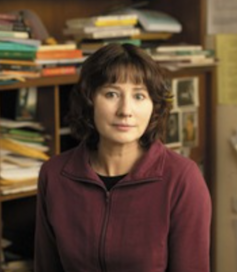
Much later, I studied for a creative doctorate in Sydney, writing a novel, a fictionalised account of the lives of my grandparents, for my thesis. I submitted a section for workshopping. "Your grandmother is important to you,” the workshop leader said, “but why is she interesting to us?”
A fair question, which I found devastating, until I had tea with my supervisor, the novelist Gail Jones, to discuss the work in question. She paid this far from finished work a patient, brilliantly focused attention that was instantly cheering. “There is work to do,” I felt her saying to me, “but it is worth doing, and you are the person to do it.”
I teach writing now at university. You see a glint in students, as they transform uncertainly into whoever it is they are becoming. Some way into semester, one of them will peel off from the crowd to ask you about a future in writing. You have to tell them there is no money. You have to say there is no path.
You hope what you are also saying, in this moment, and when you stand in front of the class, week after week, talking about their writing and other people’s, is that it is worth it. If you love what words can do, why wouldn’t you want to live a life shaped by their potential?![]()
Belinda Castles, Lecturer in Creative Writing, University of Sydney
This article is republished from The Conversation under a Creative Commons license. Read the original article.
Beach Without Sand Celebrates 40th Year
- 🎂 Tammy! For your amazing cake
- 🍹 Tom for keeping everyone hydrated with your epic kombuchas
- 🍺 Balter for keeping the good times rolling with beers galore
- 🚀 NASA for lending us the tents and BBQ
- 🌶️ Volcom for putting on an epic chilli eating competition that the grooms will be talking about for years to come
- 🛍️ Volcom, Quiksilver, Roxy, Ocean & Earth, Rip Curl, Sun Bum, We Are Feel Good, Creatures of Leisure, FCS, Otis and Oneill for providing epic prizes and giveaways for the day along with all the goodies that filled the show bags
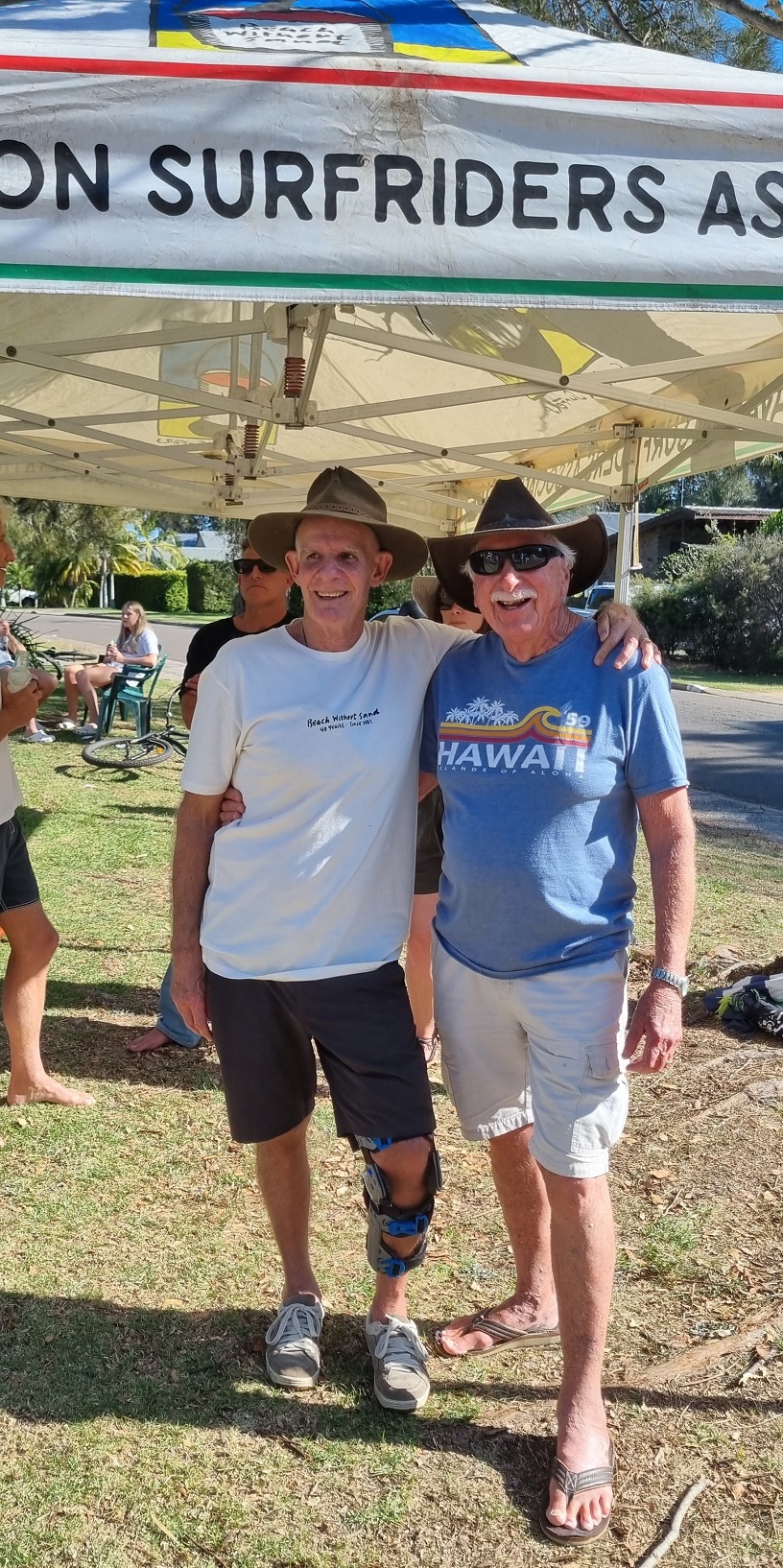
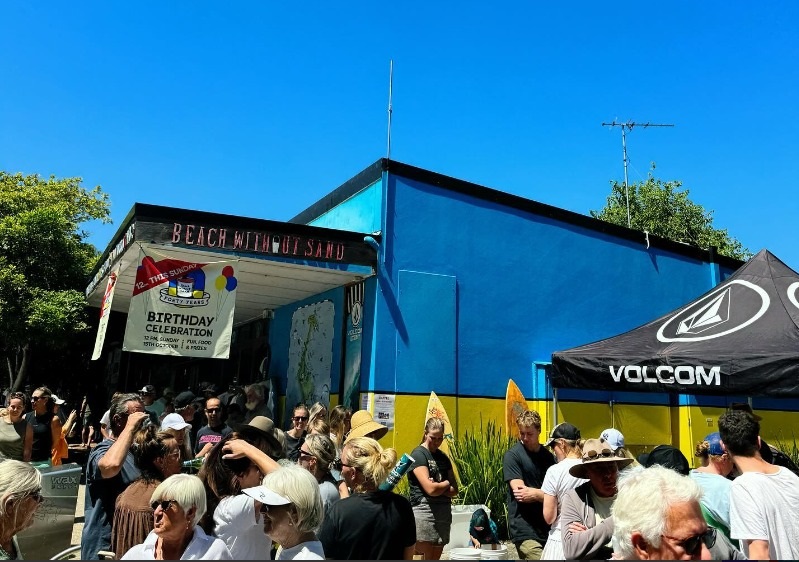
New Statutory Agency To Investigate Systemic Issues In Aged Care
- investigate systemic issues across the aged care system, including complaints management processes
- report on the Government’s implementation of the recommendations from the Royal Commission’s final report.
National Centre To Improve Health Outcomes For People With Intellectual Disability
- be a leader in intellectual disability health
- identify gaps in research on intellectual disability health
- improve health services for people with intellectual disability
- help people with intellectual disability and their families to find the right health services and access health information
- provide expert advice for implementing other measures under the Roadmap.
- the University of New South Wales
- the Council for Intellectual Disability
- First Peoples Disability Network
- Down Syndrome Australia
- the Centre for Disability Studies at the University of Sydney
- Queenslanders with Disability Network
- the University of Melbourne
- the Telethon Kids Institute in Perth, and
- the Mater Intellectual Disability and Autism Service in Brisbane.
Can The Perception Of Neighbourhood Environments Influence Active And Healthy Ageing?

New Study Sheds Light On Health And Wellbeing Of Carers

Celebrated novelist Arundhati Roy faces prosecution in India – for a speech she gave in 2010
Priya Chacko, University of AdelaideBooker Prize-winning writer Arundhati Roy, author of The God of Small Things, has been charged, along with retired law professor Sheikh Showkat Hussain, for allegedly seditious comments supporting the separation of Kashmir from India.
They were speaking at a 2010 Delhi conference, the same year right-wing activist Sushil Pandit filed the complaint on which these latest charges draw.
Nearly 13 years later, on October 10, Delhi’s lieutenant governor V.K. Saxena, with the approval of Narendra Modi’s government, sanctioned the prosecution. Roy and Hussain are accused of making statements promoting social enmity, prejudicing national integration and inciting offences against the state and public tranquillity.
It’s the latest in a series of prosecutions and arrests using India’s Unlawful Activities (Prevention) Act, which was amended in 2019 to allow the government to designate individuals as terrorists, without following any formal judicial process.
Roy and Hussain are not being prosecuted under sedition law, though. (In May 2022, the Indian Supreme Court ordered a hold on prosecuting such cases, while the Indian government reviews the colonial-era sedition law.)
As India hurtles toward the 2024 national election, liberal-left civil society and independent media have become prime targets of the Modi government.
A ‘Dangerous Time’ For Minorities
A strident critic of Modi’s ruling Bharatiya Janata Party, Roy used her September acceptance speech for the European Essay Prize to further condemn his government.
She criticised its normalisation of Hindu supremacism in public life and institutions, its crony capitalism, and India’s burgeoning economic inequality. She noted:
elections are a season of murder, lynching and dog-whistling – the most dangerous time for India’s minorities, Muslims and Christians in particular.
The ‘Maoist Conspiracy’ Case
On October 2, India’s National Investigative Authority conducted coordinated raids against human rights activists in the states of Telangana and Andhra Pradesh, related to the “Maoist conspiracy” case in the village of Munchingiputtu.
TV journalist Pangi Nagannna had been arrested by Munchingiputtu police in November 2020 for allegedly acting as a Maoist “courier”.
He was charged under the Unlawful Activities (Prevention) Act (and various sections of the Indian Penal Code), along with 63 others. He then reportedly named several activists associated with organisations linked to the outlawed Communist Party of India (Maoist) – thus revealing a conspiracy to aid a Maoist insurgency.
These raids involve the confiscation of electronic devices vital to activists’ work. They are designed to intimidate and suppress advocacy.
Newsclick Raids
On October 3, Prabir Purkayastha and Amit Chakravarty, of the news organisation Newsclick, were subjected to police raids. So were 50 other journalists and contributors – including historians, activists and satirists.
Purkayastha and Chakravarty were charged under the the Unlawful Activities (Prevention) Act, as well as with criminal conspiracy and promoting social enmity.
The basis appeared to be a two-month-old New York Times report that alleged, with weak evidence, that Newsclick had received funds from an American, Neville Roy Singham, to “sprinkle” its coverage with “Chinese government talking points”.
Since 2010, 16 journalists have been charged under the Unlawful Activities (Prevention) Act. Most of these arrests have been in the Modi era.
An Alleged Conspiracy And A ‘Puppet’
In August, Bharatiya Janata Party politicians and ministers Nishikant Dubey, Anuraj Thakur and Rajeev Chandrasekhar used the New York Times report to allege a conspiracy between the opposition Congress Party and Rahul Gandhi, Newsclick and the Chinese government, to “break India” and prevent “India’s rise”.
The Bharatiya Janata Party has also claimed Rahul Gandhi is a puppet of billionaire investor George Soros.
In March, Gandhi had been convicted over his comments that “all thieves have Modi as [their] common surname”, which were deemed insulting to the prime minister. He was sentenced to two years’ jail, meaning he lost his parliamentary seat. An appeal to the Supreme Court saw his conviction suspended on August 4 (the day before the New York Times report), allowing him to return to parliament and contest next year’s national elections.
Dissent Shrinking Under ‘Flawed Democracy’
As Roy has long pointed out, India has always been a flawed democracy with overly centralised governance structures that breed discontent, a constitution with elements favouring the Hindu majority, and laws that stifle free speech.
However, the space for dissent has dramatically shrunk in the past decade under Modi’s authoritarian populist leadership.
The government’s new information technology rules require social media companies to use AI moderation to identify and remove fake, false or misleading news related to the government. In 2020, the government issued more than 9,800 take-down orders.
The subjects of these orders have included a BBC documentary that was critical of Modi, criticism of the government’s COVID policies, and support of farmer protests against India’s agricultural policies.
The government has used tax investigations, accusations of terrorism and criminal defamation cases against its critics and opponents.
Courts often dismiss cases (like Rahul Gandhi’s) based on laws that criminalise peaceful expression. But their record is patchy, and the drawn-out legal process imposes heavy financial and personal penalties on the accused. This leads many to withdraw comments – with chilling effects on free speech.
Hailed as the world’s largest democracy, India risks becoming the world’s largest autocracy, with consequences for the whole world.![]()
Priya Chacko, Senior Lecturer in International Politics, University of Adelaide
This article is republished from The Conversation under a Creative Commons license. Read the original article.
Aged Care Design Ideas Competition Now Open

Fluctuating Blood Pressure: A Warning Sign For Dementia And Heart Disease

$600,000 In Grant Funding To Keep Seniors Connected
- Category 1: Creation grants for new projects, with $20,000 awarded to 5 innovative projects with an overall value of $100,000.
- Category 2: Enhancement and/or expansion grants for existing projects, with $30,000 each for 10 different organisations with an overall value of $300,000.
- Category 3: Local council grants for local council projects, with $40,000 each for 5 different councils with an overall value of $200,000.
Common Drug Can Improve Hand Osteoarthritis Symptoms
Seaside Stories: Dementia And Reminiscence
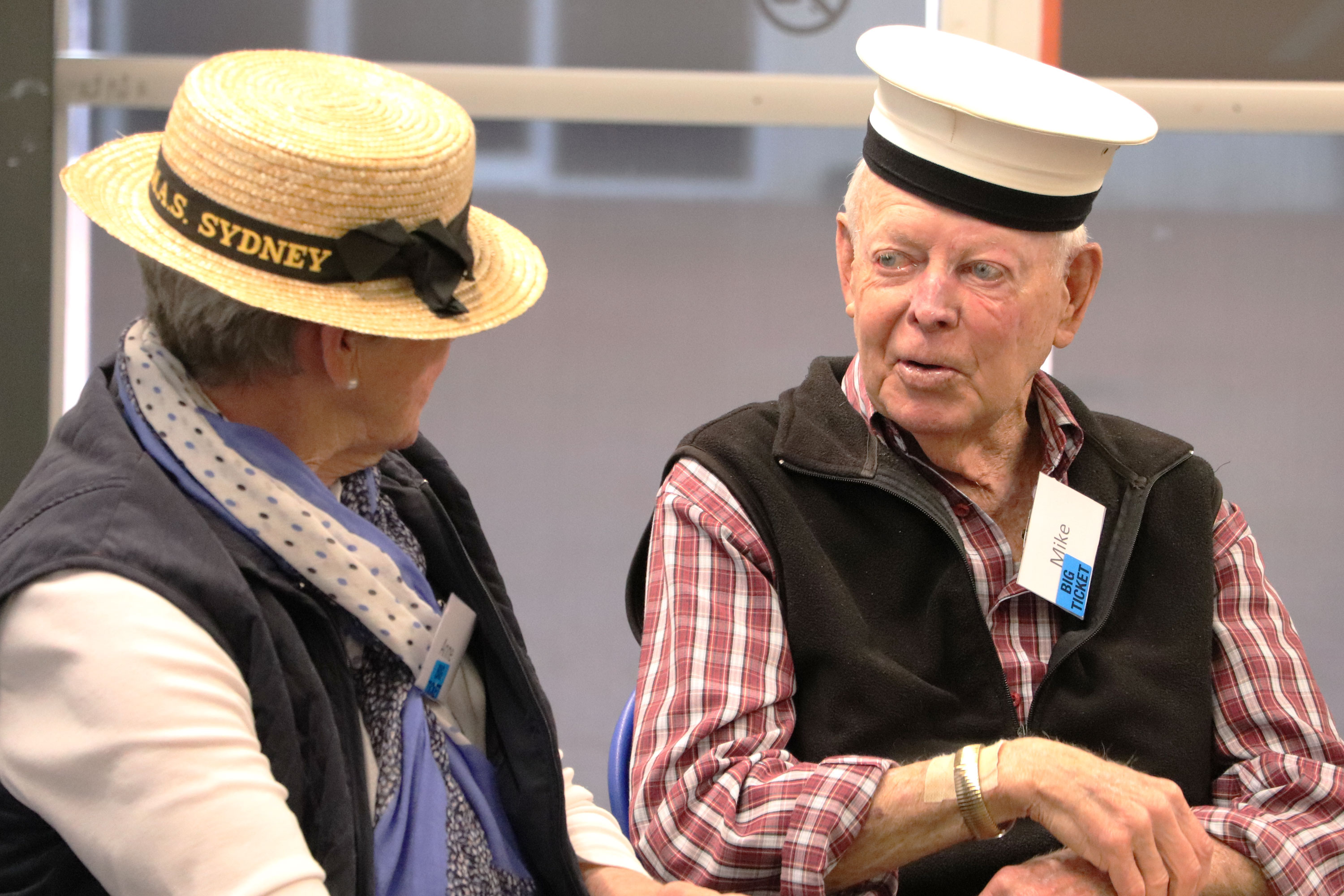
National Immunisation Program – Changes To Shingles Vaccination From 1 November 2023
- people aged 65 years and older
- First Nations people aged 50 years and older
- immunocompromised people aged 18 years and older with medical conditions including:
- haemopoietic stem cell transplant
- solid organ transplant
- haematological malignancy
- advanced or untreated HIV.
NSW Residents Reminded To Put Their Heart Health First
- quitting smoking or not smoking at all
- eating a healthy diet
- drinking alcohol in moderation
- looking after your weight.
Fresh Light Shed On Mystery Of Infant Consciousness
 There is evidence that some form of conscious experience is present by birth, and perhaps even in late pregnancy, an international team of researchers from Trinity College Dublin and colleagues in Australia, Germany and the USA has found.
There is evidence that some form of conscious experience is present by birth, and perhaps even in late pregnancy, an international team of researchers from Trinity College Dublin and colleagues in Australia, Germany and the USA has found.Link Between Seasons And Eating Habits
Sexism And Poorer Parenting: Study Suggests A Link
 Fathers and mothers who believe men should hold the power and authority in society and the family were less responsive to their children during family interactions, according to University of Auckland research.
Fathers and mothers who believe men should hold the power and authority in society and the family were less responsive to their children during family interactions, according to University of Auckland research. - Most women fail to appreciate fully all that men do for them
- Women seek to gain power by getting control over men
- Women exaggerate problems they have at work
- Once a woman gets a man to commit to her she usually tries to put him on a tight leash
- Women are too easily offended

Researchers Capture First-Ever Afterglow Of Huge Planetary Collision In Outer Space

Could ‘marine cloud brightening’ reduce coral bleaching on the Great Barrier Reef?
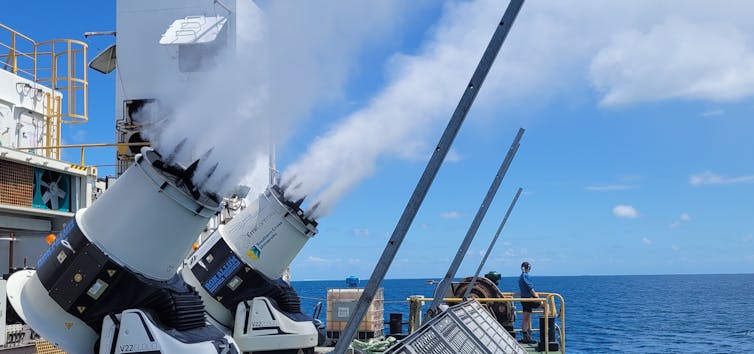
It might sound like science fiction, but “marine cloud brightening” is being seriously considered as a way to shield parts of the ocean from extreme heat.
We’re using water canons to spray seawater into the sky. This causes brighter, whiter clouds to form. These low marine clouds reflect sunlight away from the ocean’s surface, protecting the marine life below from the worst of climate change.
Australia’s Reef Restoration and Adaptation Program – a collaboration between several universities, CSIRO and the Australian Institute of Marine Science – is exploring whether cloud brightening could reduce coral bleaching. As an oceanographer and engineer I lead the program’s research into cooling and shading techniques.
We started exploring cloud brightening after the mass bleaching event in 2016. First, we needed to develop and test the underlying technologies in the lab. Then we began pilot testing in the central Great Barrier Reef near Townsville during January 2020. After several iterations we have now moved beyond “proof of concept” to investigating the response of the clouds themselves.
A Bright Idea
British cloud physicist John Latham originally proposed cloud brightening in 1990 as a way to control global warming by altering Earth’s energy balance. He calculated that brightening clouds across the most susceptible regions of the world’s oceans could counteract the global warming caused by a doubling of preindustrial atmospheric carbon dioxide. That’s a level likely to be reached by the year 2060.
Recently, scientists have begun to consider regional rather than global application of cloud brightening. Could brightening clouds directly over the Great Barrier Reef for a few months reduce coral bleaching during a marine heat wave?
Modelling studies are encouraging and suggest it could delay the expected decline in coral cover. This could buy valuable time for the reef while the world transitions away from fossil fuels.
Lowering the heat stress on the ecosystem would produce other benefits when combined with other reef interventions – such as improved control of invasive crown of thorns starfish and planting of corals with increased heat tolerance.
But these studies also show there’s a limit to what can be achieved. Long-term benefits are only possible if the cloud brightening activity occurs alongside aggressive emissions reductions.
Cloud brightening does have risks as well as benefits, but the prospect of intermittent regional use is very different to large-scale “solar geo-engineering” proposals for shading and cooling the whole planet.
We expect the regional effect will be short-lived and reversible, which is reassuring. The technology must be operated continuously to modify clouds and could be stopped at any time. The sea salt particles sprayed in the process typically only persist in the atmosphere for one to several days.
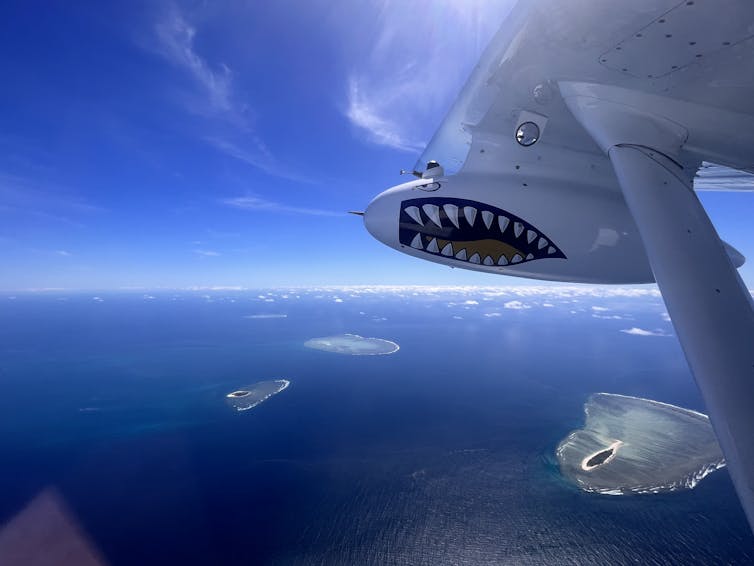
How Do You Brighten A Cloud?
A warm cloud (as opposed to an ice cloud) is a collection of small water droplets floating in the air.
A cloud of many small droplets is brighter than one with fewer large droplets – even if both clouds contain the same amount of water overall.
Every droplet begins with the condensation of water vapour around a nucleus, which can be almost any kind of tiny particle suspended in air.
Typically, in the lower atmosphere over land there are thousands to tens of thousands of these tiny particles suspended in every cubic centimetre of air. We call these airborne particles “aerosols”.
Aerosols may be natural such as dust, sea salt, pollen, ash and sulphates. Or they may come from human activity such as burning fossil fuels or vegetation, manufacturing, vehicle exhaust and aerosol spray cans.
In very clean maritime air, the aerosols available to form clouds are mainly sulphates and sea salt crystals. And they are few and far between, only a few hundred per cubic centimetre.
When a cloud forms under these conditions, water vapour is forced to condense around fewer nuclei, creating larger droplets and fewer of them. Large droplets reflect less light for the same volume of cloud water.
To brighten such clouds, we can spray large quantities of microscopic seawater droplets into the air. This process of atomising seawater mimics the generation of sea salt aerosols by wind and waves in the ocean. If these are incorporated into a cloud and create extra droplets, the cloud will be brightened.
Sea salt also provides additional shade by direct scattering of light.
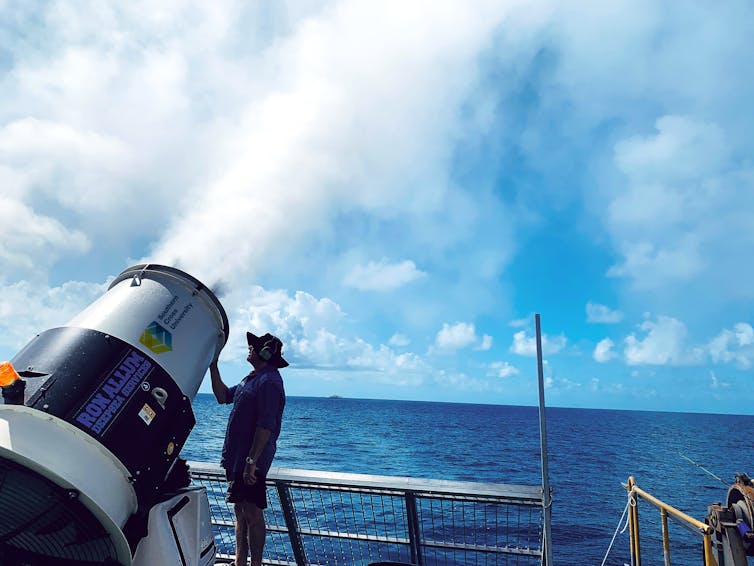
Testing The Theory
Although scientists have researched cloud brightening for more than 30 years, no one had ever directly tested the theory. In Australia, we have now developed technology to a point where we are starting to measure the response of the clouds.
We are beginning such tests with the support and permission of Traditional Owners, who have sustainably managed their Sea Country for tens of thousands of years.
Our research program involves more than 15 research institutions and has multiple levels of governance and oversight.
Not So Far-Fetched
Most people probably don’t realise we are already inadvertently brightening the clouds. The Intergovernmental Panel on Climate Change estimates humanity’s unintentional release of aerosols offsets around 30% of the warming effect due to greenhouse gases.
Sulphates in ship exhaust are such a potent source of aerosols for droplet formation, the passage of ships leaves cloud trails called ship tracks.
When the International Maritime Organisation introduced new rules limiting the sulphur content of marine fuels, the number and extent of ship tracks drastically reduced, especially in the Northern Hemisphere. A recent study even suggests the devastating heat wave that swept the Northern Hemisphere earlier this year was worsened by the absence of ship tracks.
The world-first research we are conducting in Australia aims to determine if we could harness the clouds in an effective, environmentally responsible and socially acceptable manner for the future conservation of one of our most precious ecosystems.![]()
Daniel Patrick Harrison, Senior Lecturer, Southern Cross University
This article is republished from The Conversation under a Creative Commons license. Read the original article.
Fly season: what to know about Australia’s most common flies and how to keep them away

As the days grow longer and temperatures climb, we’re greeted by a familiar chorus of buzzing. It’s fly season again.
This year is off to a bumper start, with bush flies swarming beach-goers, March flies on the march, and mosquitoes taking to the skies en masse.
But with almost a million species worldwide and some 30,000 calling Australia home, the (unusually) warm weather also presents an opportunity to appreciate these remarkable and essential insects with whom we share our world.
Despite their sheer diversity, we’re likely to encounter only a select few flies daily. So who are these curious insects, and how should we think about their presence in our lives?
Familiar Faces
Bush flies (Musca vetustissima) are the iconic Australian fly, and are found country-wide. They slake their thirst on the sweat and tears of mammals and so linger around our heads, shoulders and faces in search of a refreshing drink.
They’re so persistent that they’re credited with inspiring the “Aussie salute”. These small explorers are otherwise harmless, and pose no serious threat to health or home beyond being a mild nuisance.

Similar in appearance are house flies (Musca domestica), which frequent our homes. Unlike bush flies, however, they’re more interested in scraps of food and waste left unprotected. They regurgitate digestive juices to break solids into a mush more amenable to their straw-like mouths, and can pose a minor hygiene concern as a consequence.
Blowflies bring some sparkle to the fly world, and are easily recognised by their often large, shiny bodies. Although sometimes a pest, they’re also voracious scavengers and effective pollinators. In this way they do their bit to break down organic matter, recycle nutrients, and transport pollen to support plant life.

The sheer size of horseflies makes them powerful fliers, which can often be heard and seen at a distance. Females demand a blood meal and so pack a hearty bite to mammals, including us, and can be a nuisance to livestock. They are also, however, excellent pollinators, with some orchids relying on their hard work and specialised mouthparts for survival.
Finally, and famously, are mosquitoes. (Yes, they are a type of fly.) Many summer evenings are spent swatting females as they sip our blood.
More serious is their role as vectors for diseases that have helped to topple empires, and which remain a significant health burden, especially in the Global South. Malaria is among the farthest-reaching, while Ross River Virus, chikungunya, zika and dengue all circulate with help from mosquitoes.
Shoo Fly?
For the minority of flies that prove a recurring annoyance, the primary goal is to deter rather than kill them. In this case, the remedies are simple:
- use topical repellents containing DEET or Picaridin, and wear loose-fitting clothing when outside
- install flyscreens in the house, and check them regularly for holes
- keep your food covered, both at home and when out enjoying the warm weather
- empty your bins regularly and minimise standing water, both of which can attract unwanted attention.
Avoid reaching for the bug-bombs and sprays, which have devastating impacts on beneficial insects. If a chemical last resort is required, choose selective sprays rather than broad-spectrum options such as pyrethroids and neonicotinoids, which kill the many good bugs with the few bad ones.
Similarly, those noise-emitting, electrified or smelly gadgets that promise a fly-free existence are best avoided, as most are either ineffective, or harm far more than their intended targets.
From Pesky To Paramount
While our daily encounters with a handful of fly species may taint our perception of the group as a whole, such a view is both unwarranted and unjustified. Flies are among the most diverse animals on the planet, and are utterly crucial for the healthy function of our ecosystems.
Many, like hover flies, are important pollinators. In an era of pollinator declines and heightened food insecurity, their ongoing work is key to supporting agricultural production, and plant life more generally.
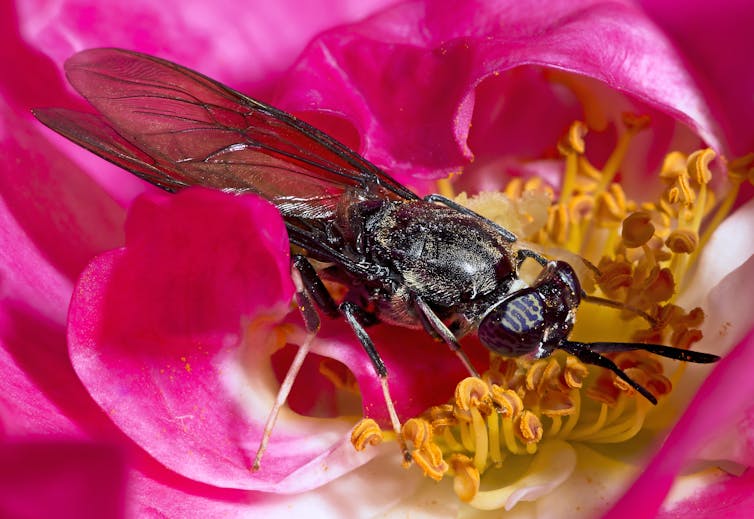
On the other side of the circle of life are outstanding decomposers, such as black soldier flies. Each individual larva can eat twice its bodyweight daily, which at the scale of tens of thousands of grubs presents a promising pathway towards sustainable waste management. They are also a rich source of protein for livestock, or even humans.
Just as a very few flies are pests, many serve as remedies in their role as biological controls. The 10,000-odd species of tachinid, or example, make a living as parasitoids of other insects. That is, they lay their eggs inside, and eventually kill, the developing young of others, which include pest caterpillars, flies and bugs.
Moreover, flies have proven invaluable in forensics, medicine and scientific research, and environmental monitoring, underscoring how deeply our lives intertwine with theirs.
Fly On
As the warm weather rolls around, then, take the opportunity to look a little closer at our nimble neighbours, and consider both their staggering diversity and the vital roles they humbly fill. The natural world – us included – would not be the same without them.![]()
Thomas White, Senior lecturer, University of Sydney and Tanya Latty, Associate professor, University of Sydney
This article is republished from The Conversation under a Creative Commons license. Read the original article.
‘They treat you like an it’: people with intellectual disability on seeing medical professionals

They don’t treat you like a person. They treat you like an ‘it’.
This was how Richard*, who has an intellectual disability, described his general experiences with medical professionals.
He was among 18 adults with intellectual disability and eight support people we spoke to for a study on how people with intellectual disability have experienced medical care. We were especially interested in experiences with genetic health care (where, for example, a person may get genetic testing to learn more about their disability).
This work, part of a broader body of research on intellectual disability and medical care, has revealed an urgent need to shift the deeply entrenched assumptions many health-care workers often hold about patients with intellectual disability.
Our research suggests health professionals need training to deliver more inclusive, person-centred and respectful health care.
Centring Lived Experience From The Outset
This work demanded a different type of research.
Our team included not just genetics researchers, bioethicists and disability education researchers but also adjunct lecturer Julie Loblinzk OAM, a mother and self-advocate leader with intellectual disability (who is also a co-author on this article).
Together, we formed the inclusive research group GeneEQUAL.
We set out to involve people with lived experience of intellectual disability in the project design, implementation and interpretation.
We’ve now produced a number of studies revealing the startling extent to which people with intellectual disability are often excluded from discussions about their own health.
People with intellectual disability told us how they generally felt cut out of their own health-care appointments, as health-care practitioners often spoke to their support person or family member instead of to them.
Many spoke of how little effort health-care professionals often put in to use accessible language or offer easy-to-read materials. As Lillian told us:
It’s very hard to read the form? Even my mum found it hard to read.
This meant people with intellectual disability were often unsure why they were having a genetic test at all.
Many felt excluded from decisions about consent for genetic tests, or even what was talked about in the appointment.
The video below shows an all-too-common experience for people with intellectual disability seeing a doctor for genetic testing.
The next video, by contrast, shows what accessible, inclusive and respectful practice would look like.
Post-Diagnosis Support Is Often Lacking
Genetic counselling is often emotionally triggering. It touches on deeply personal issues of identity, health implications for children and extended family, and future health. For example, after a genetic diagnosis Katrina said:
I feel like I’m not normal now. And I’ve told people about it, and they’re my friends and family and they don’t mean to pick on me about it, but they look like, ‘You’re just a retard. You’re not all there now’.
Three participants said they’d considered suicide after their diagnosis.
However, people with intellectual disability told us they were rarely connected with appropriate psychological supports after their diagnosis. There is also a shortage of these kinds of supports. One interviewee, Katarina, told us:
you’ve got to watch the way you present things to us, because we will just break down and cry and think it’s other things […] we get very, like, broken-hearted about things. We dwell on it, we stew on it.
The deficit-based language of genetics is peppered with words such as mutation, risk, impairment and abnormality. This can reinforce people’s lifelong experiences of bullying and stigma. As Aaron told us:
In my mind, Mum has said to me, ‘You’re missing a bad chromosome’. […] I knew I wasn’t normal to others – I knew I was missing, some part of my brain has gone missing.
All of this means the potential benefits of a genetic diagnosis were often wasted.
Virtually none of the participants in our research knew the name or nature of their genetic condition, let alone what health checks or therapies were recommended.
Worse, their ongoing health-care teams (including their GPs) were often equally in the dark.

Change Is Underway
Both the federal government’s National Roadmap to Improving the Healthcare of People with Intellectual Disability and the Royal Commission into Violence, Abuse, Neglect and Exploitation of People with Disability have highlighted how widespread exclusionary practices are in Australian health care.
Failing to address this means fewer people with intellectual disability getting health checks and screenings, leading to poorer long-term health. The average life expectancy of Australians with intellectual disability is already shockingly low compared to the general population.
But slowly, change is underway.
Based on our research, NSW Health funded our team to work with self-advocacy groups and health-care professionals to co-produce the GeneEQUAL Educational Toolkit. This resource empowers medical professionals to deliver better, more equitable genetic healthcare and features Easy Read booklets about genetic conditions and clinics.
People with intellectual disability identified three key guiding principles. Health-care professionals need to:
make reasonable adjustments, such as allowing long enough appointments to explain options in an understandable way
practice person-centred care, such as making genetic reports and letters available in Easy Read (a style of presenting information simple and easy-to-understand ways) and ensuring the genetic diagnosis and management plan is shared with the patient themselves, their support person and their clinical team
offer choices and deliver trauma-informed care, given the high rate of abuse and stigma experienced by people with intellectual disability; language should be strengths-based and environments welcoming.
This toolkit has been widely used in Australia and internationally since its launch, with many showing interest not just in the content but also in the collaborative way it was produced.
*Names changed to protect identities. If this article has raised issues for you, or if you’re concerned about someone you know, call Lifeline on 13 11 14.![]()
Elizabeth Emma Palmer, Senior clinical lecturer in medical genetics, UNSW Sydney; Iva Strnadová, Professor, UNSW Sydney; Jackie Leach Scully, Professor of Bioethics, Director of the Disability Innovation Institute UNSW, UNSW Sydney, and Julie Loblinzk, Adjunct Lecturer at School of Education, UNSW Sydney
This article is republished from The Conversation under a Creative Commons license. Read the original article.
‘Lies fuel racism’: how the global media covered Australia’s Voice to Parliament referendum
Rebecca Strating, La Trobe University and Andrea Carson, La Trobe UniversityIn recent days, news organisations around the world have sought to explain to global audiences both the Voice to Parliament referendum campaign and the result. The picture they have painted of Australia is not exactly flattering. The BBC, for example, described the win for the “no” side coming after a “fraught and often acrid campaign”.
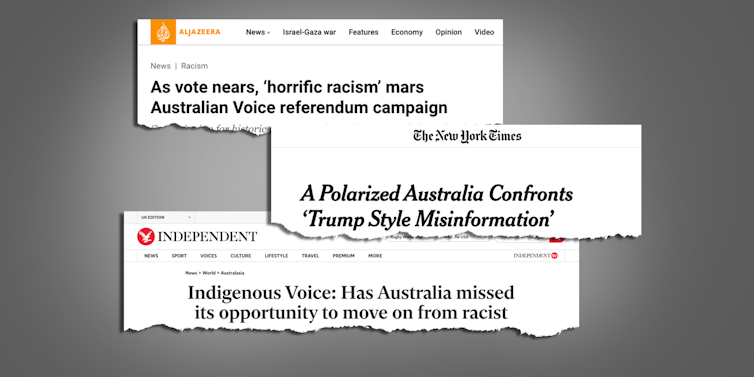
The Washington Post declared it a “crushing blow” for Australia’s First Nations people who “saw the referendum as an opportunity for Australia to turn the page on its colonial and racist past”.
Even the play-it-straight Associated Press declared the rejection of the Voice as a “major setback to the country’s efforts for reconciliation with its First Peoples”. Similarly, Reuters reported on fears the result “could set back reconciliation efforts by years”.
Australia’s own media warned a “no” vote could be seen as evidence that Australia was a “racial rogue nation”. A crucial question, then, is whether this result will affect the way the world views Australia and potentially have an impact on Australia’s international relations.
‘Uncomfortable Fault Lines’
Much of the world’s attention over the past week has been focused on the Israel-Hamas conflict. Yet, the data we’ve been analysing from Meltwater, a global media monitoring company, showed a 30% increase in mentions of the Voice to Parliament in the mainstream news and social media in the week leading up to the vote. There were 297,000 mentions this past week, compared with 228,000 mentions the preceding week.
Much of this content was generated within Australia, but just before the referendum, there was an uptick in the number of “explainers” produced by global news organisations.
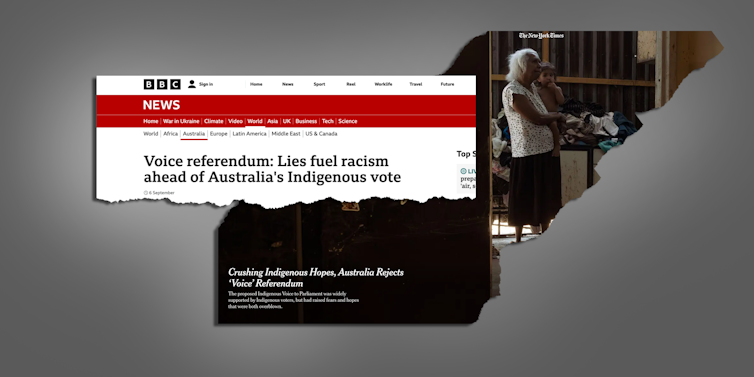
The BBC, for instance, reported the historic vote had
exposed uncomfortable fault lines, and raised questions over Australia’s ability to reckon with its past.
The New York Times wrote the referendum had
surfaced uncomfortable, unsettled questions about Australia’s past, present and future.
A number of pieces compared Australia unfavourably with other settler-colonial nations in terms of the legal recognition of First Nations people, including New Zealand and Canada.
Japan-based Nikkei Asia reported:
Australia is the only developed nation with a colonial history that doesn’t recognise the existence of its Indigenous people in the constitution.
An explainer by Reuters similarly pointed out:
First Nations people in other former British colonies continue to face marginalisation, but some countries have done better in ensuring their rights.
And in an interview with Reuters, the UN’s special rapporteur on the right to development, Surya Deva, said the Voice debate had “exposed the hidden discriminatory attitude” in Australia towards Indigenous peoples.
Misinformation Grabs Headlines
Some international media also pointed to the large amount of misinformation that had surfaced during the campaign.
The New York Times, which had extensive coverage of the campaign, reported the country had become “ensnared in a bitter culture war” based on “Trump-style misinformation” and “election conspiracy theories”.
One blunt BBC headline explicitly linked misinformation to racism: “Voice referendum: Lies fuel racism ahead of Australia’s Indigenous vote”.
A Reuters explainer similarly reported on concerns that “racist and false narratives” had sparked fears the Voice would be a “third chamber of parliament”.
Many outlets had compared the Voice to Parliament referendum to the 2016 presidential election of Donald Trump in the United States and the Brexit referendum in the United Kingdom. This referendum result, however, was less surprising and generally reflected the polls.
How Will This Affect Australia’s Relations?
In a previous analysis piece, we wrote that most mentions of the Voice in the international mainstream media and social media had been generated by the United States, followed by the United Kingdom. In the last week of the campaign, there was a 30% increase in number of media mentions of the Voice (9,100) from US traditional news and social media accounts, compared to the preceding week (7,000).
Yet, despite the negative tone of the coverage, it seems unlikely the result will substantially affect Australia’s relations with either country. Concerns about the shifting geopolitics of the Asia-Pacific region have brought the three countries much closer in recent years. This was cemented further by the AUKUS pact.
In the Asia-Pacific region, however, leaders have no doubt been watching the referendum, even if they will not immediately comment on the result.
China’s representatives might be quiet now, but there is little doubt the “no” vote will contribute to the strategic narratives that Beijing uses to blunt Australia’s criticisms of its human rights abuses on the international stage.
A measured interview with Indigenous academic and poet Jeanine Leane in China’s Global Times newspaper, for example, carried the headline “Colonialism, white supremacy loom over Australia’s aboriginal referendum”. This is, however, not entirely out of step with some of the other coverage emerging from Australia’s allies and partners.
Indian security expert Ambika Vishwanath argued in a piece for the Lowy Institute:
it seems extraordinary that a country such as Australia, one that largely aligns itself with ‘Western’ norms and values of freedom and democracy and a liberal outlook on life, has yet to recognise the people that originally inhabited the continent for close to 60,000 years.
New Delhi now has another avenue for pushback if Australia raises concerns about India’s domestic politics.
For some in the Pacific, the result will not come as a surprise. It may entrench views of Australia as a settler-colonial state unwilling to grapple with its past, including colonialism in the Pacific.
As the referendum is a domestic issue, it is unsurprising other governments’ leaders have not immediately commented publicly on the result. But this does not mean they’re not watching. The Australian government must now explain to the international community the “substantive policy steps” it is taking to close the gap in Indigenous disadvantage - a tough ask.![]()
Rebecca Strating, Director, La Trobe Asia and Associate Professor, La Trobe University, La Trobe University and Andrea Carson, Professor of Political Communication, Department of Politics, Media and Philosophy, La Trobe University
This article is republished from The Conversation under a Creative Commons license. Read the original article.
The move to a cashless society isn’t just a possibility, it’s well underway

When was the last time you used cash? For many Australians using cash or even swiping a card has become a rare event.
The move towards a cashless society started 50 years ago with the introduction of the Bankcard and was driven by technological advancements. But it really took off with the COVID pandemic when consumers and retailers were reluctant to handle potentially infected notes and coins.
The federal government last week underscored its recognition of this trend by unveiling reforms to regulate digital payment providers. Treasurer Jim Chalmers said:
As payments increasingly become digital, our payments system needs to remain fit for purpose so that it delivers for consumers and small businesses. We want to make sure the shift to digital payments occurs in a way that promotes greater competition, innovation and productivity across our entire economy.
From big cities to remote rural corners the shift towards digital payments is evident. This raises the question, is a cashless society inevitable?
The Phenomenal Growth Of The Digital Payments
The convenience of digital transactions has become irresistible for consumers and businesses and has led to the sector eclipsing traditional payment methods.
The relentless march of technology has produced myriad innovative platforms from mobile wallets to buy-now-pay-later (BNPL) schemes, each vying for a piece of this burgeoning market.
A recent report by the Australian Banking Association paints a vivid picture of the digital payment industry’s explosive expansion.
The use of digital wallet payments on smartphones and watches has soared from $746 million in 2018 to over $93 billion in 2022. Cash only accounts for 13% of consumer payments in Australia as of the end of 2022, a stark contrast to 70% in 2007.
Digital wallets are popular with most age groups. Young Australians aged between 18 and 29 are leading the pack, with two thirds using digital wallets to pay for goods and services.
About 40% of Australians are comfortable leaving home without their actual wallets or even credit or debit cards, as long as they have their mobile devices with digital wallets.
The astonishing speed at which Australians have embraced digital payments places the country among the top users of cashless payments globally, surpassing the United States and European countries.
Digital wallets are not the only players in this space. The use of BNPL products is also growing rapidly in Australia, which was where many of the large-scale products in this category started.
The Australian Securities and Investment Commission (ASIC) reports the total value of all BNPL transactions increased by 79% in the 2018–19 financial year. This continues into 2022 with an annual growth beyond 30% according to the Reserve Bank of Australia (RBA).
PayID and PayPal payments are also claiming their shares in this space.
Are Government Regulations Necessary?
The government’s planned regulation of the system, contained in amendments to the Reforms to the Payment Systems (Regulation) Act 1998, is a big step towards establishing a secure and trustworthy cashless society in Australia.
It will subject BNPL and digital wallet service providers like Apple Pay and Google Pay to the same oversight by the RBA as traditional credit and debit cards.
The regulations will require providers meet clear standards for security measures, data protection and dispute resolution to give Australians confidence their funds and personal information are safeguarded.
With increasing concern over cyber attacks, the regulations will help reduce the risk of fraudulent activities and money laundering and help identify suspicious transactions, maintaining the integrity of the financial system.
Also, regulation will promote fair competition and market stability by levelling the playing field and by preventing monopolies.
While banks support the forthcoming regulation, new market players are less positive. For example, Apple Pay says it is merely providing technical architecture rather than payment services.
The current regulatory debate is not new. When credit cards made their debut in Australia in the early 1970s, there were hardly any safeguards for consumers. This led to card users being hit with high interest rates on money owed, sneaky fees and aggressive marketing tactics.
Consequently, regulations were introduced to hold card providers to a standard of responsible behaviour. Today, they must openly disclose interest rates, fees and charges, and follow stringent guidelines in advertising their products and services.
Regulating digital wallet providers strikes a crucial balance between innovation and accountability, ensuring life-changing technology continues to serve the public interest.
The shift towards a cashless society in Australia isn’t just a possibility, it’s already well underway.
The blend of technological advancements, changing consumer preferences and regulatory adaptations has set the stage for this transformation. The new regulations will help Australians navigate this transition more confidently.![]()
Angel Zhong, Associate Professor of Finance, RMIT University
This article is republished from The Conversation under a Creative Commons license. Read the original article.
Disclaimer: These articles are not intended to provide medical advice, diagnosis or treatment. Views expressed here do not necessarily reflect those of Pittwater Online News or its staff.